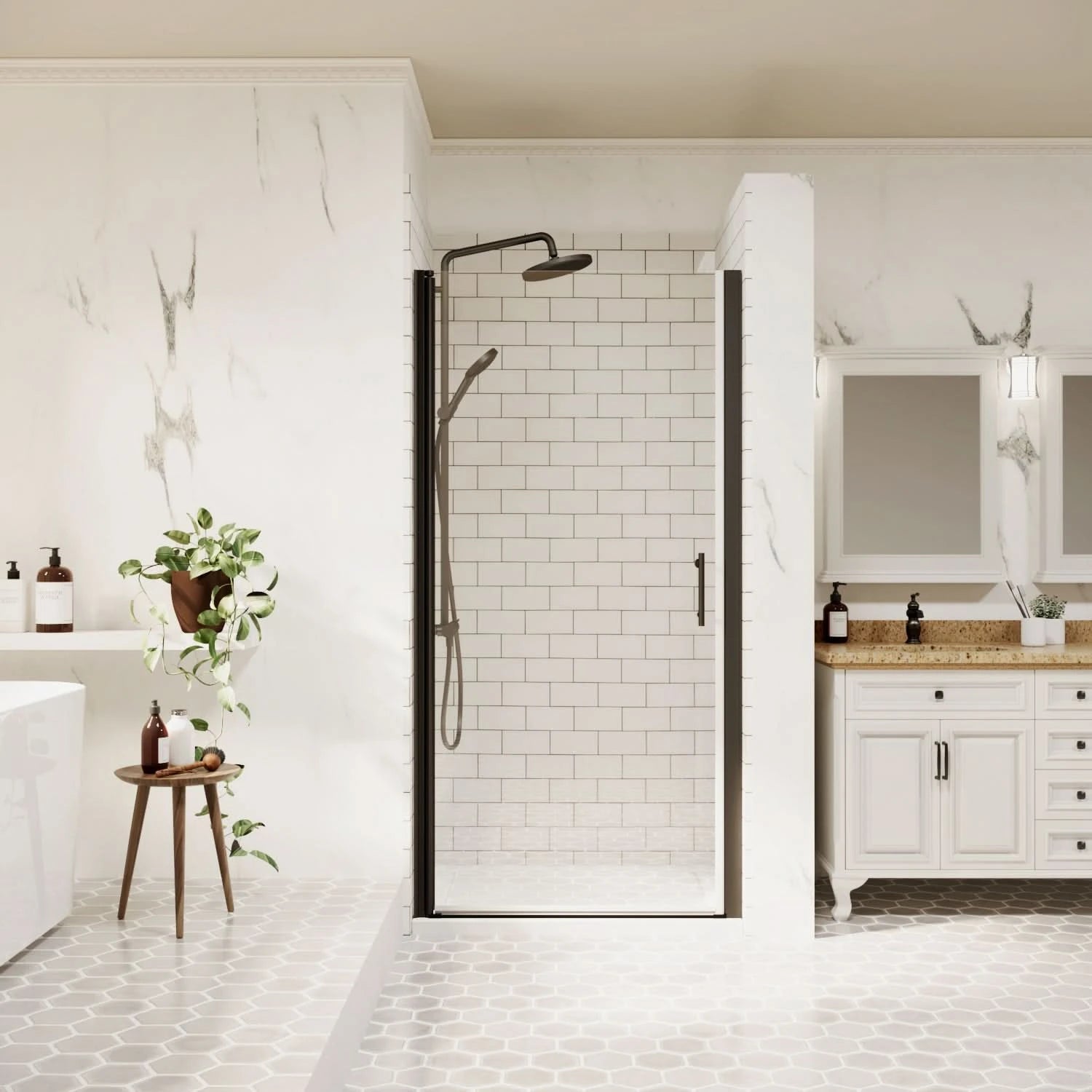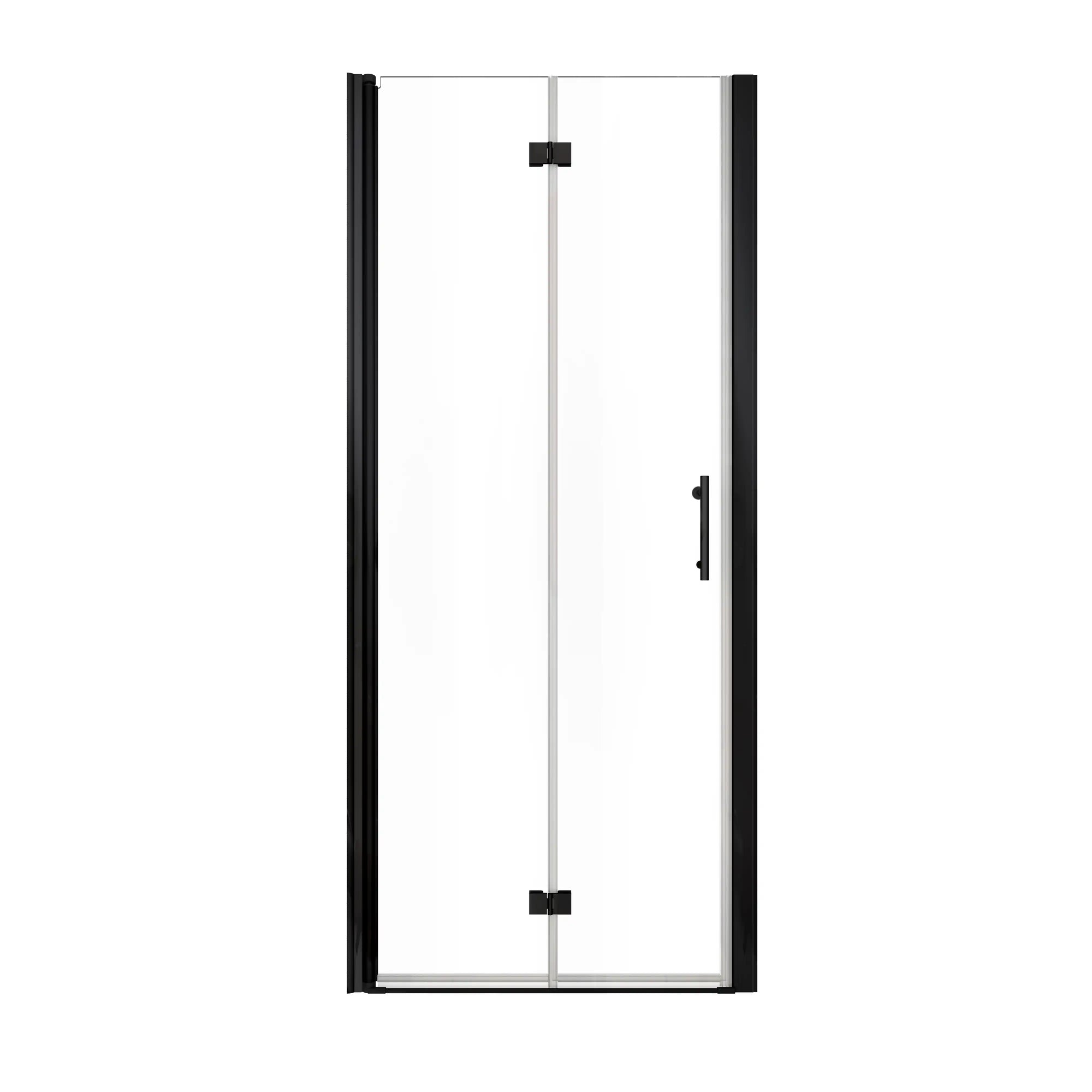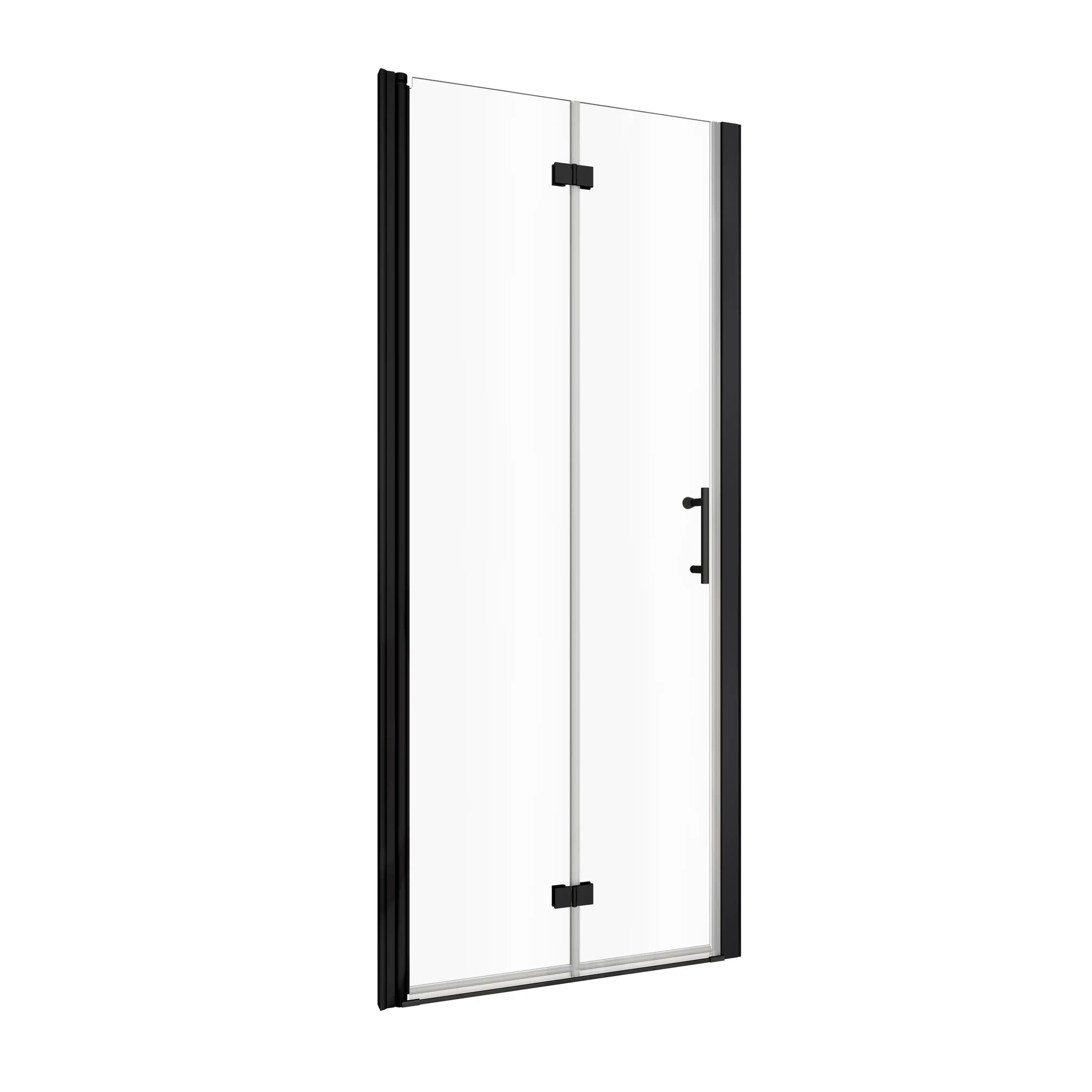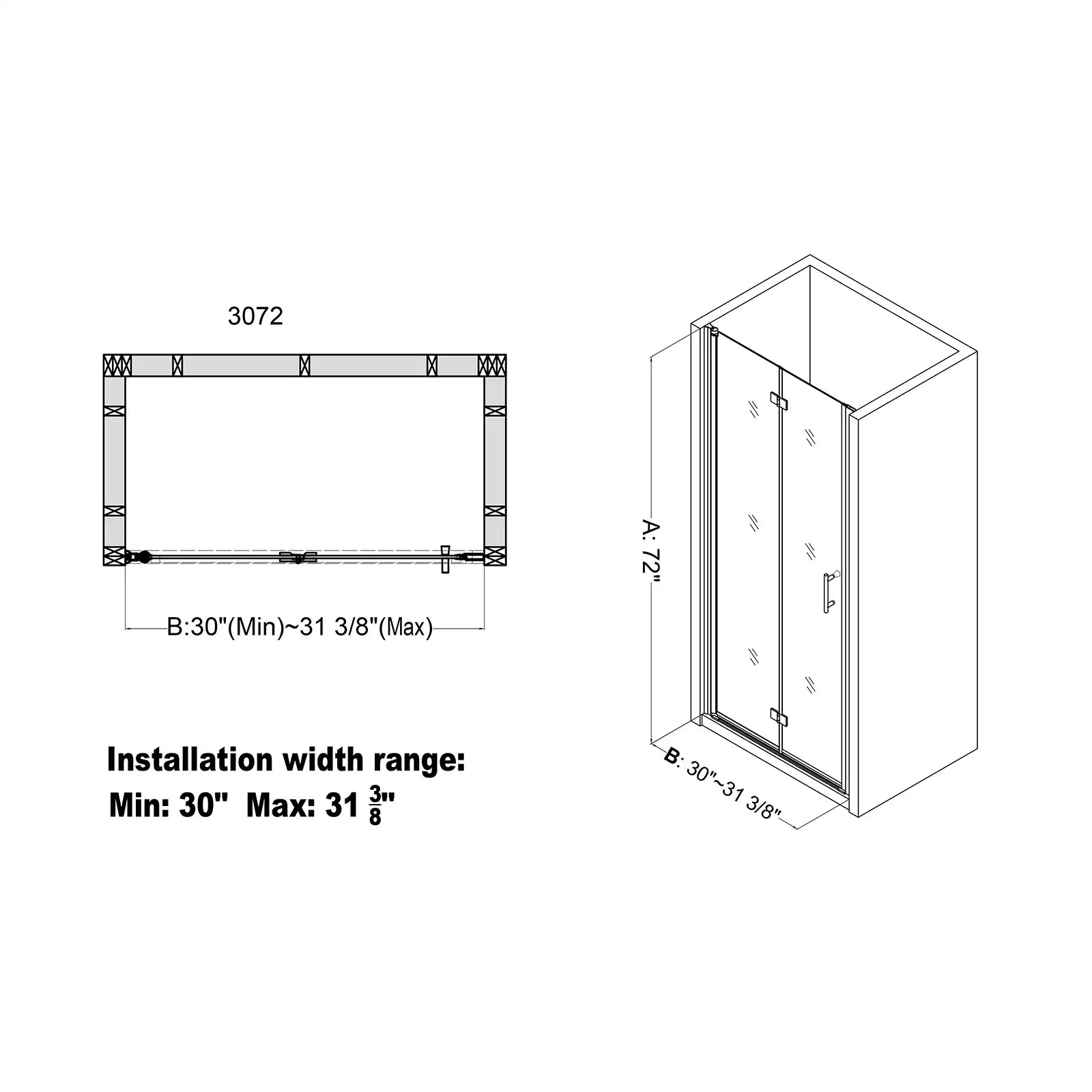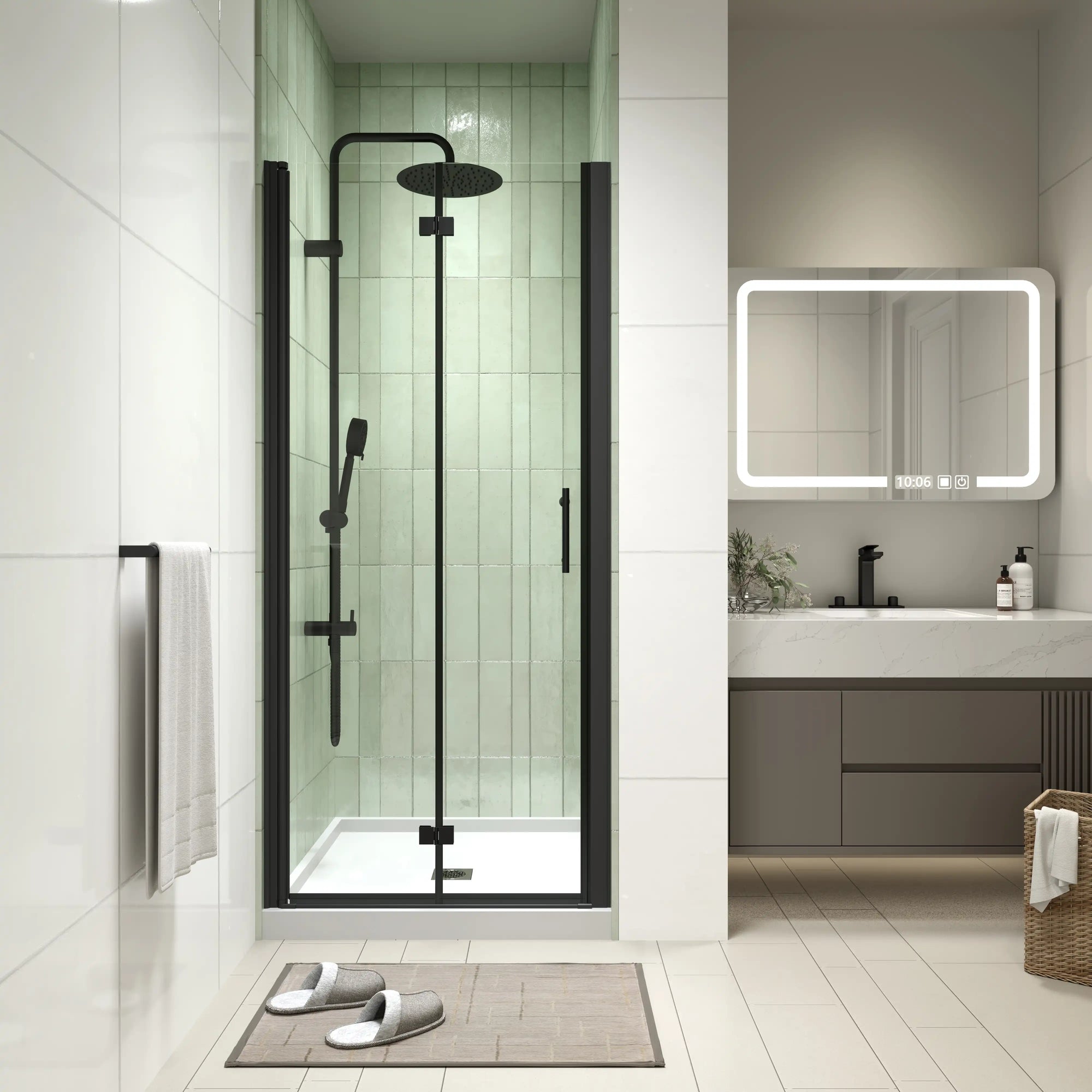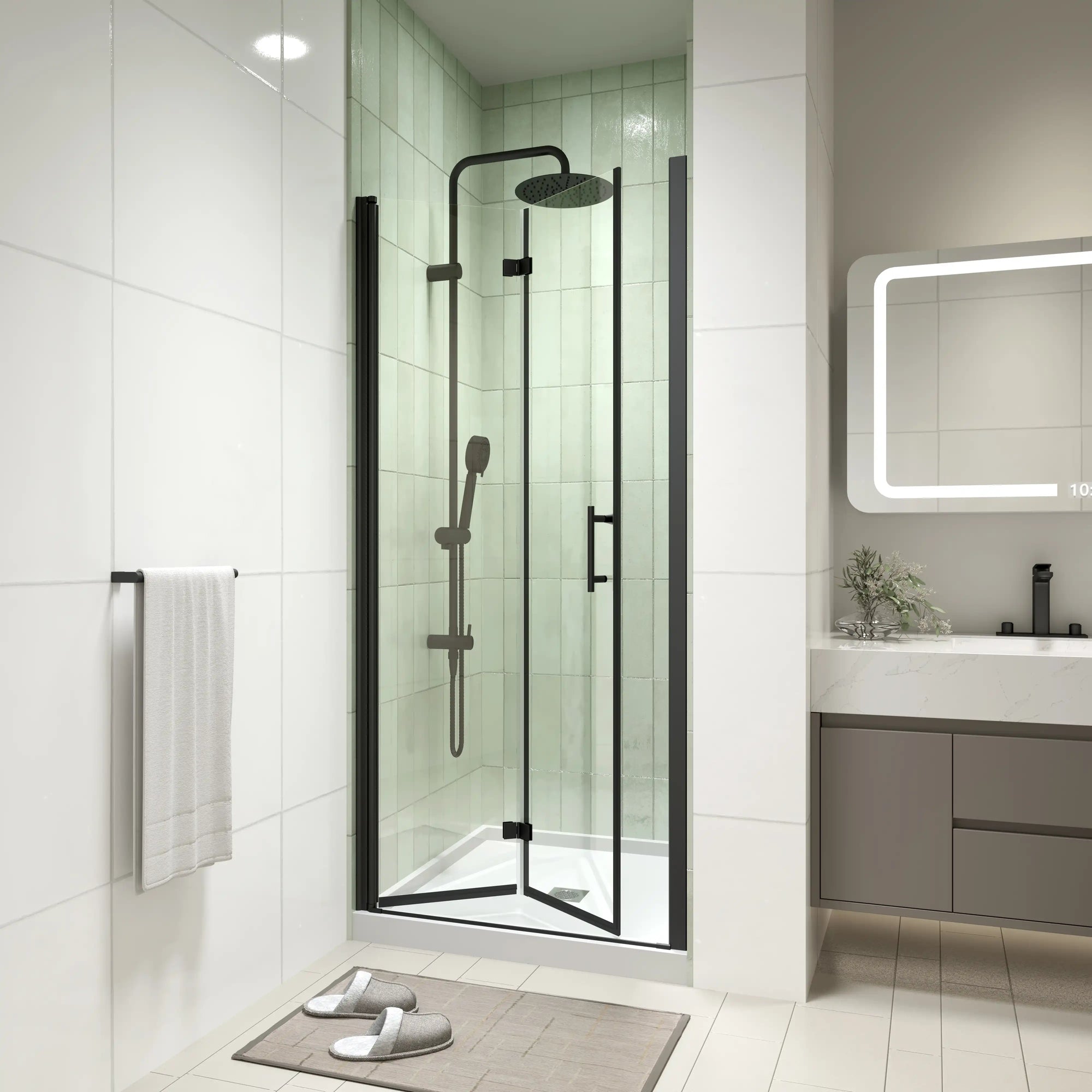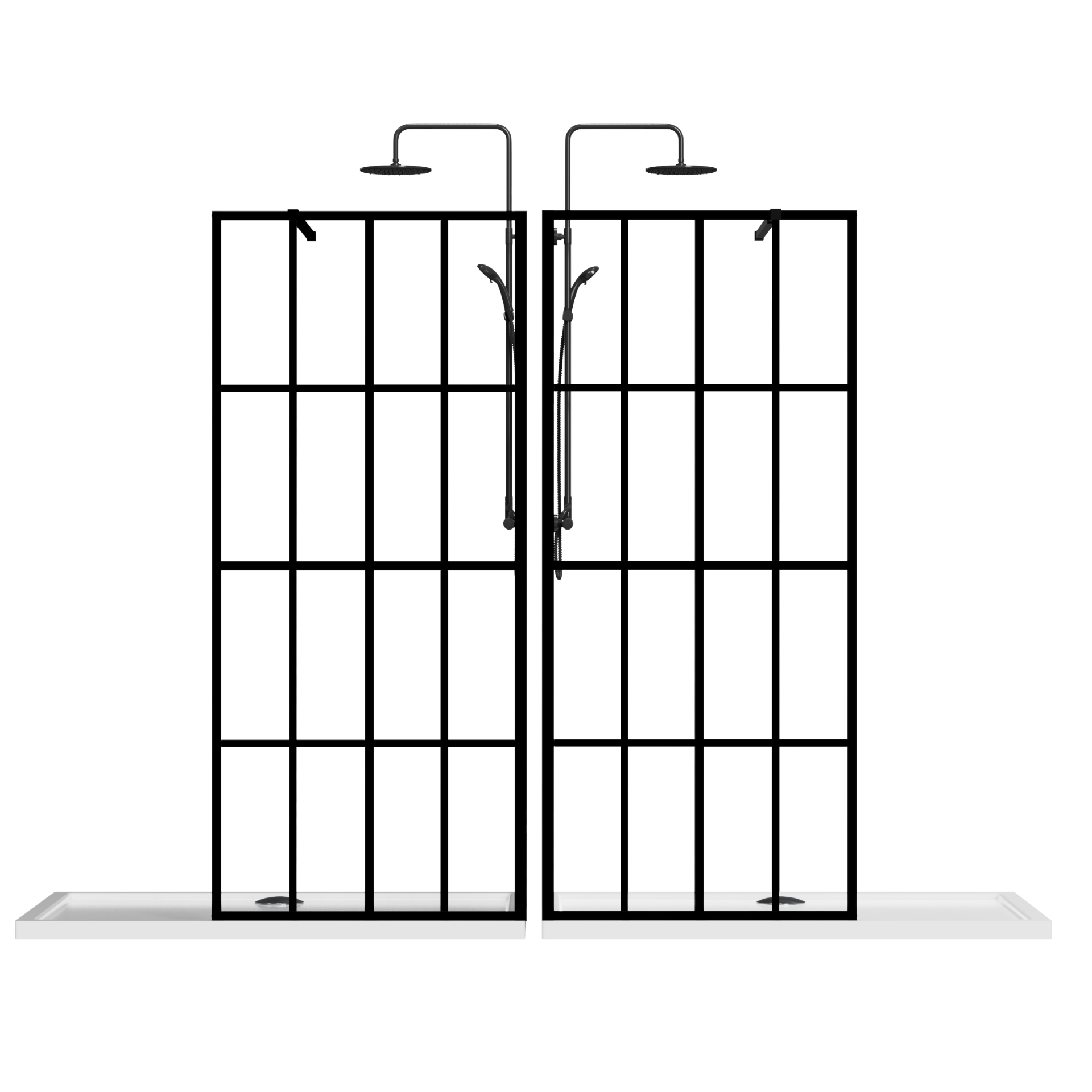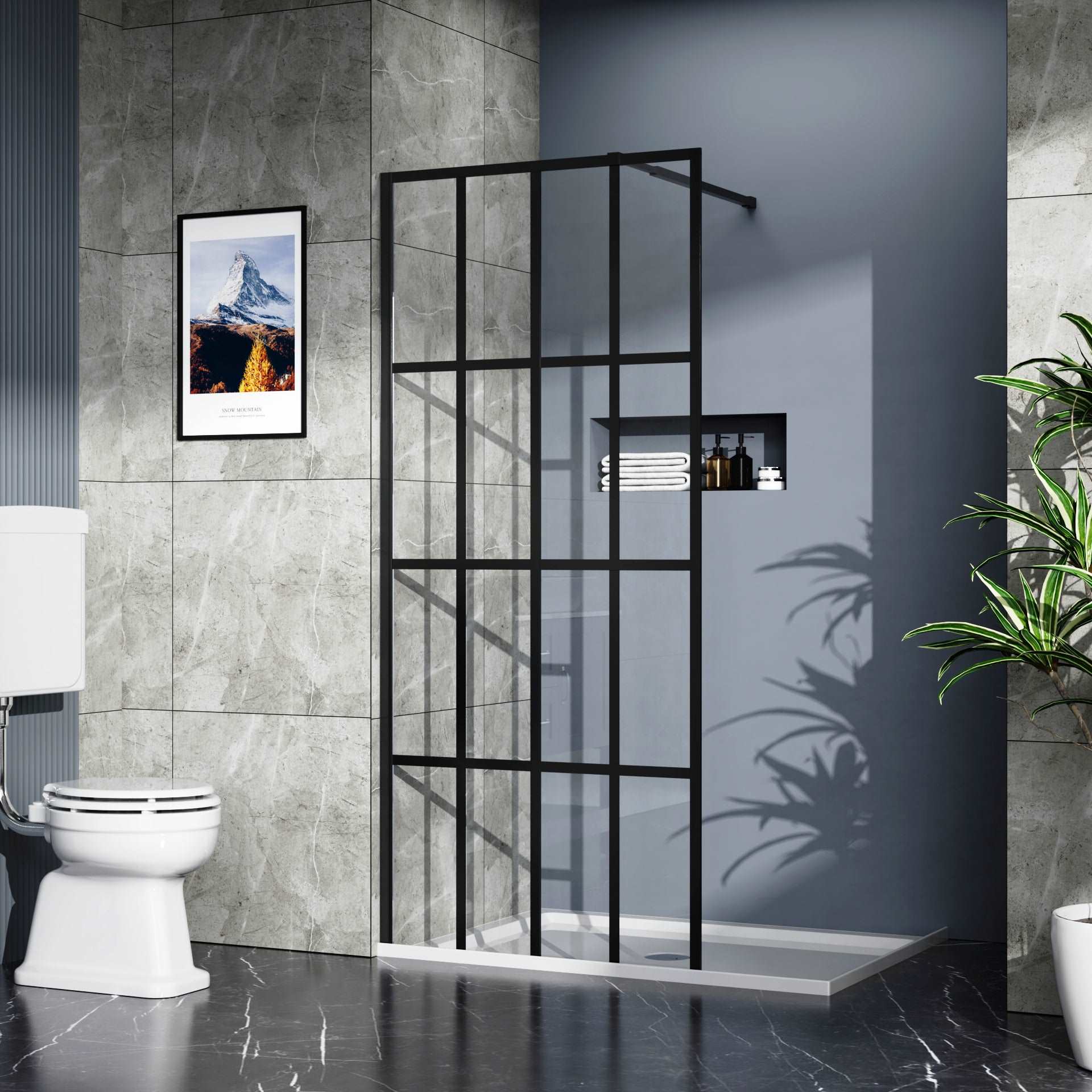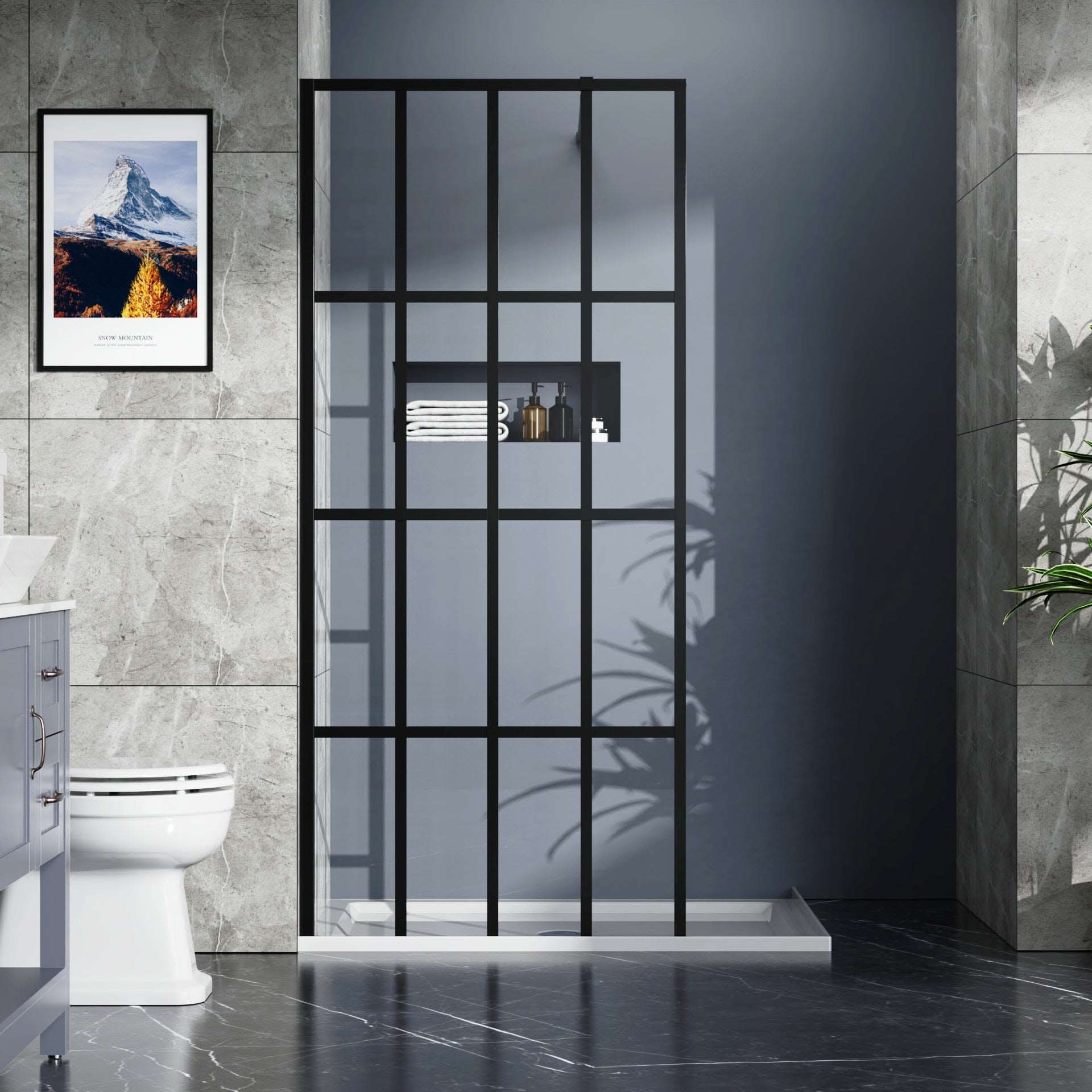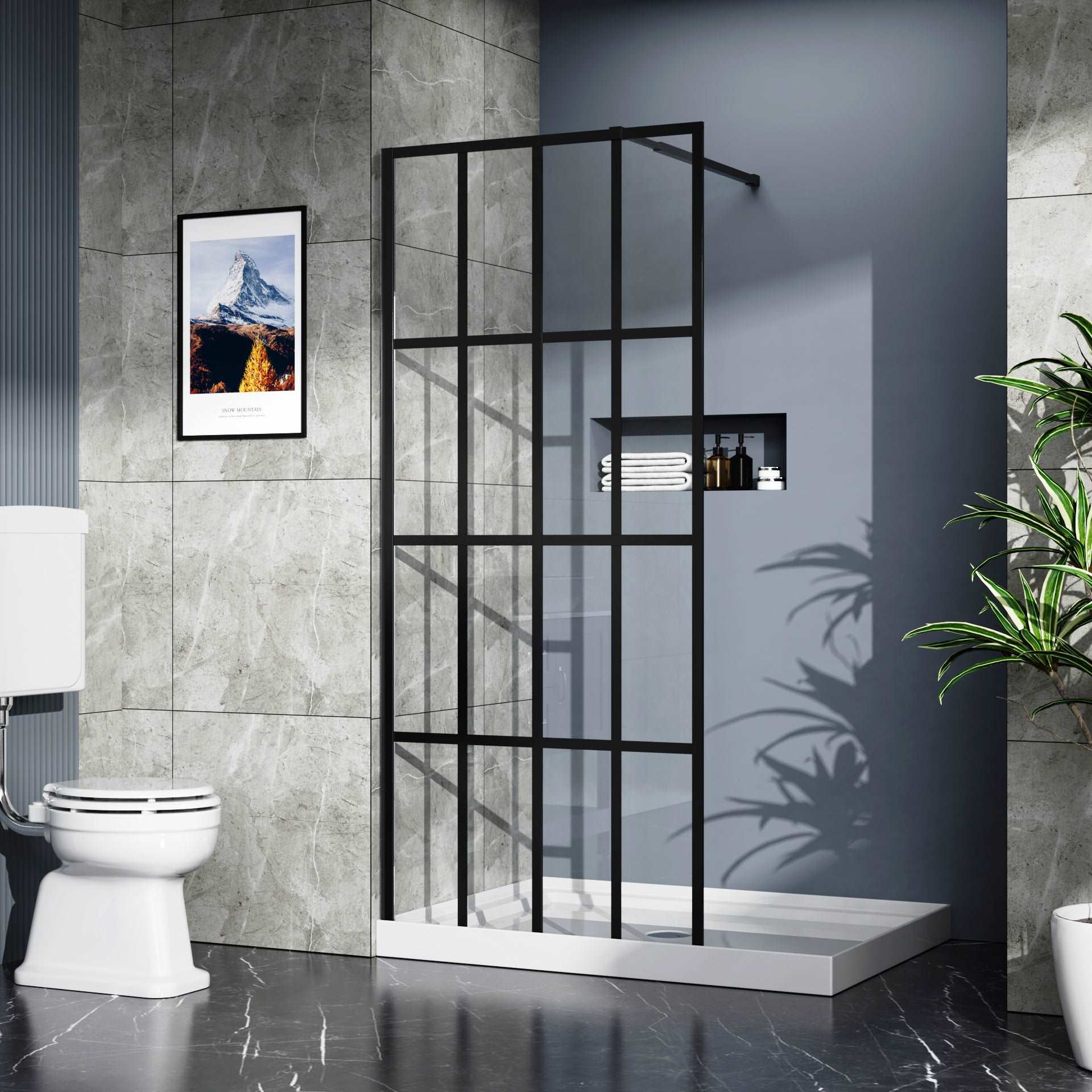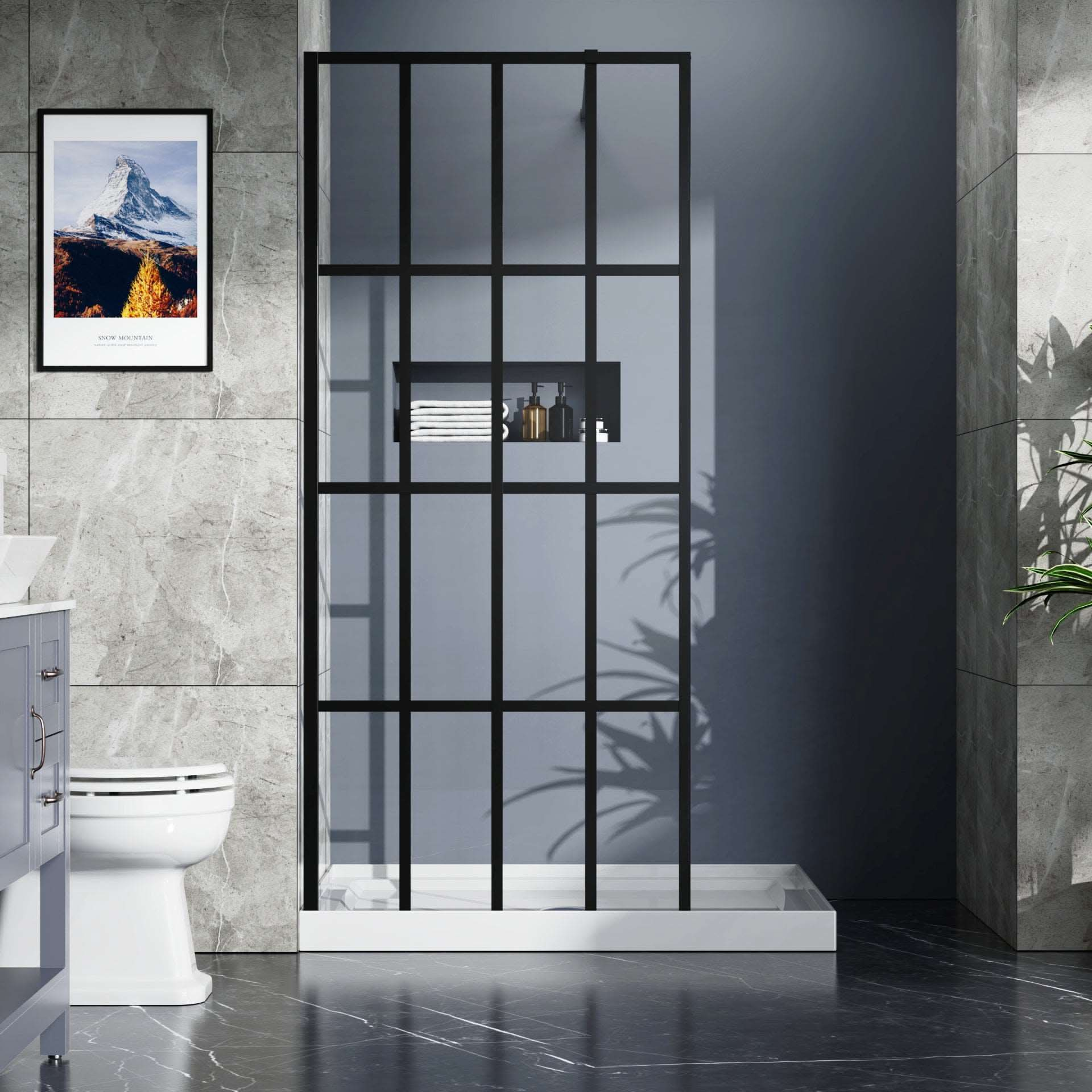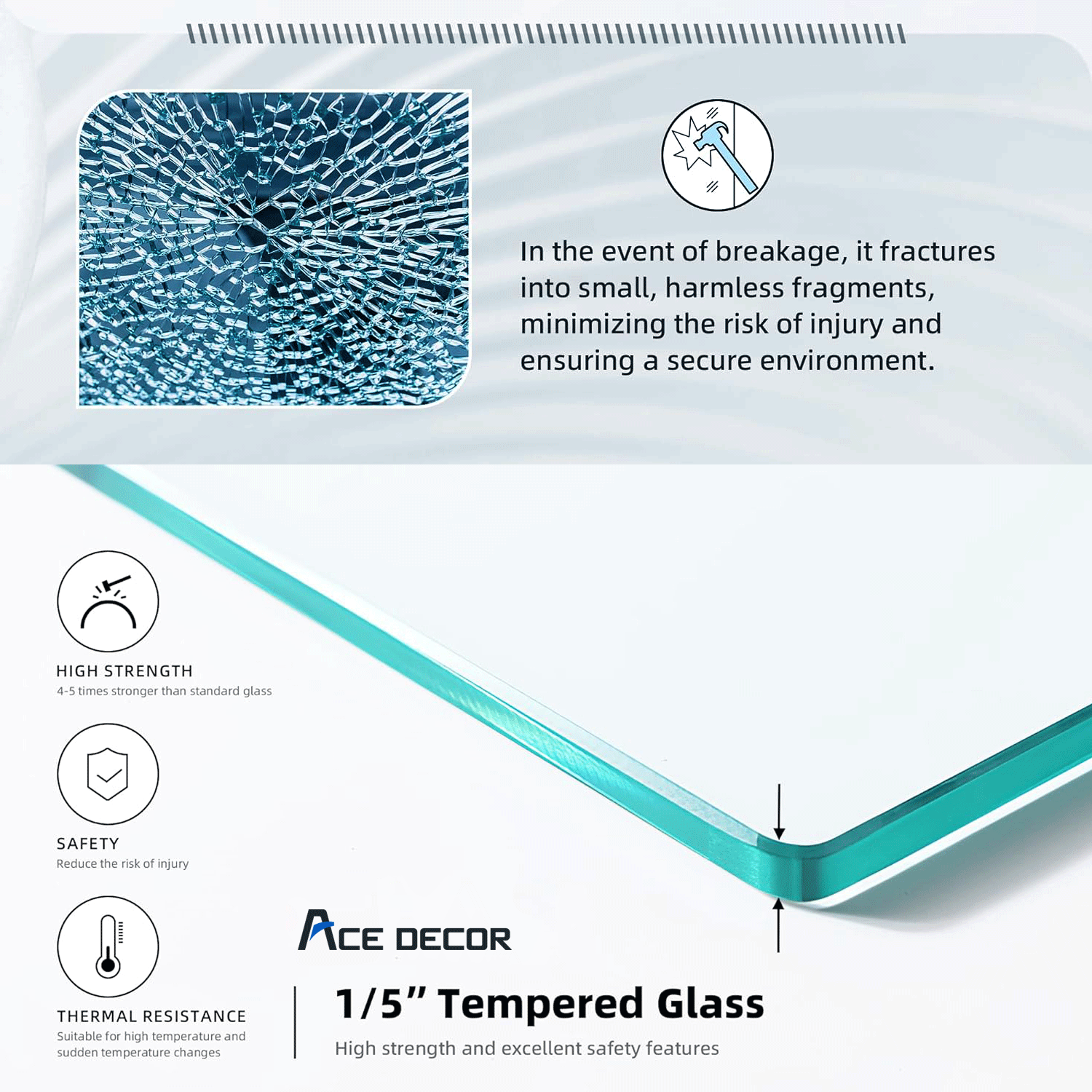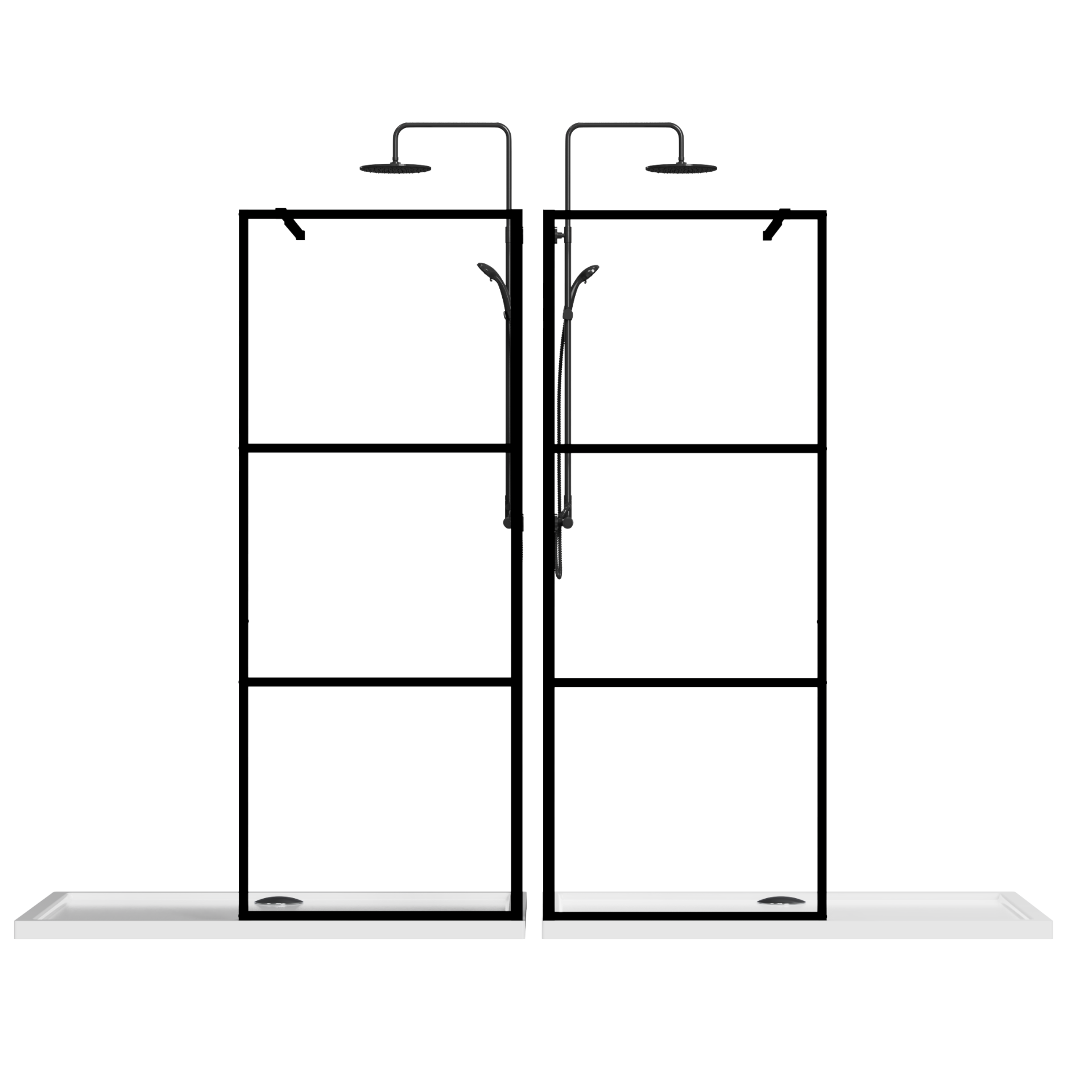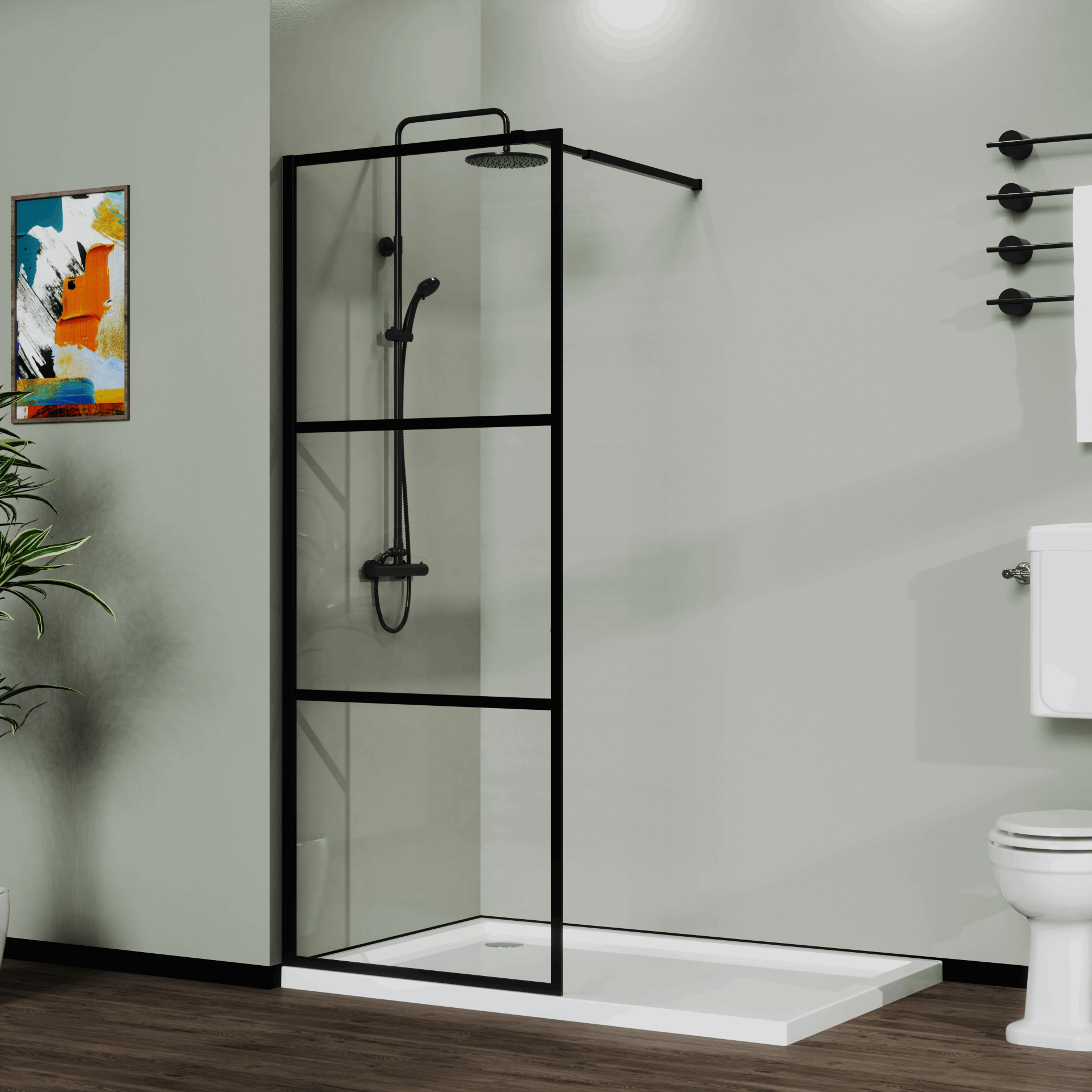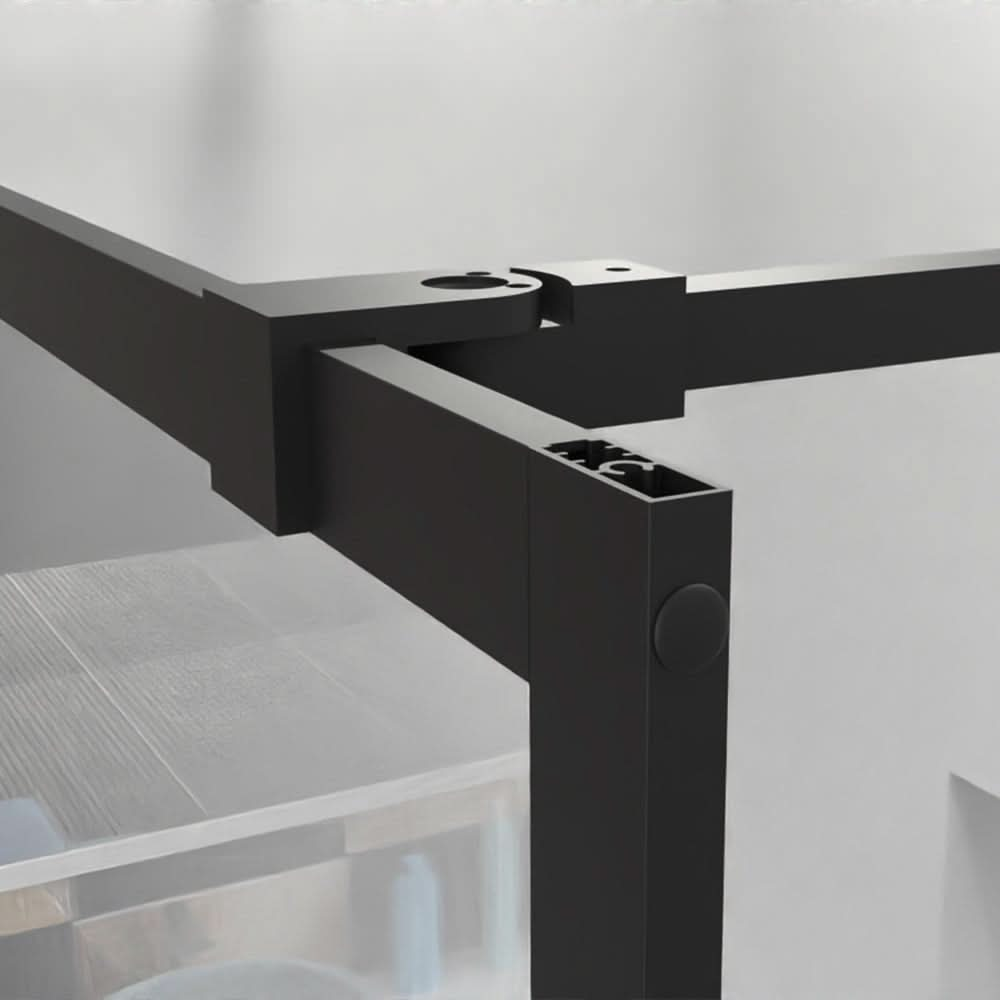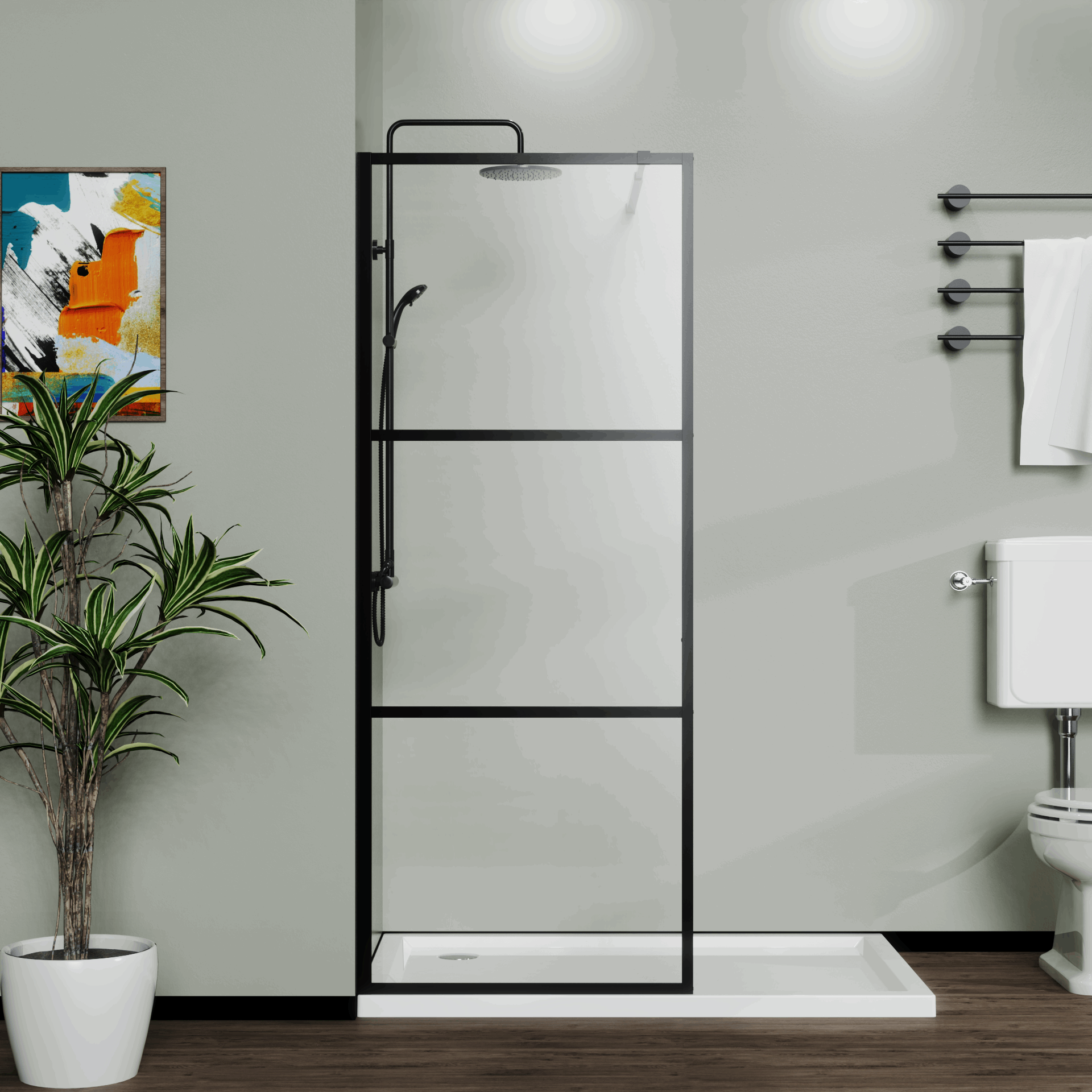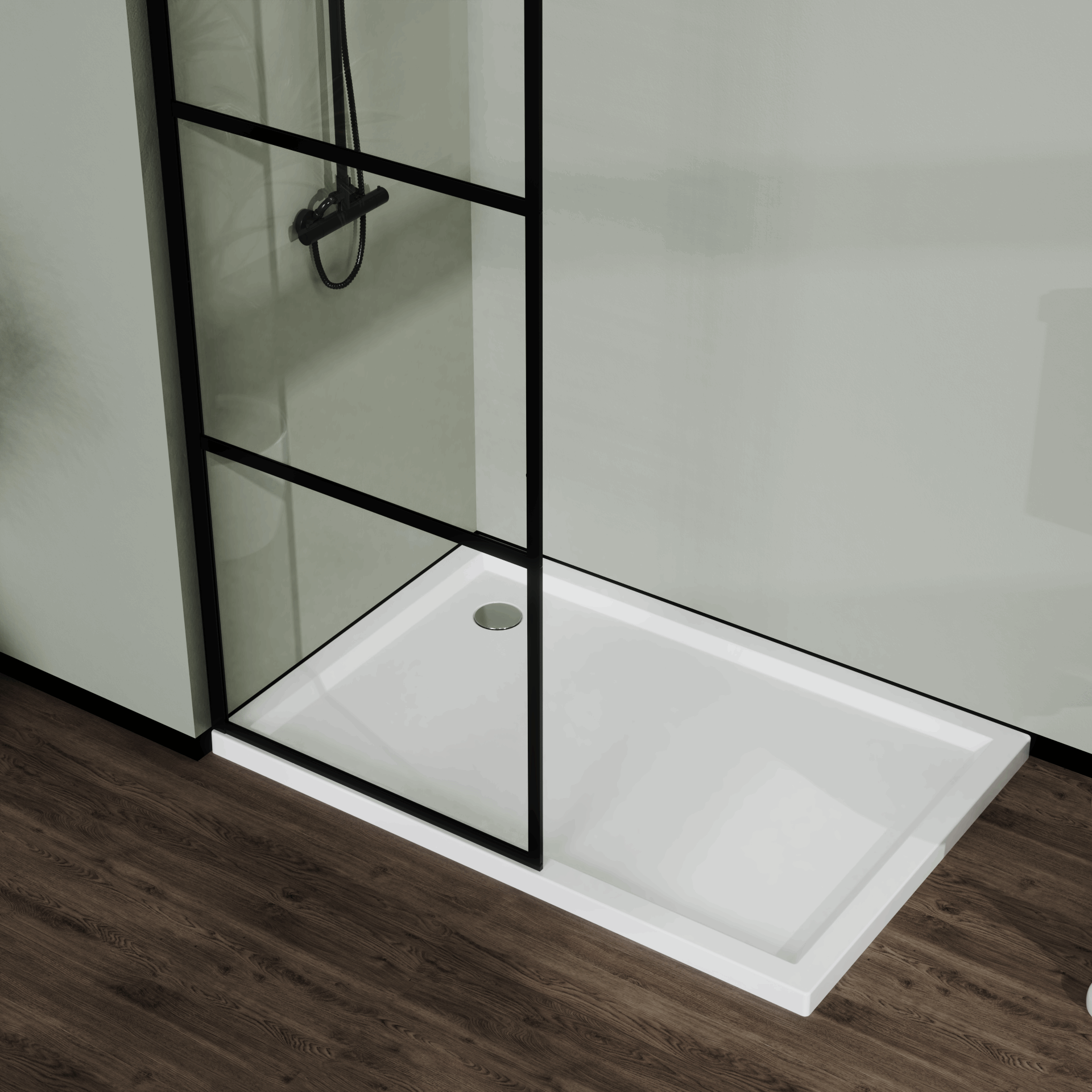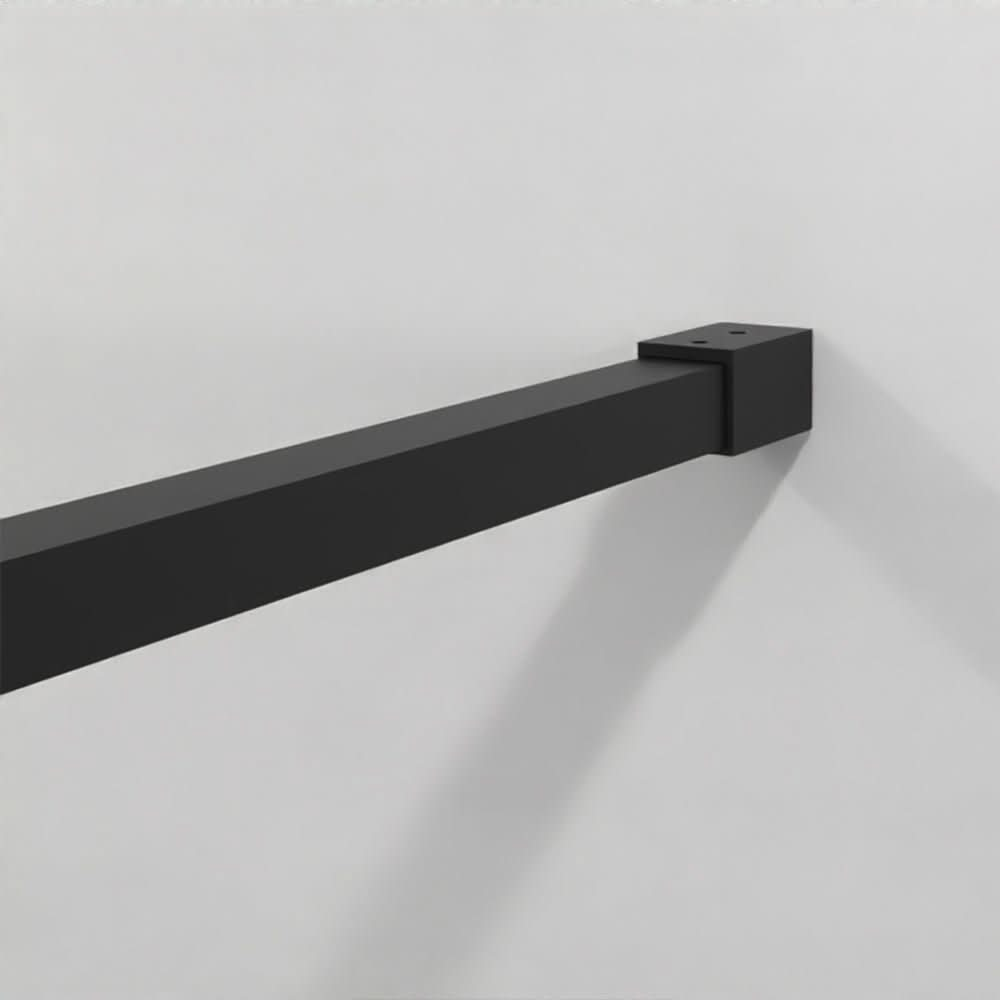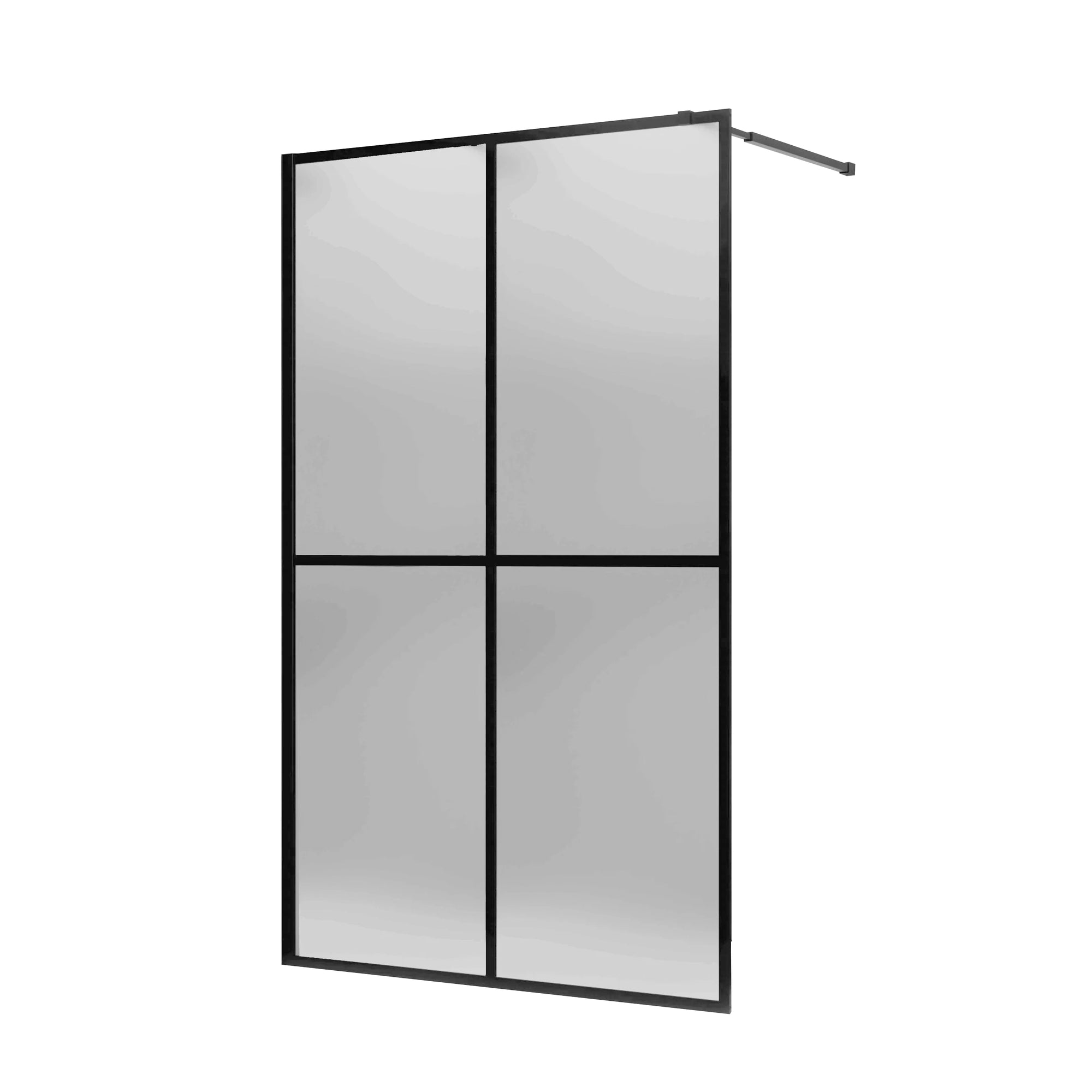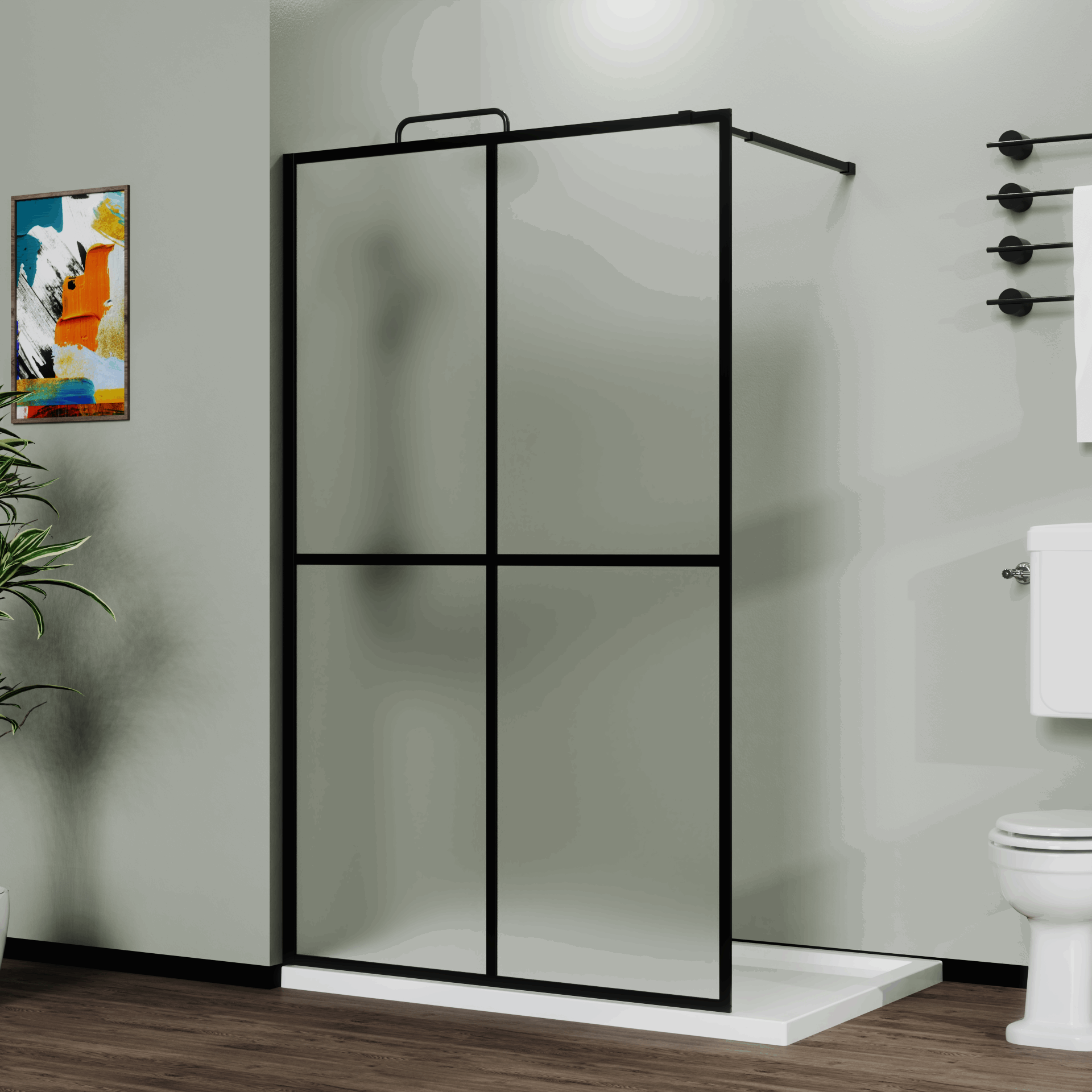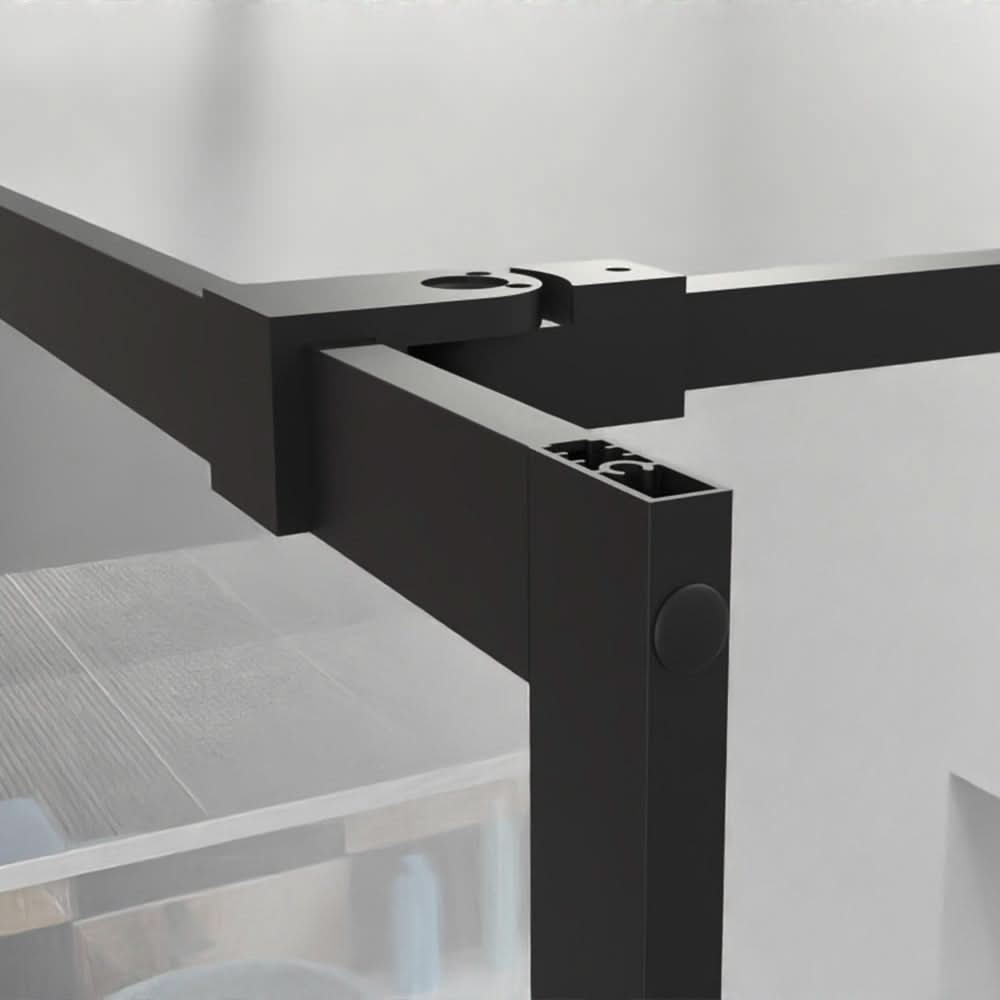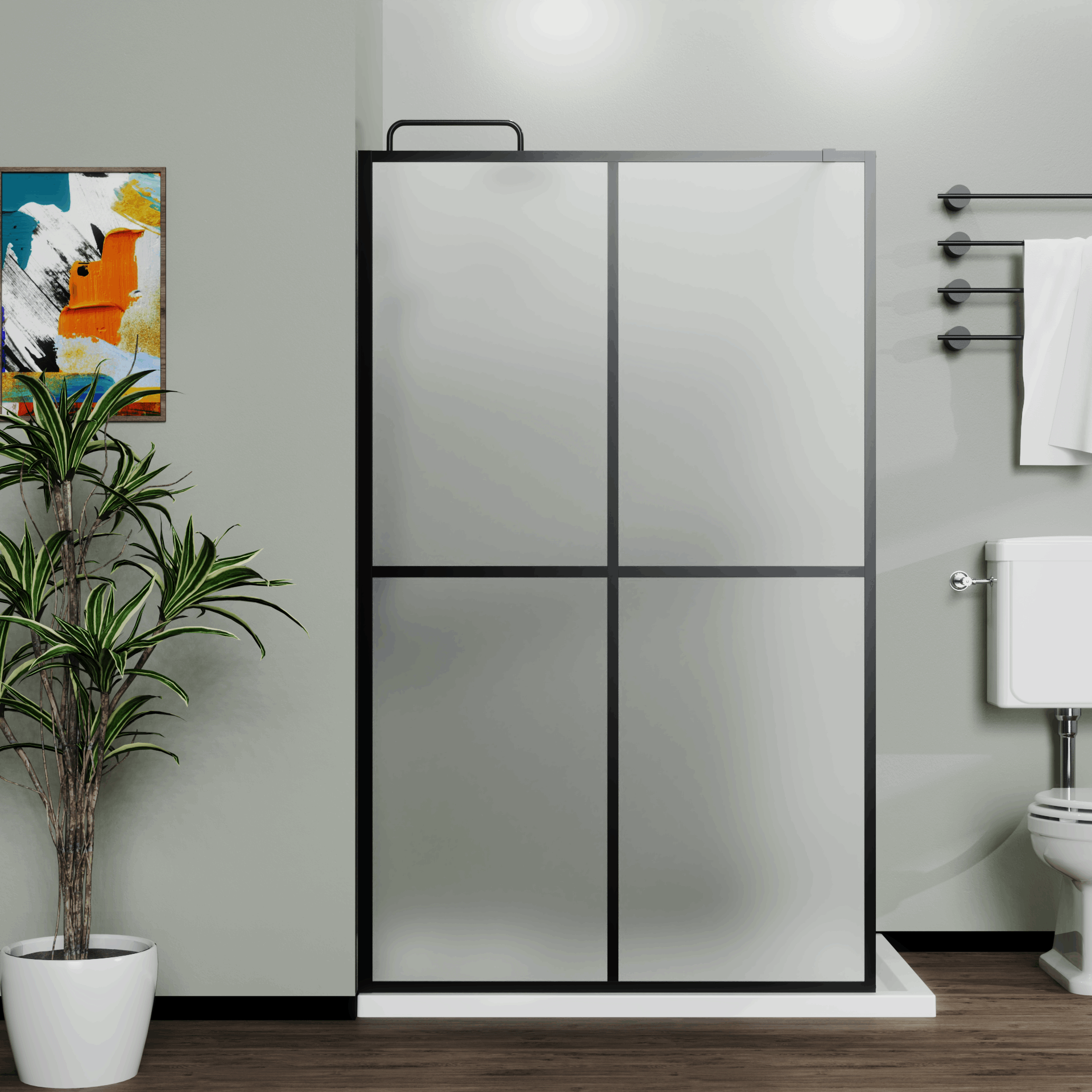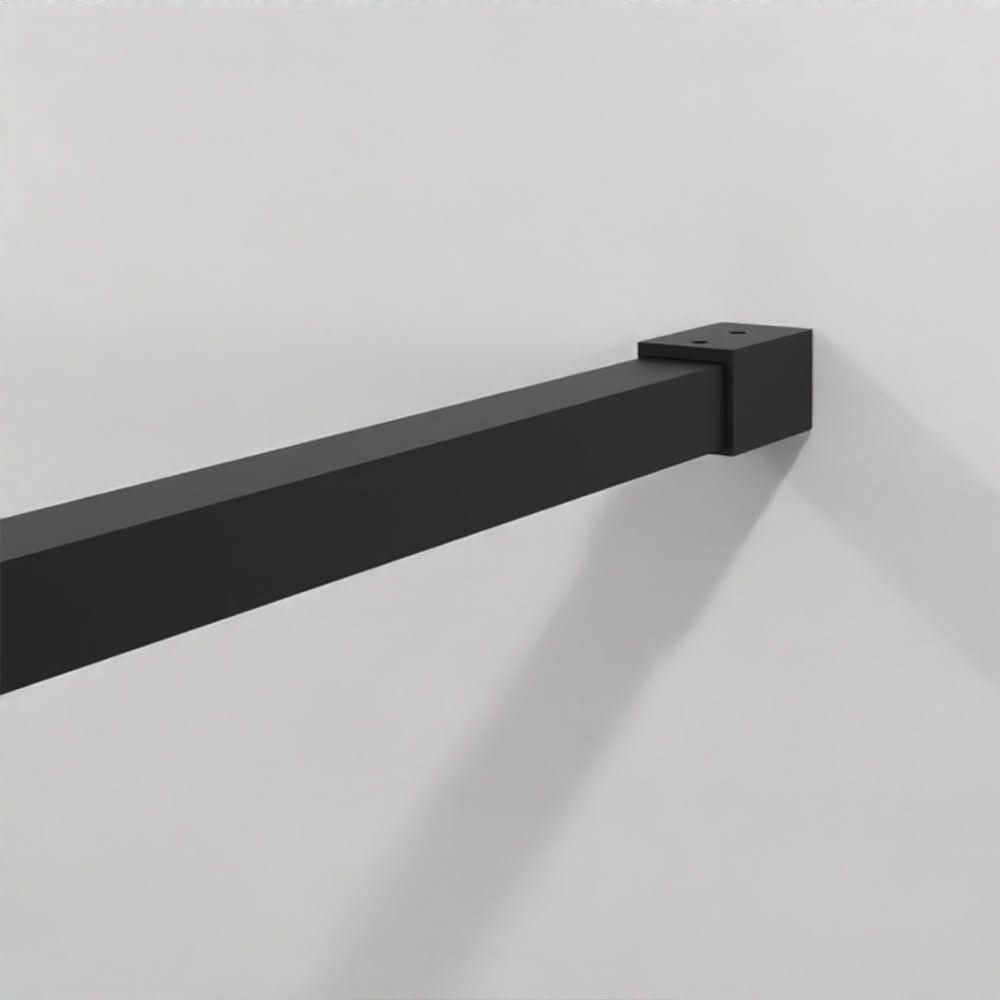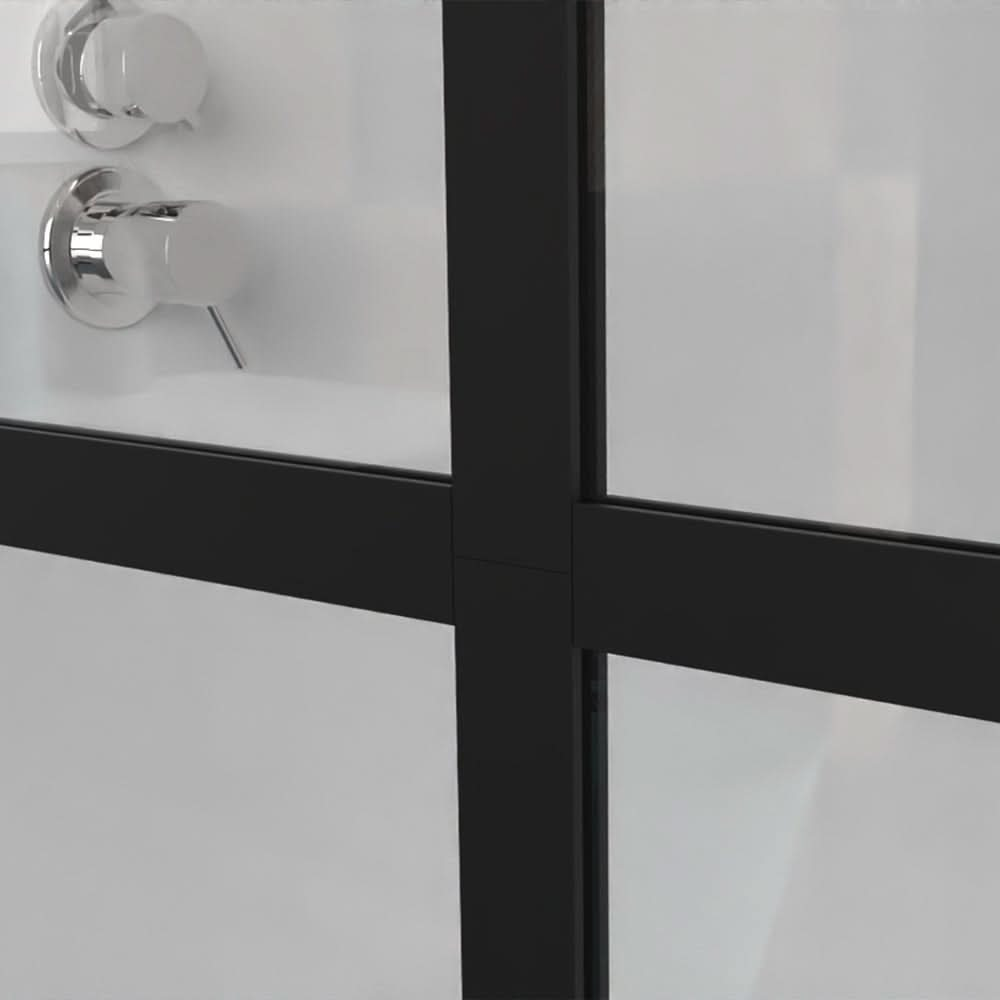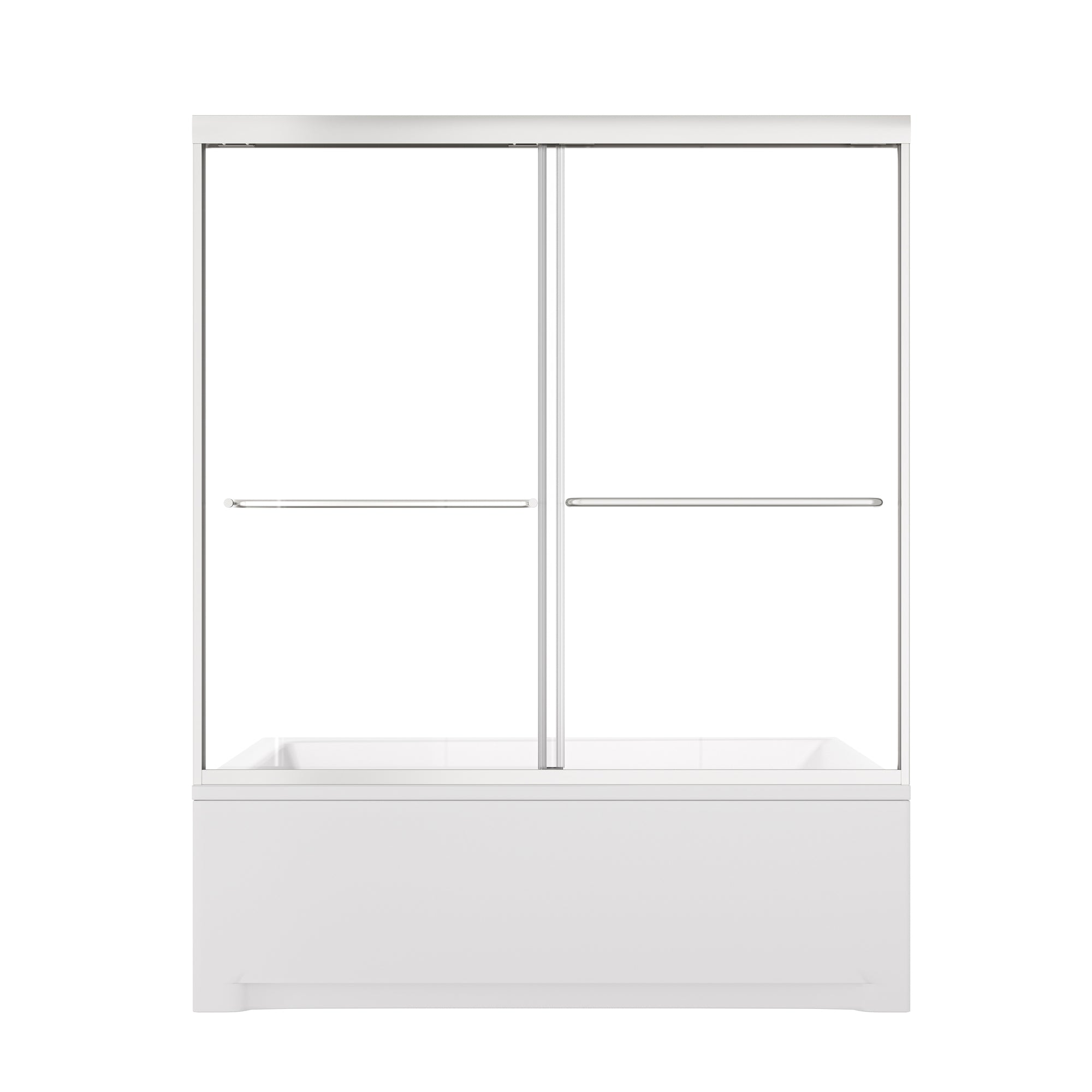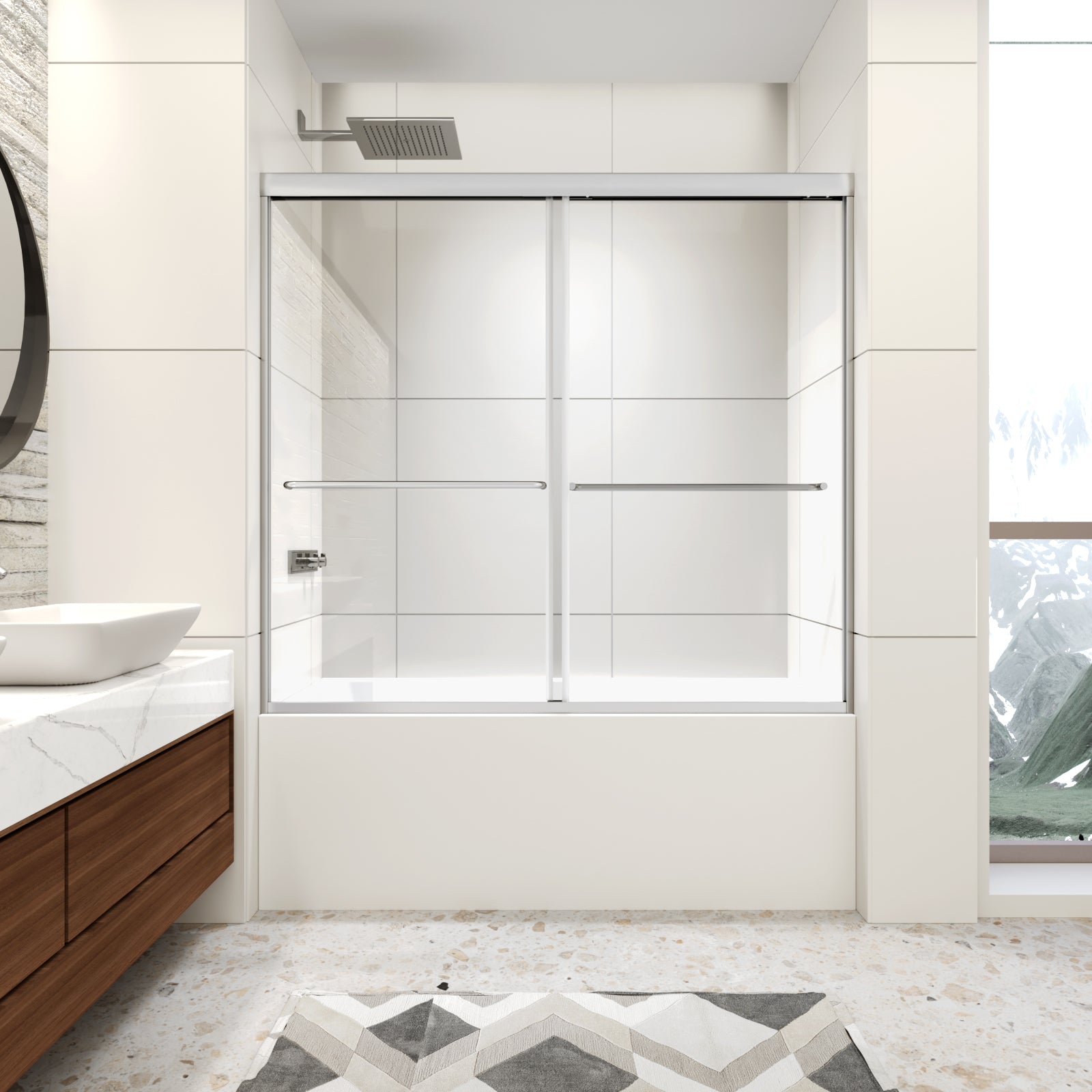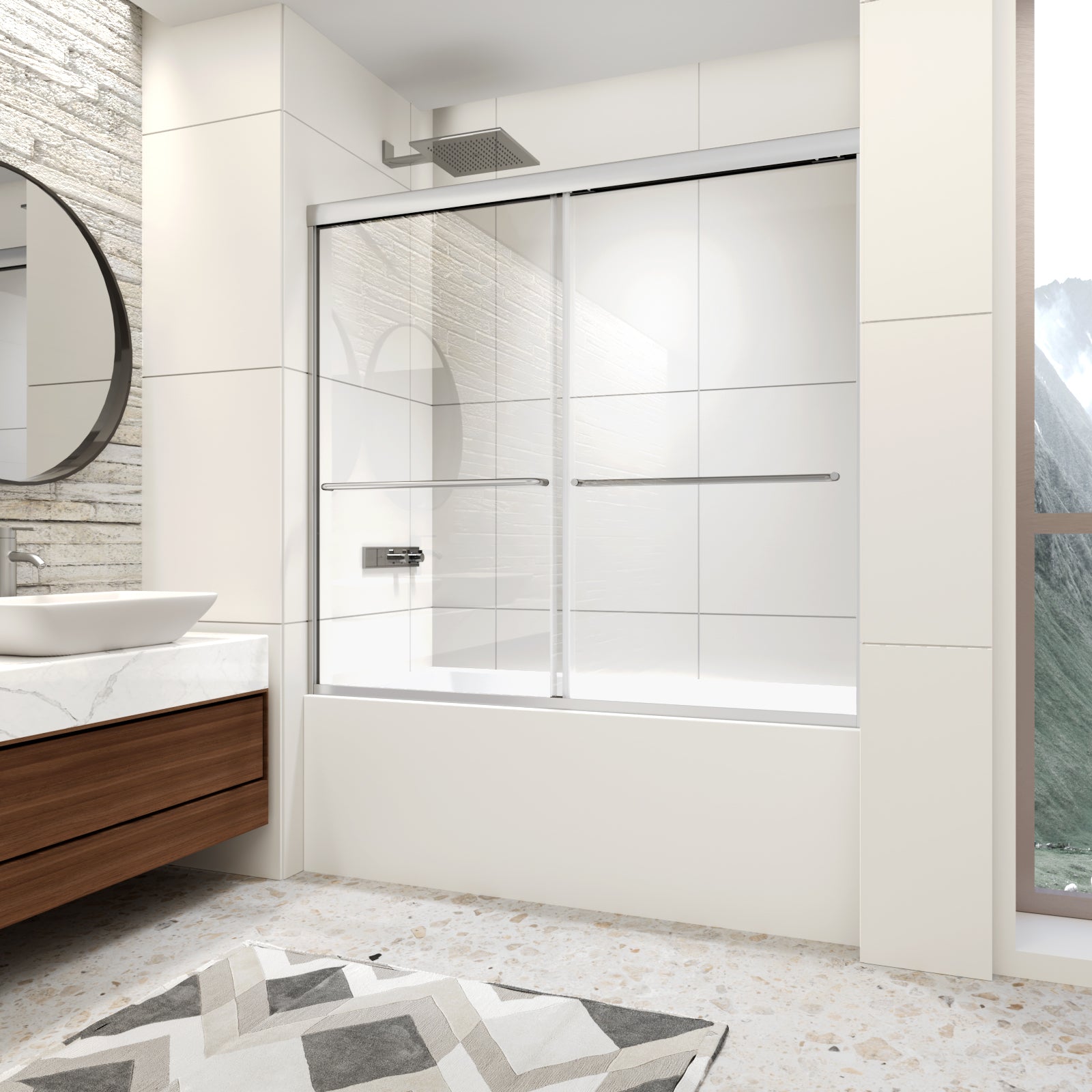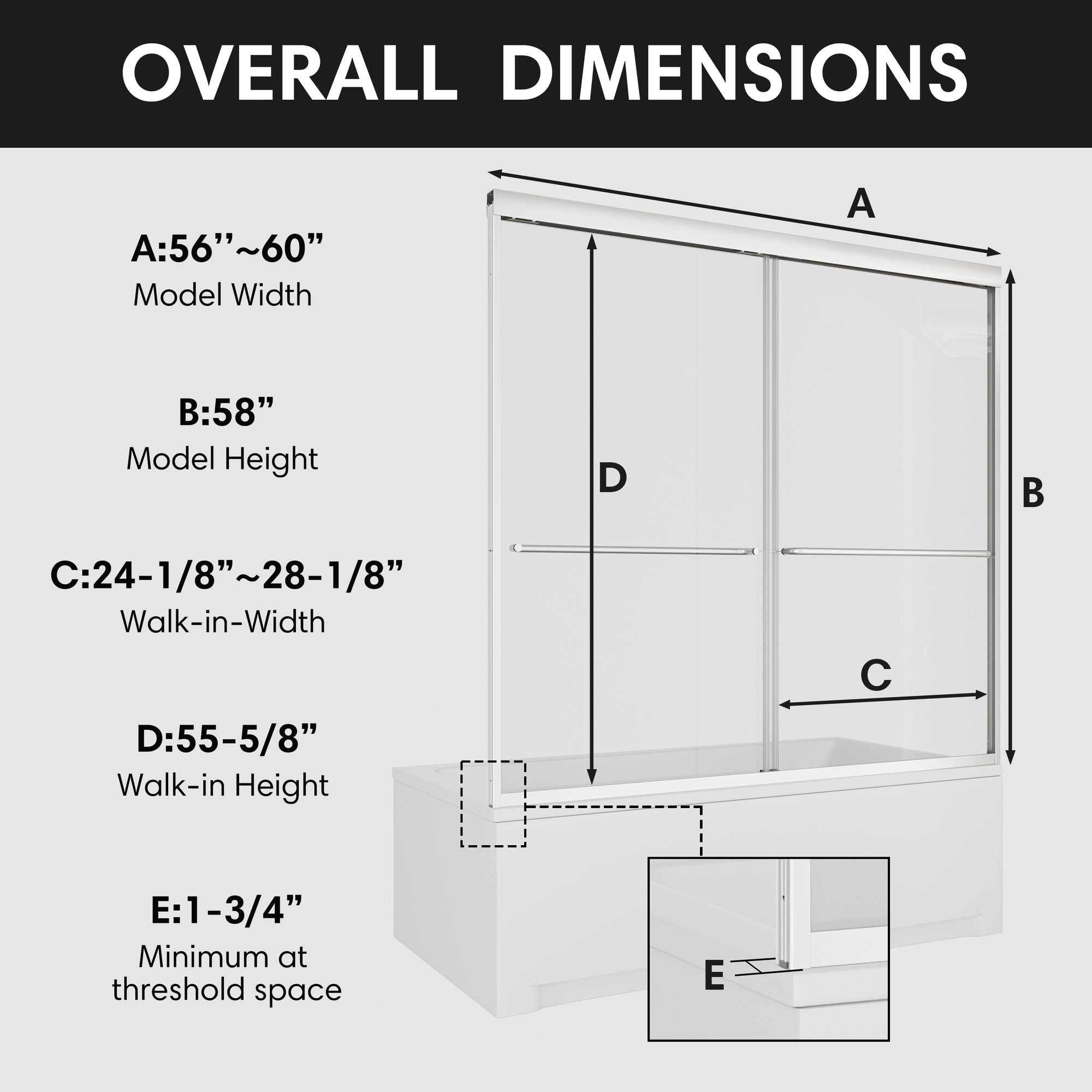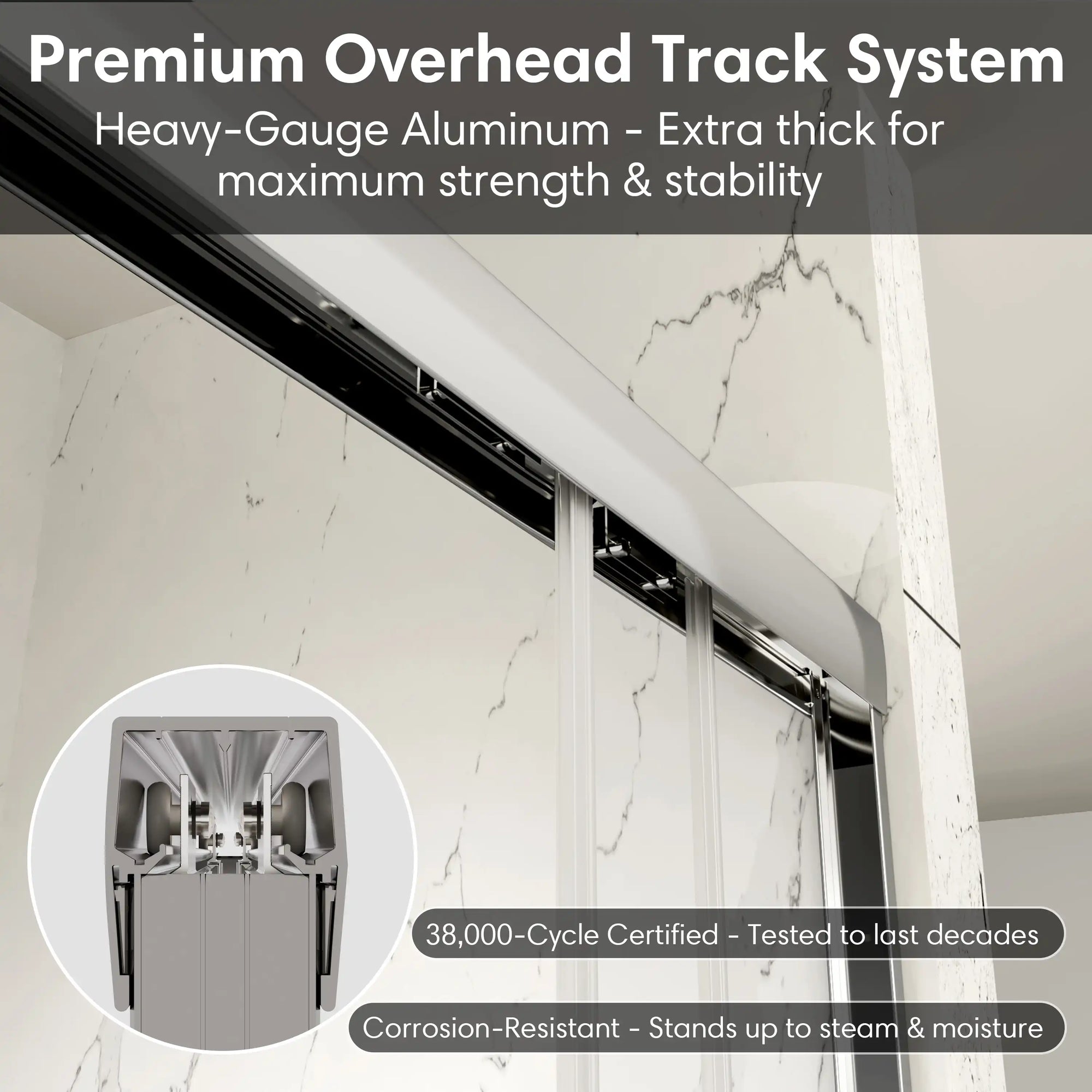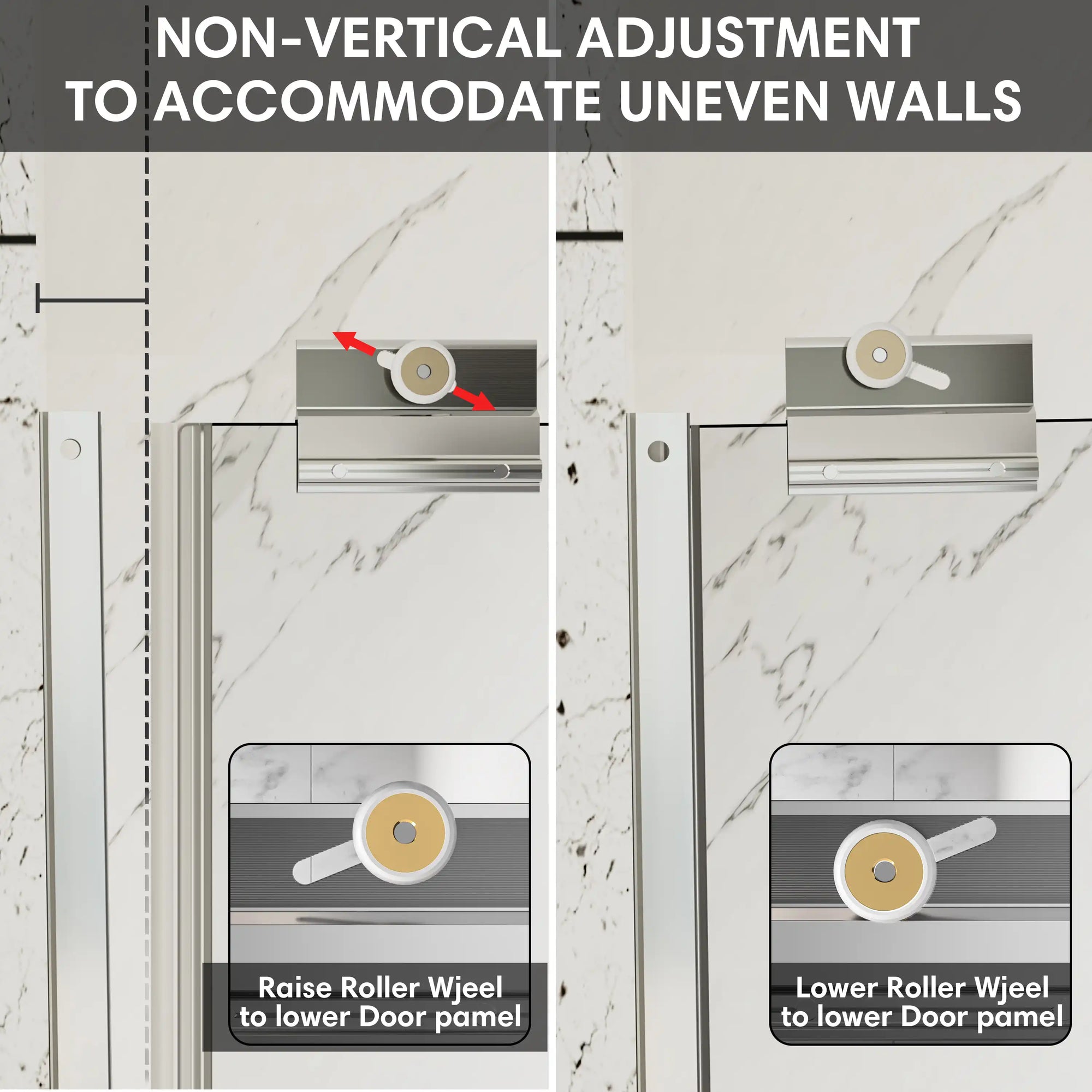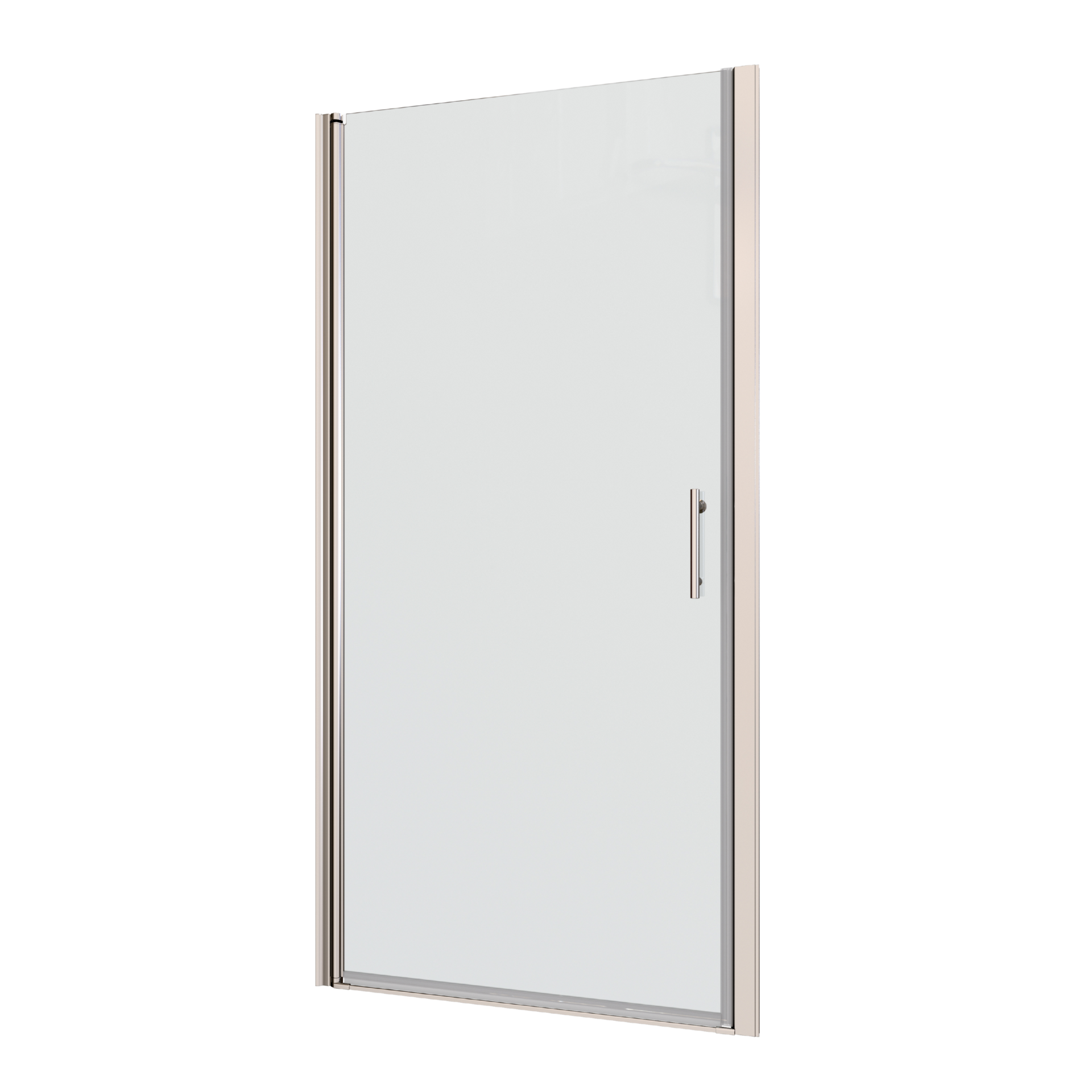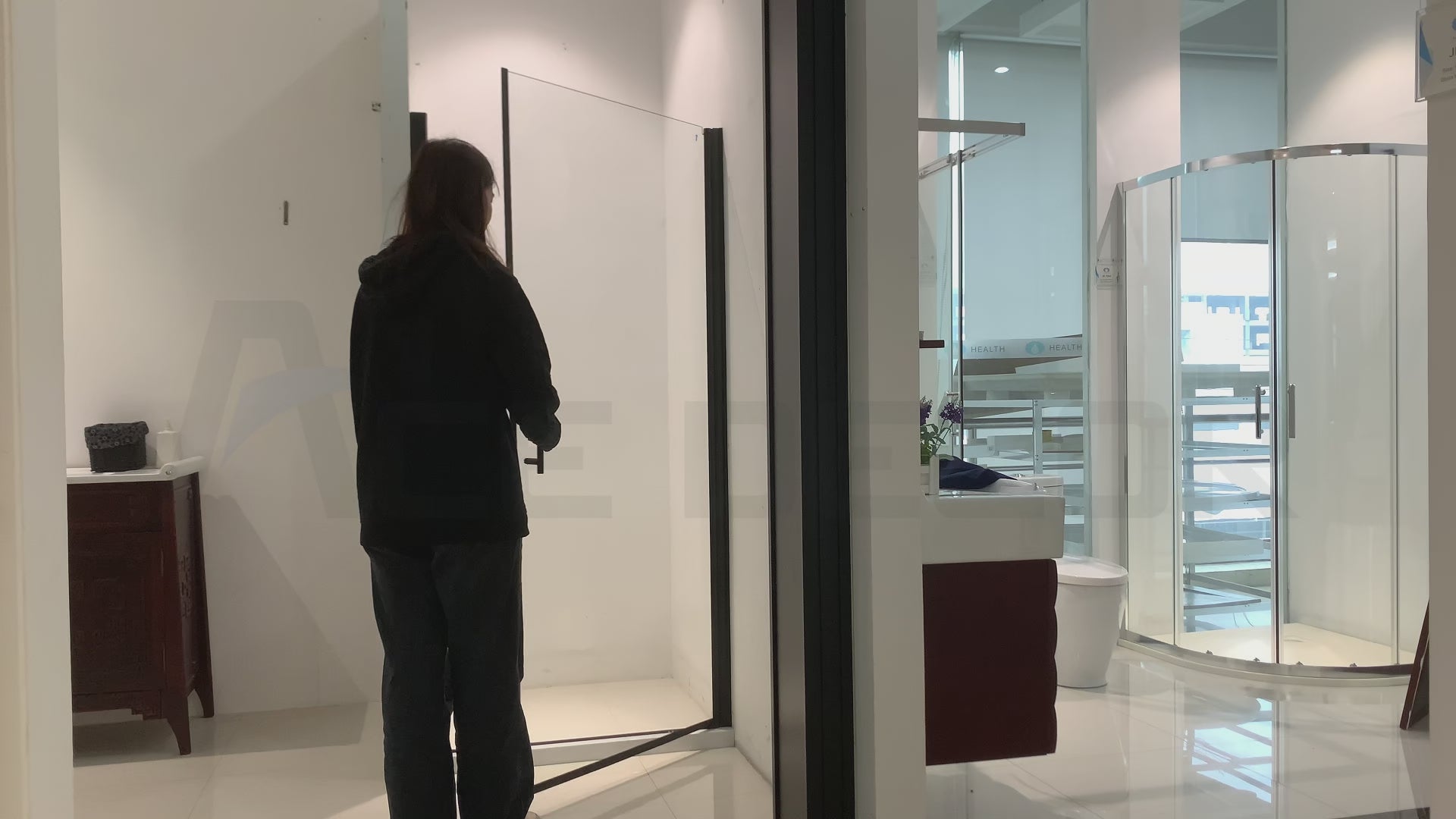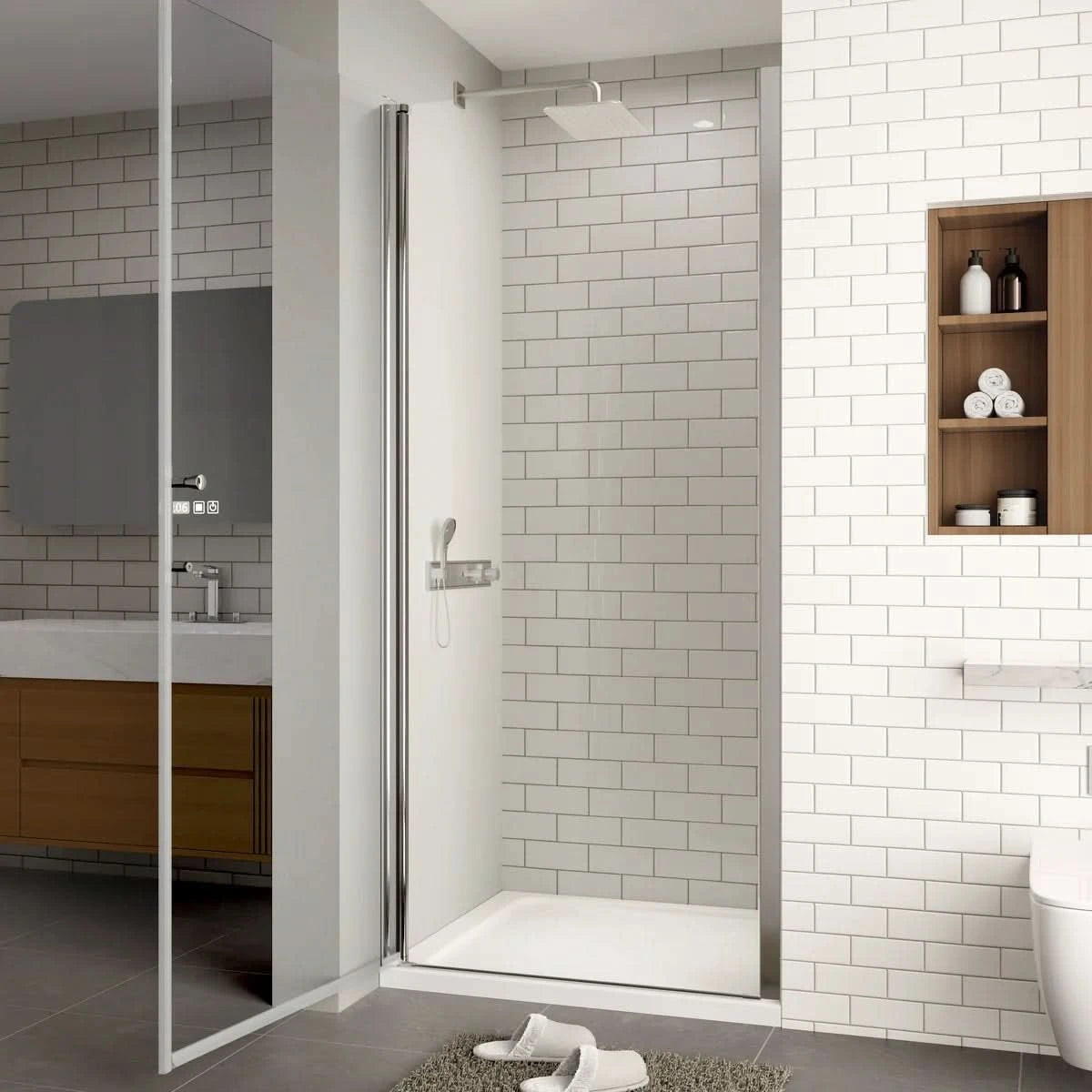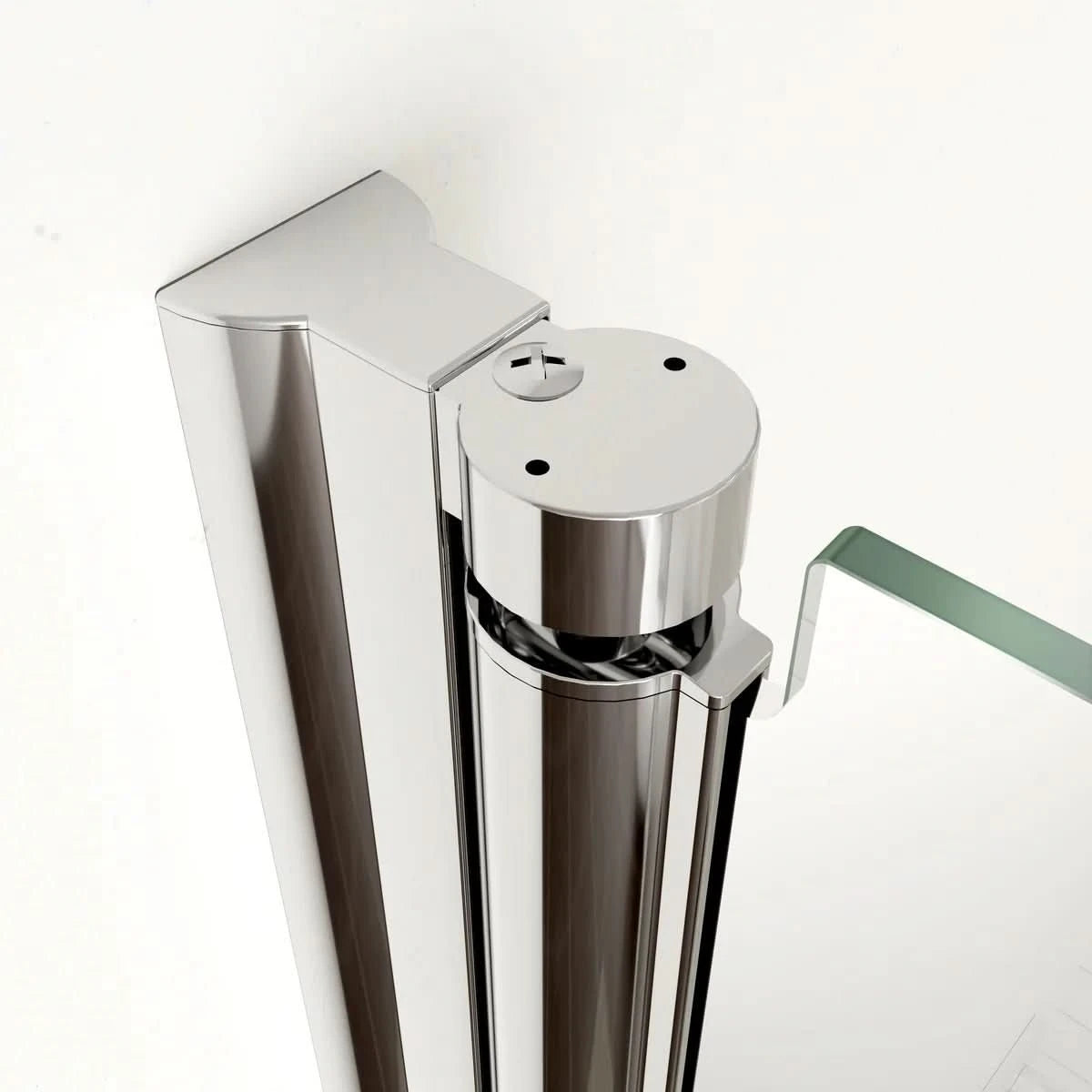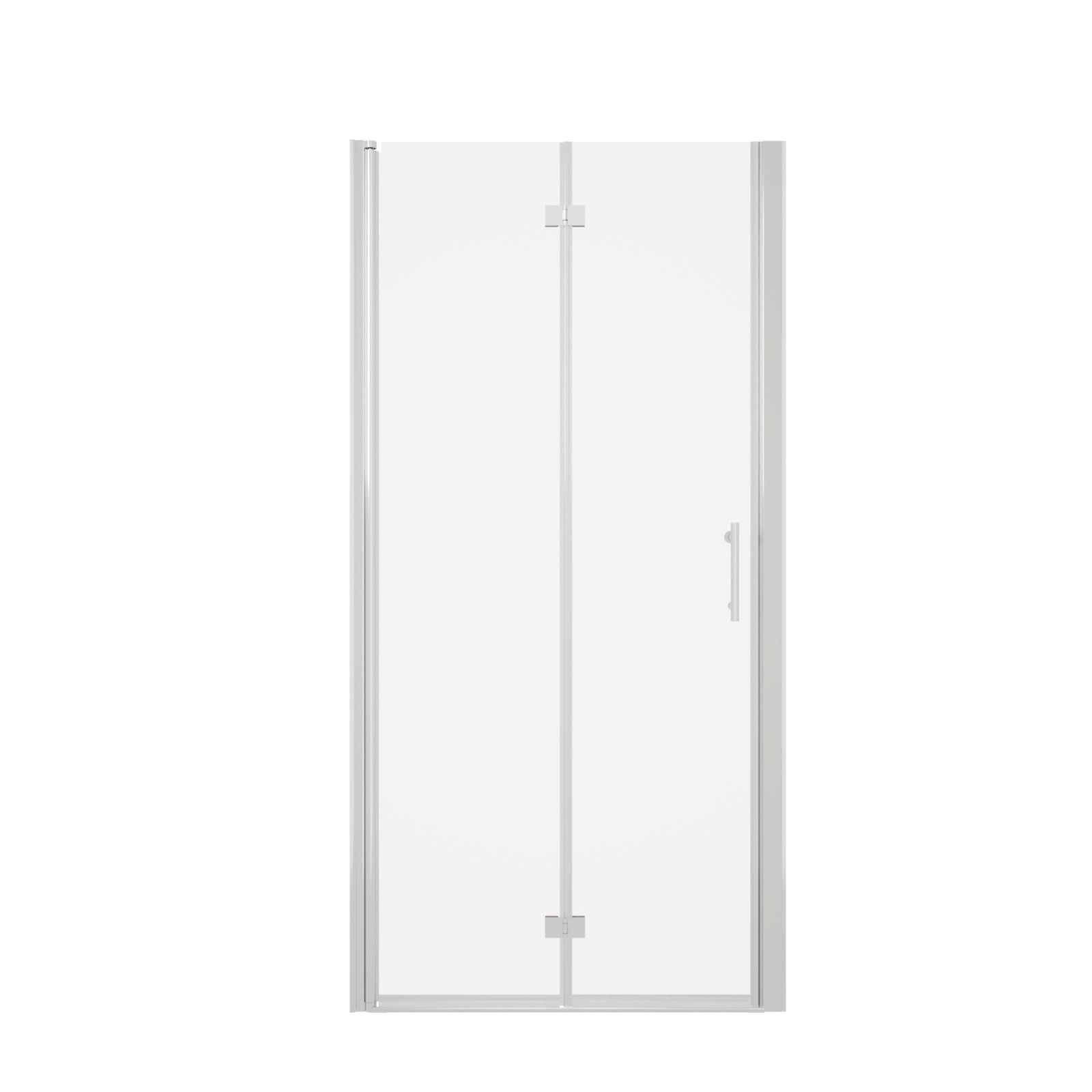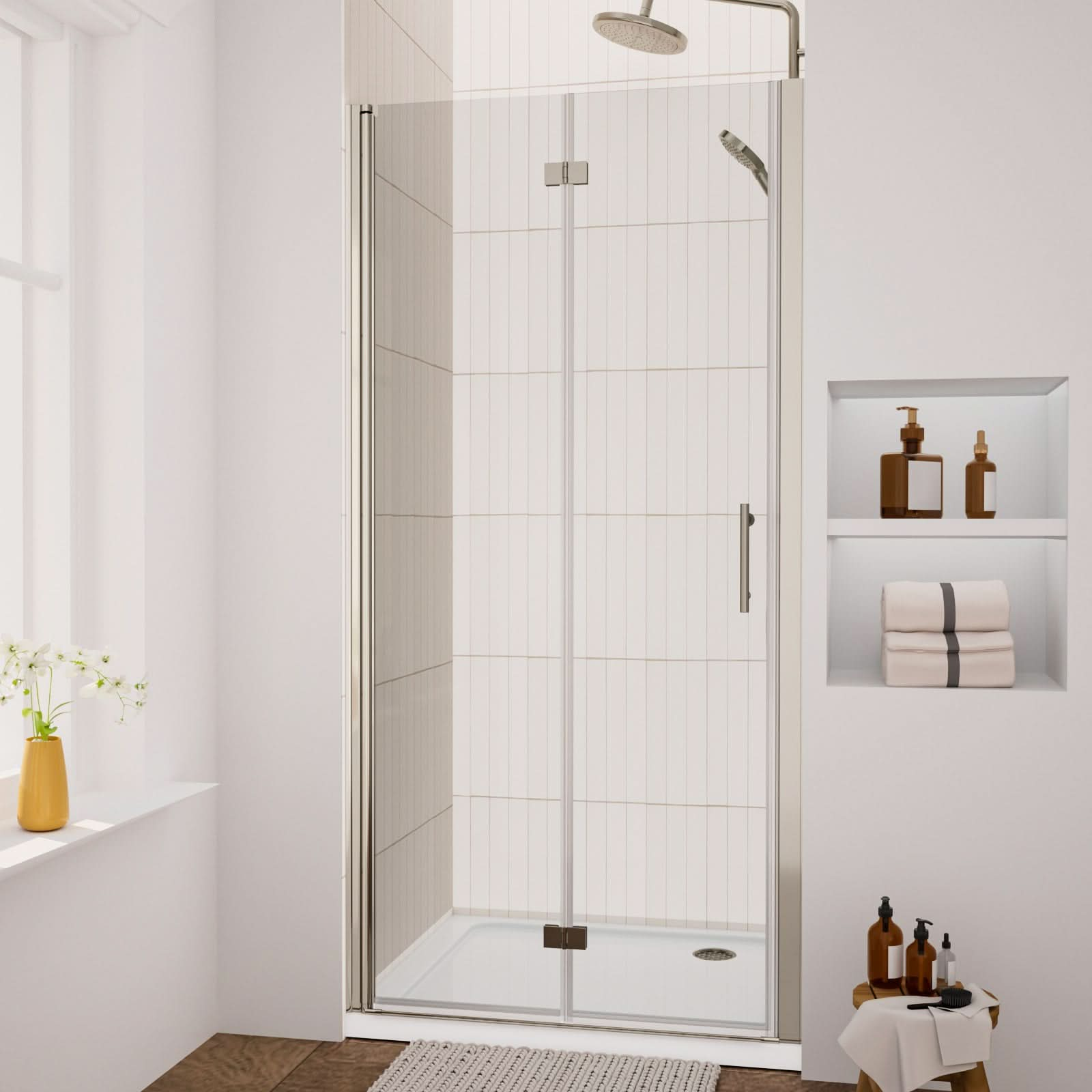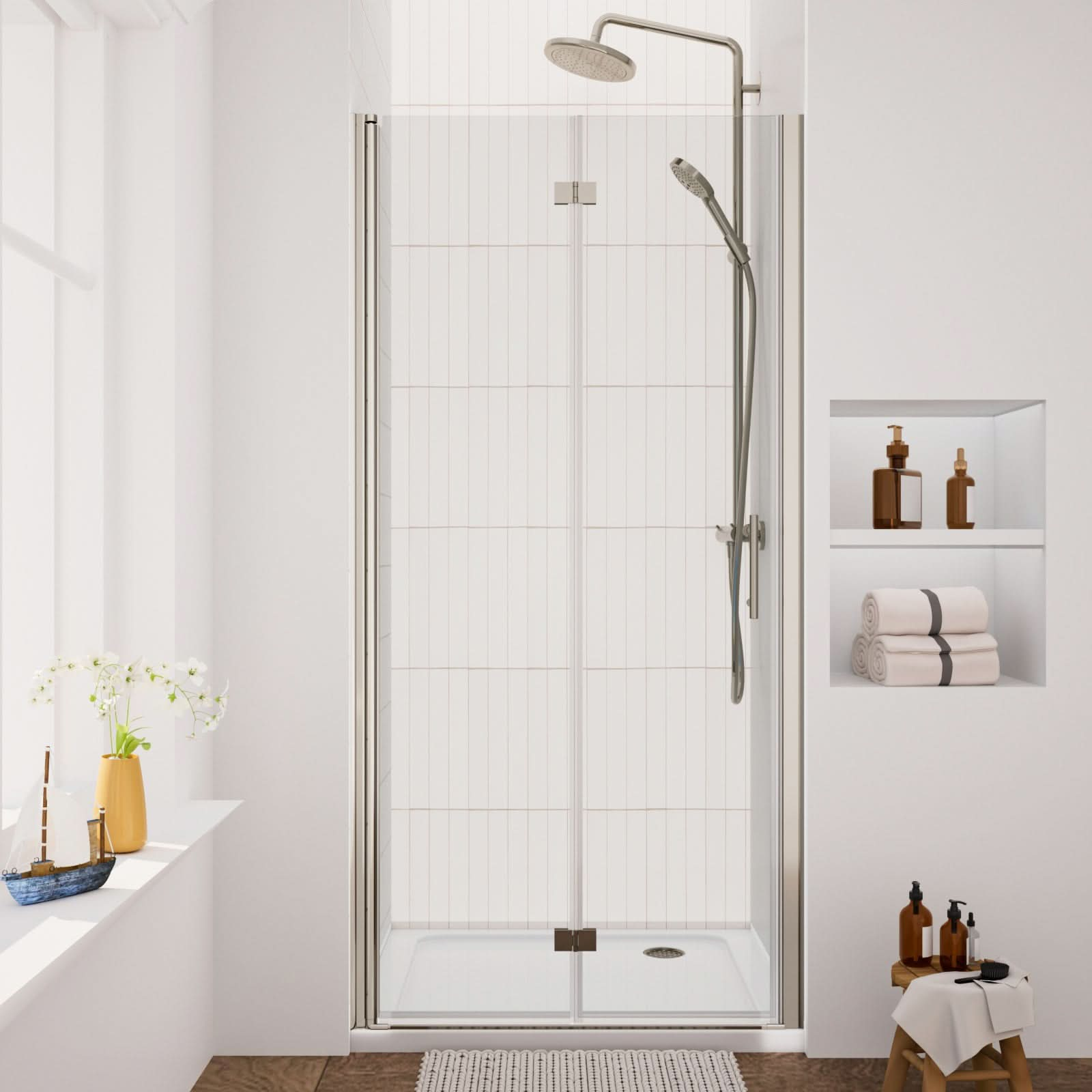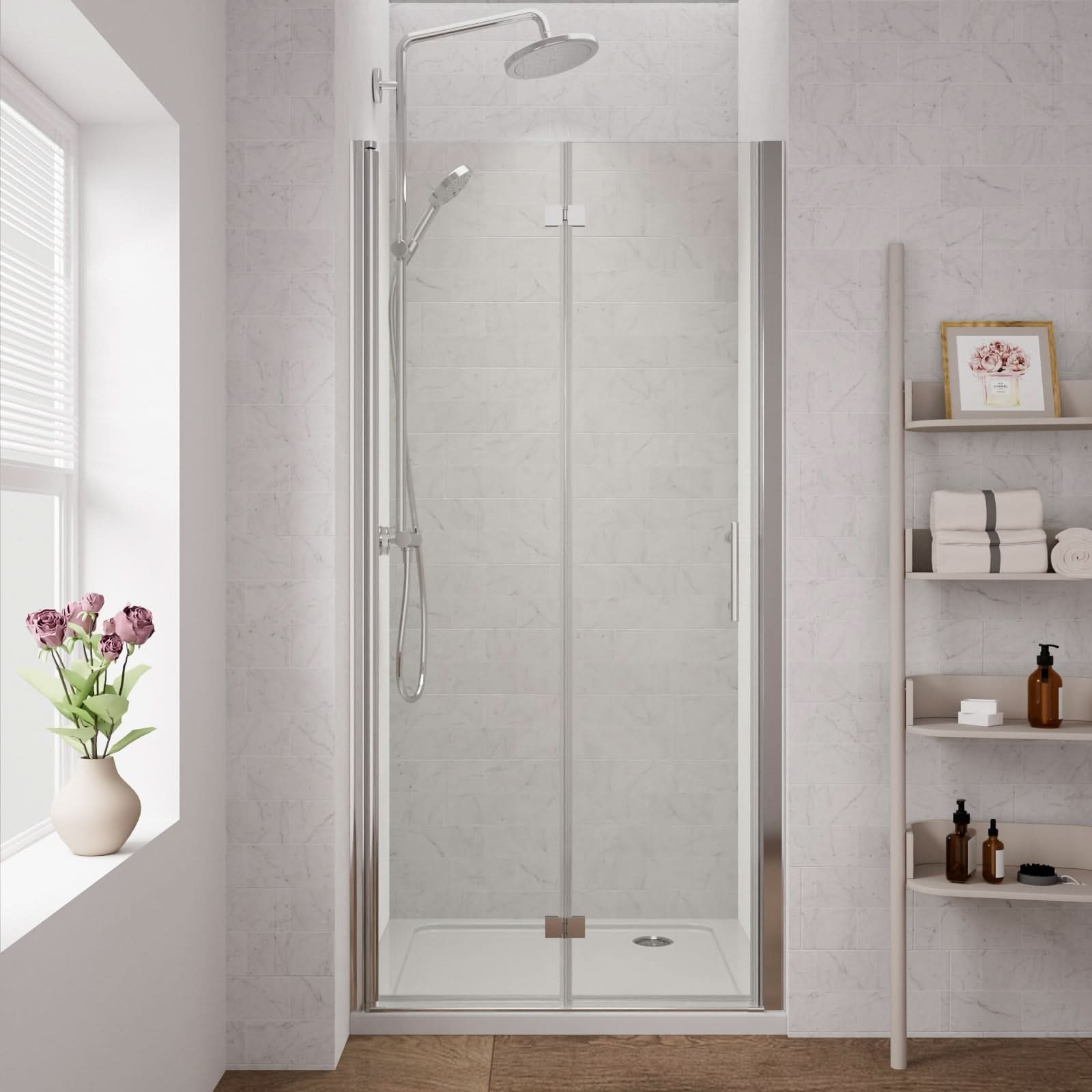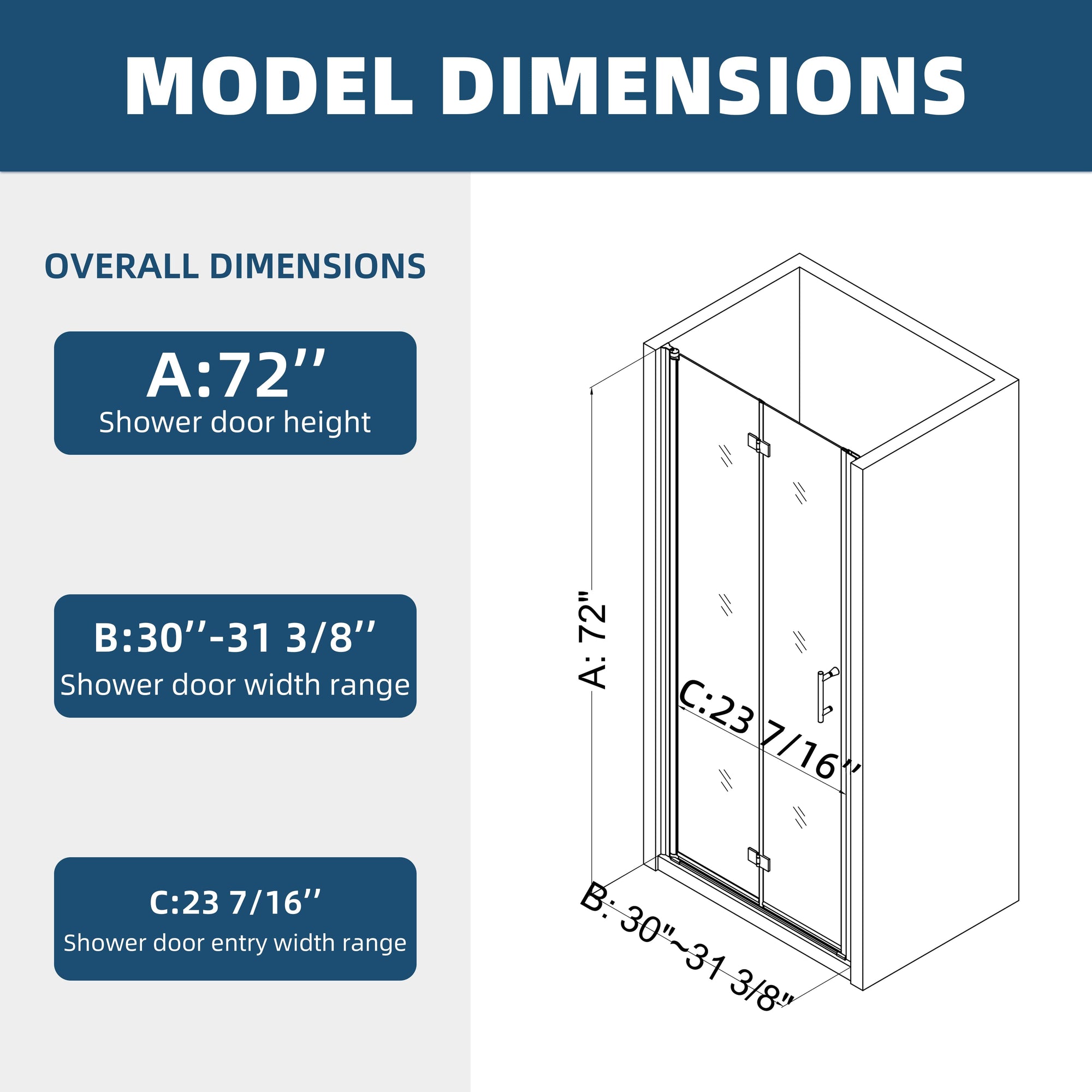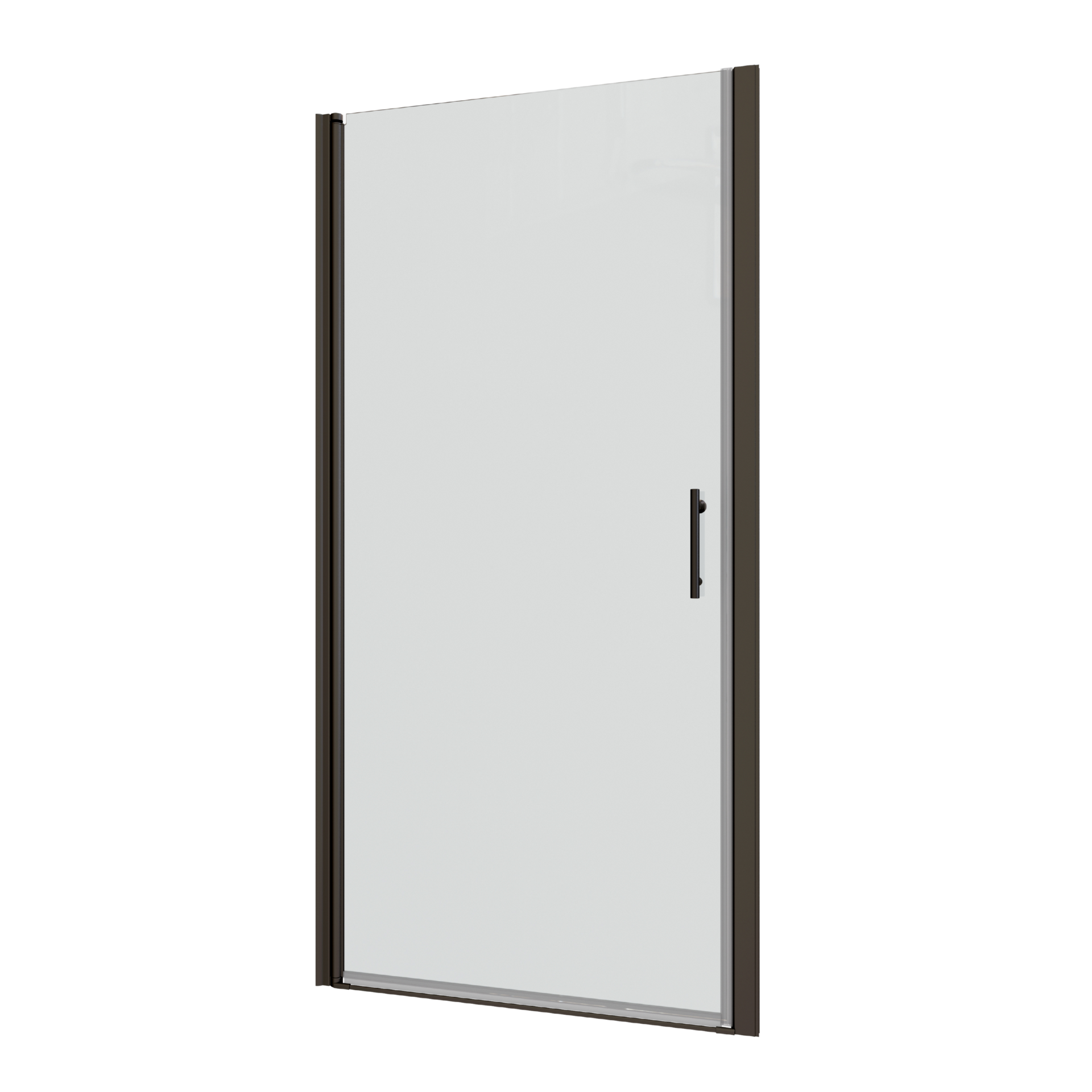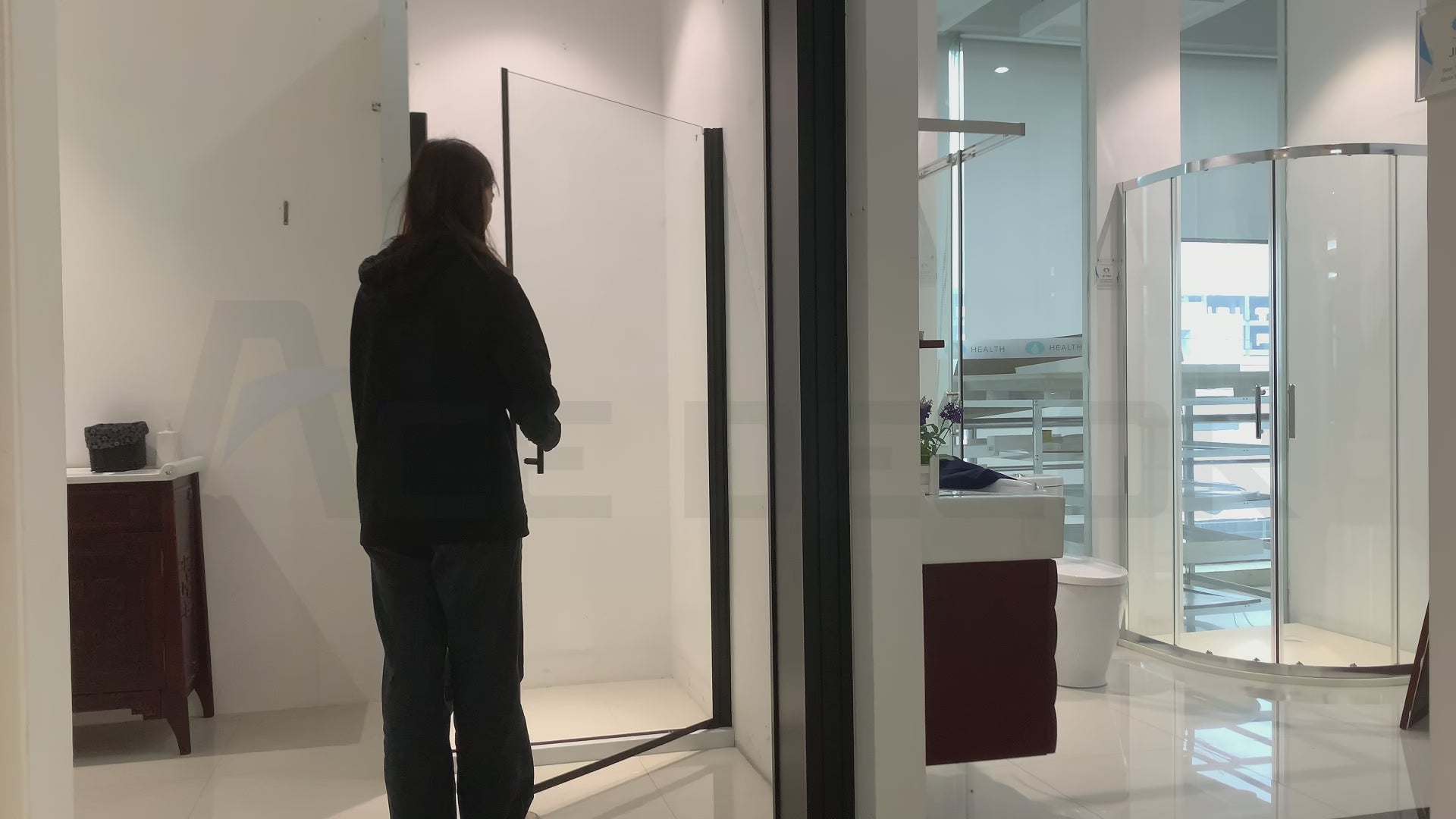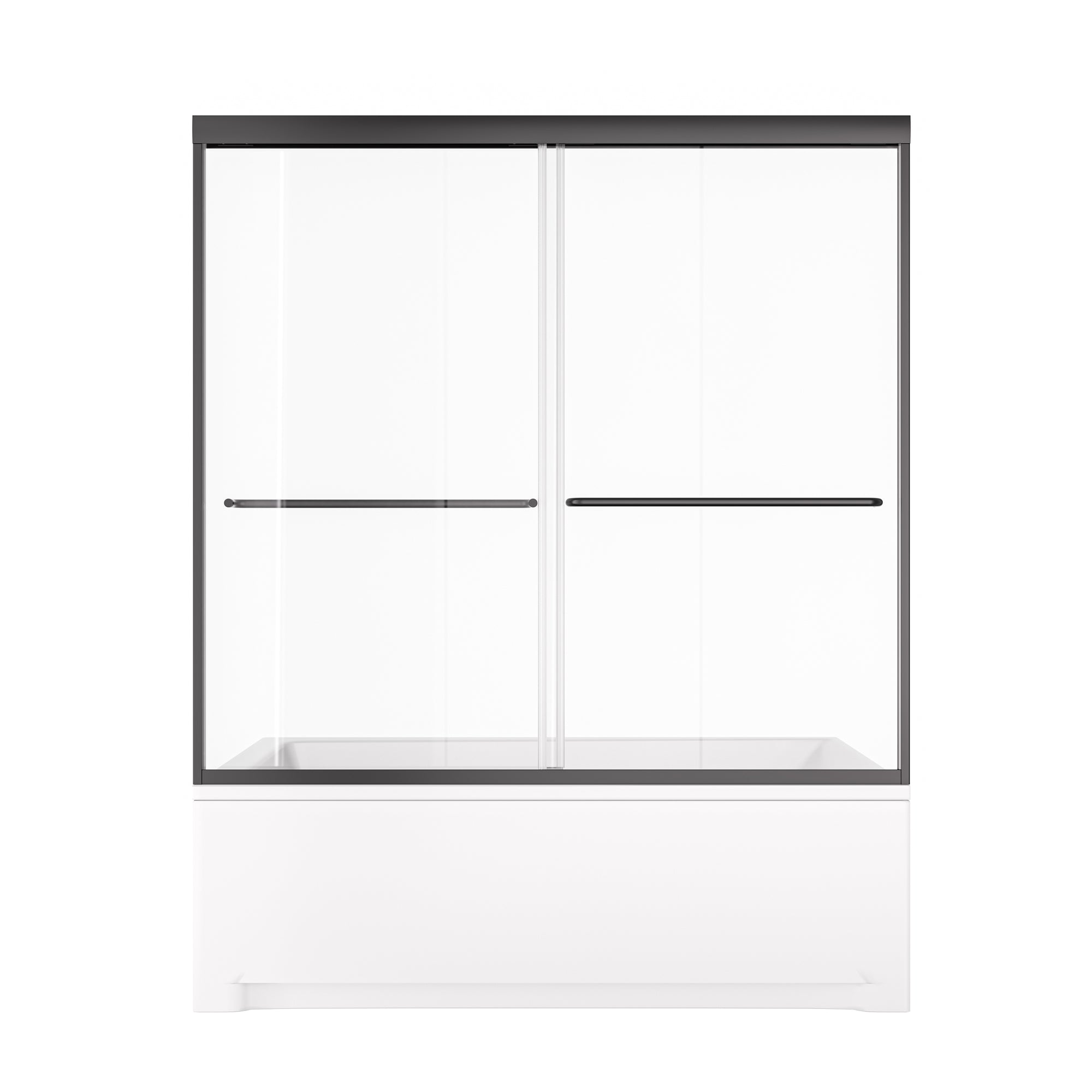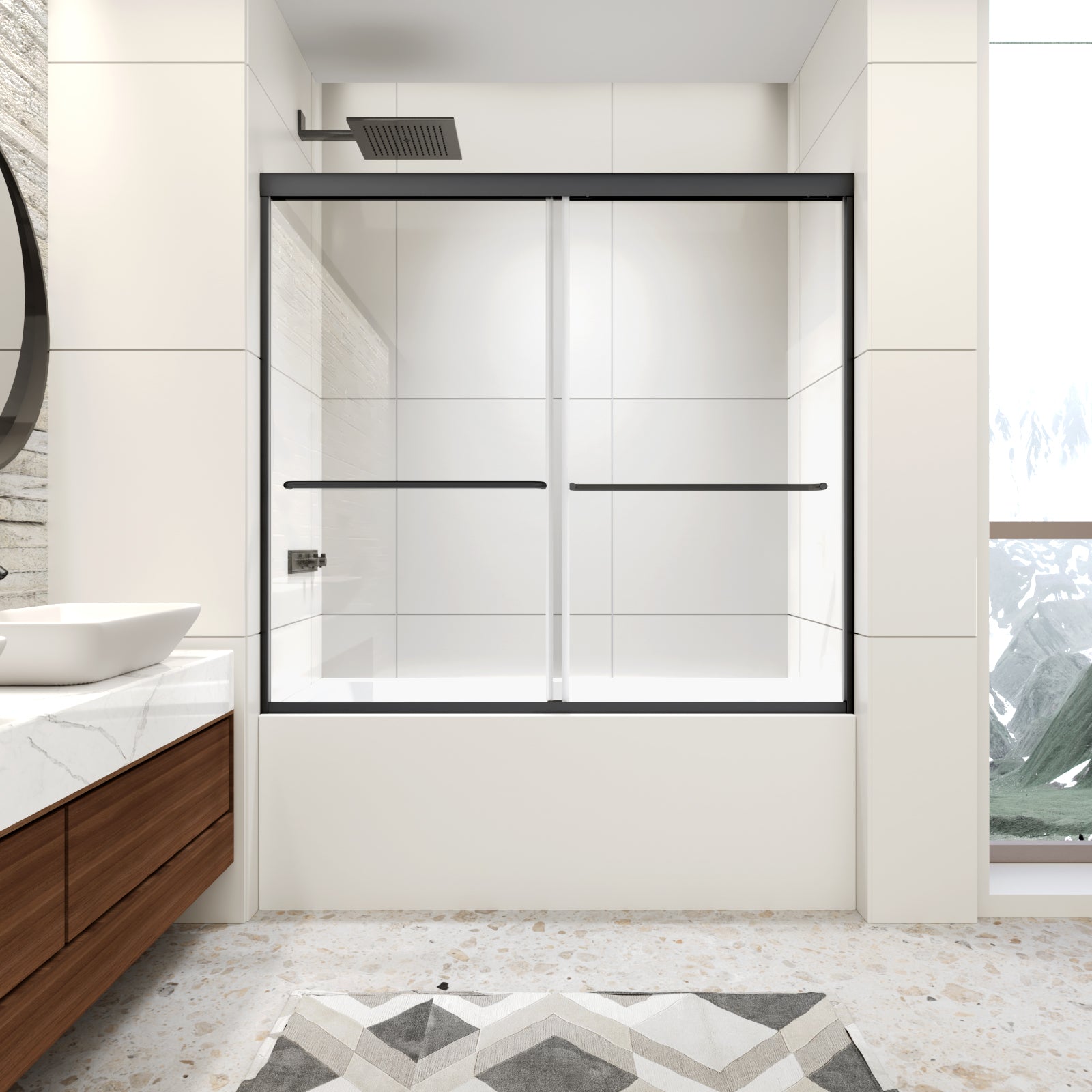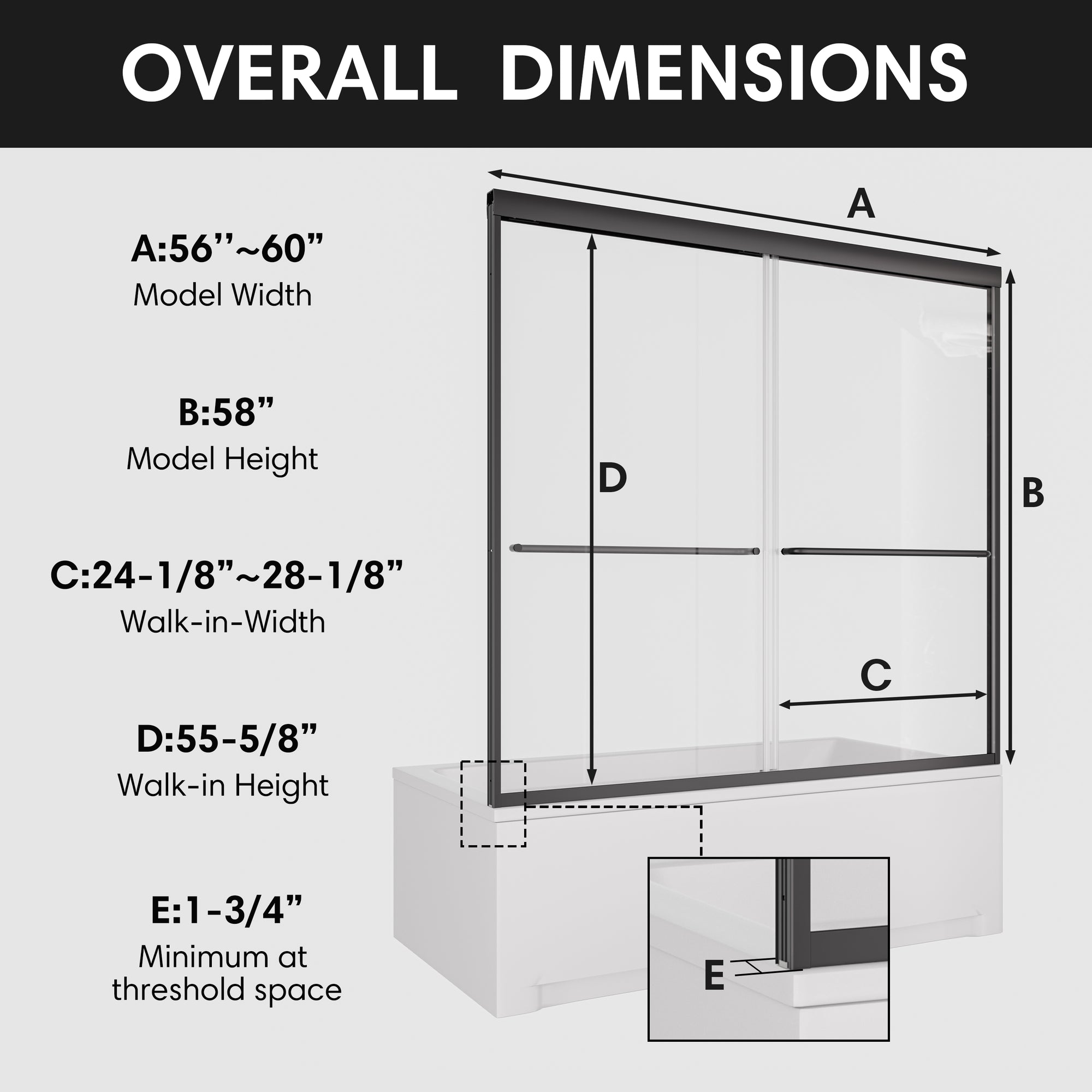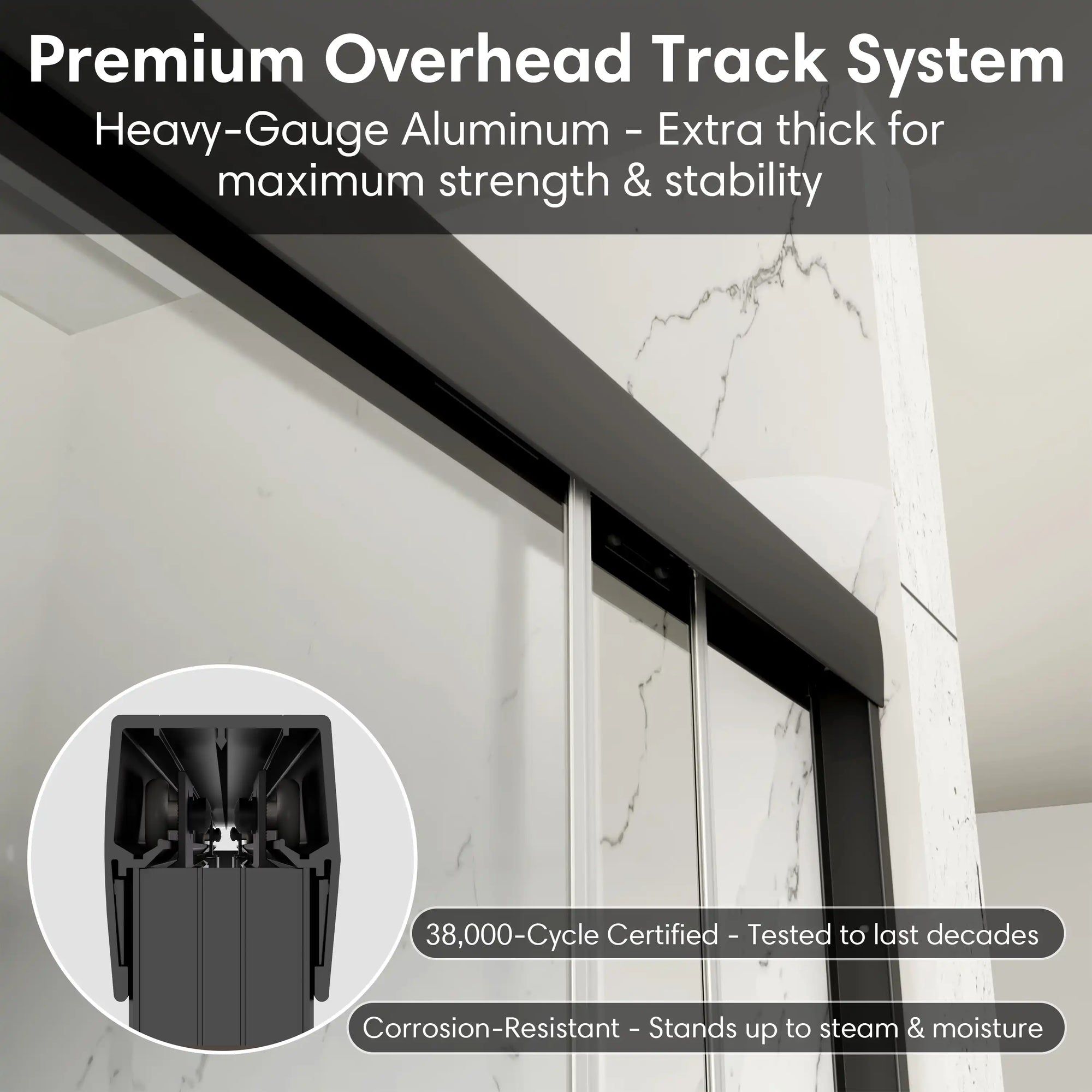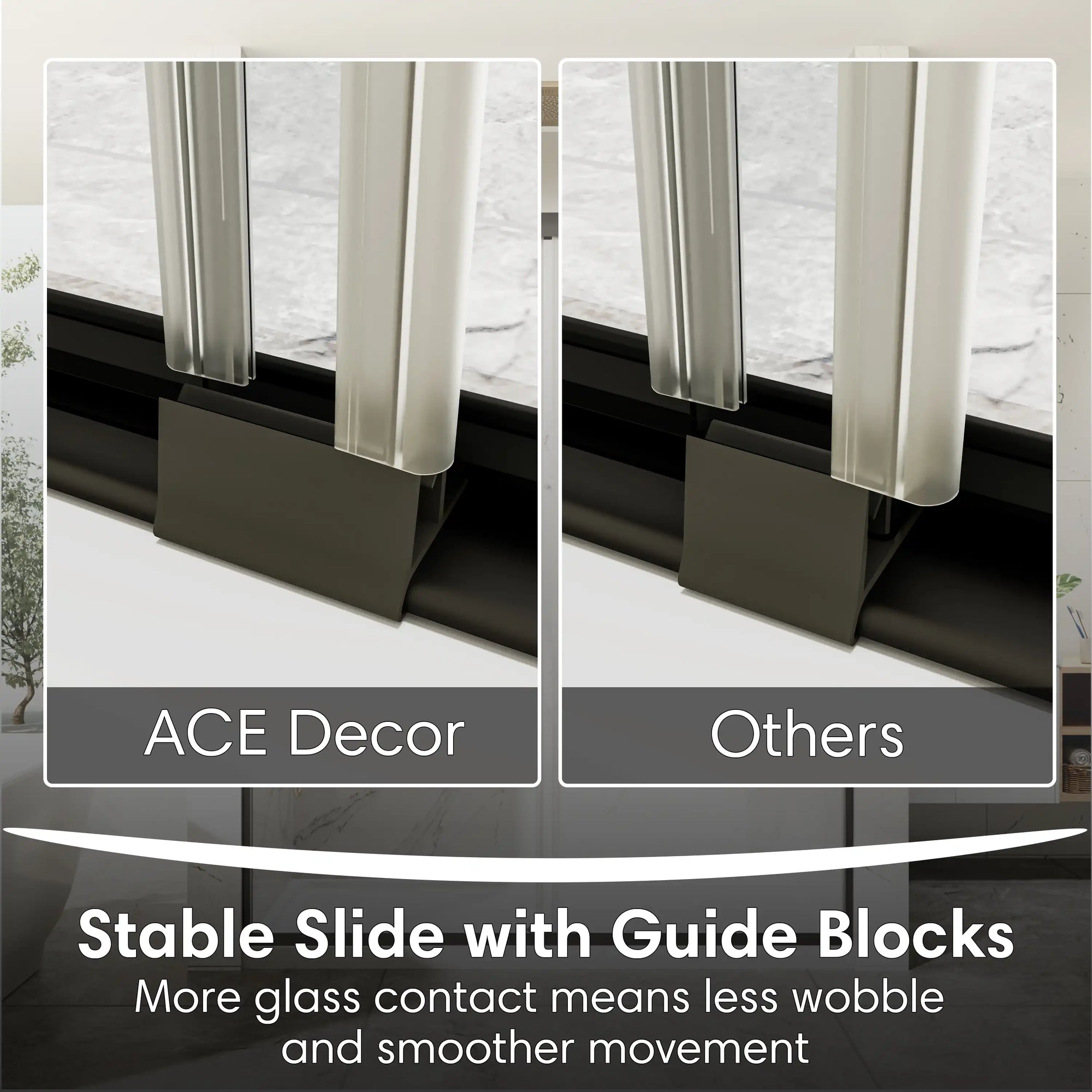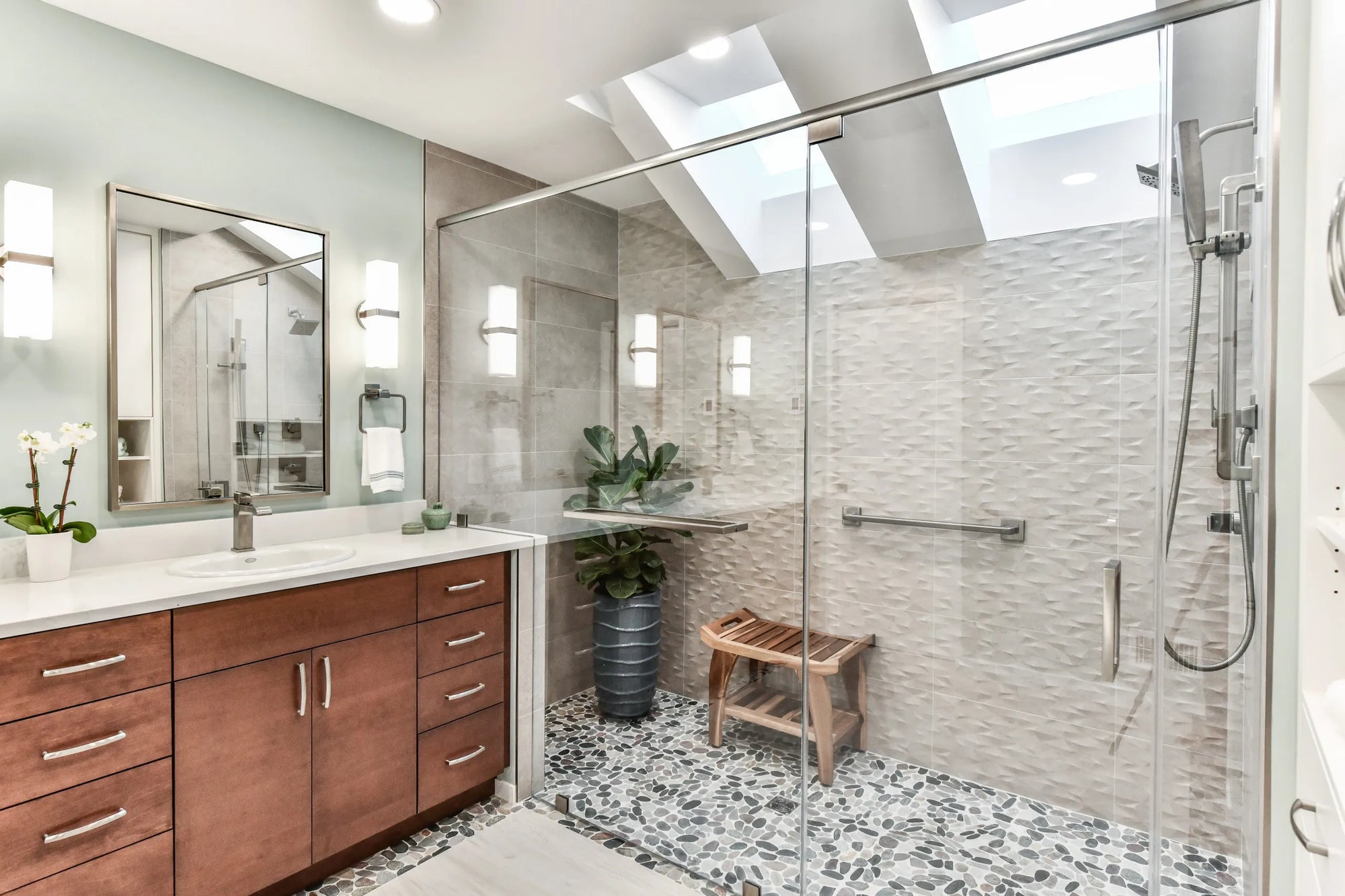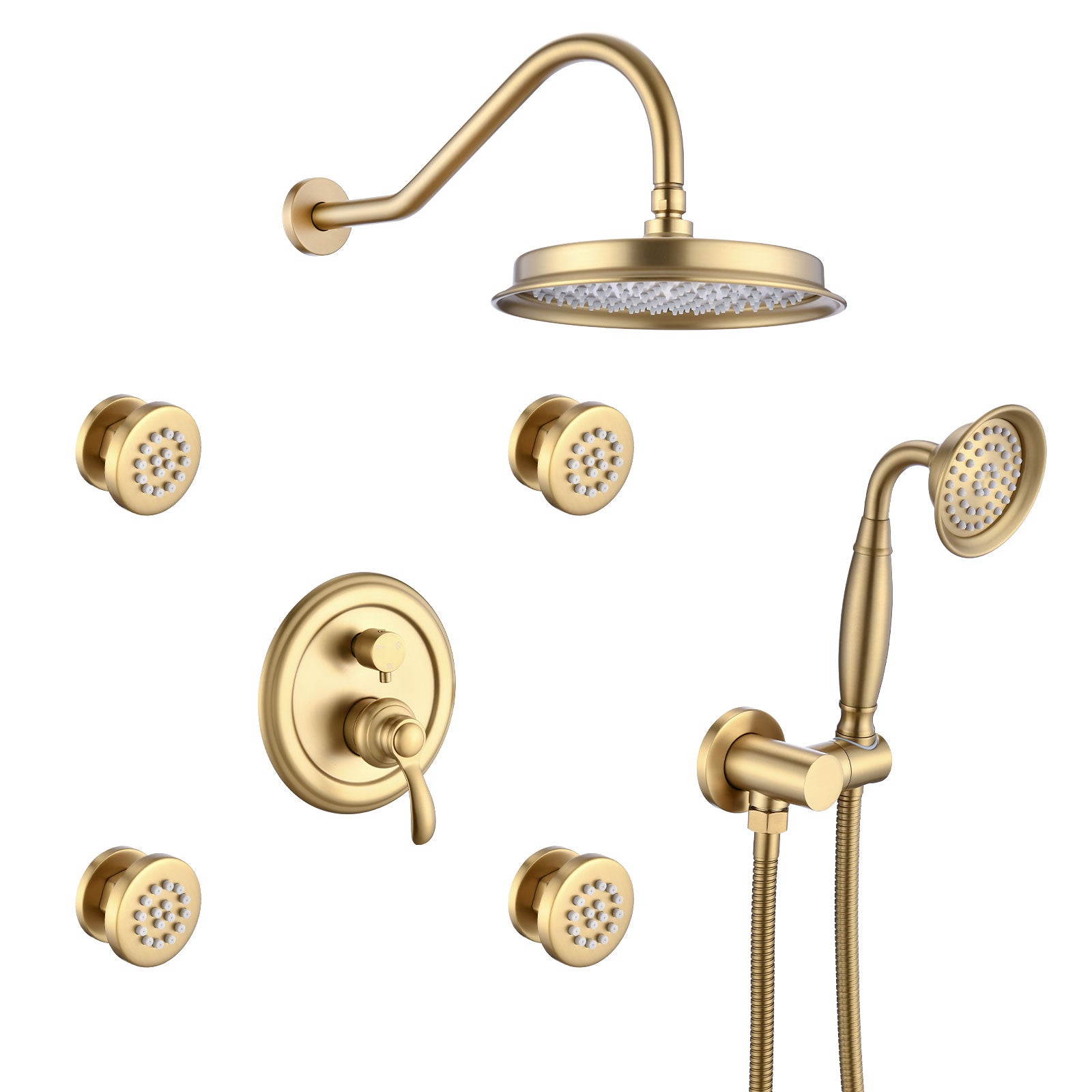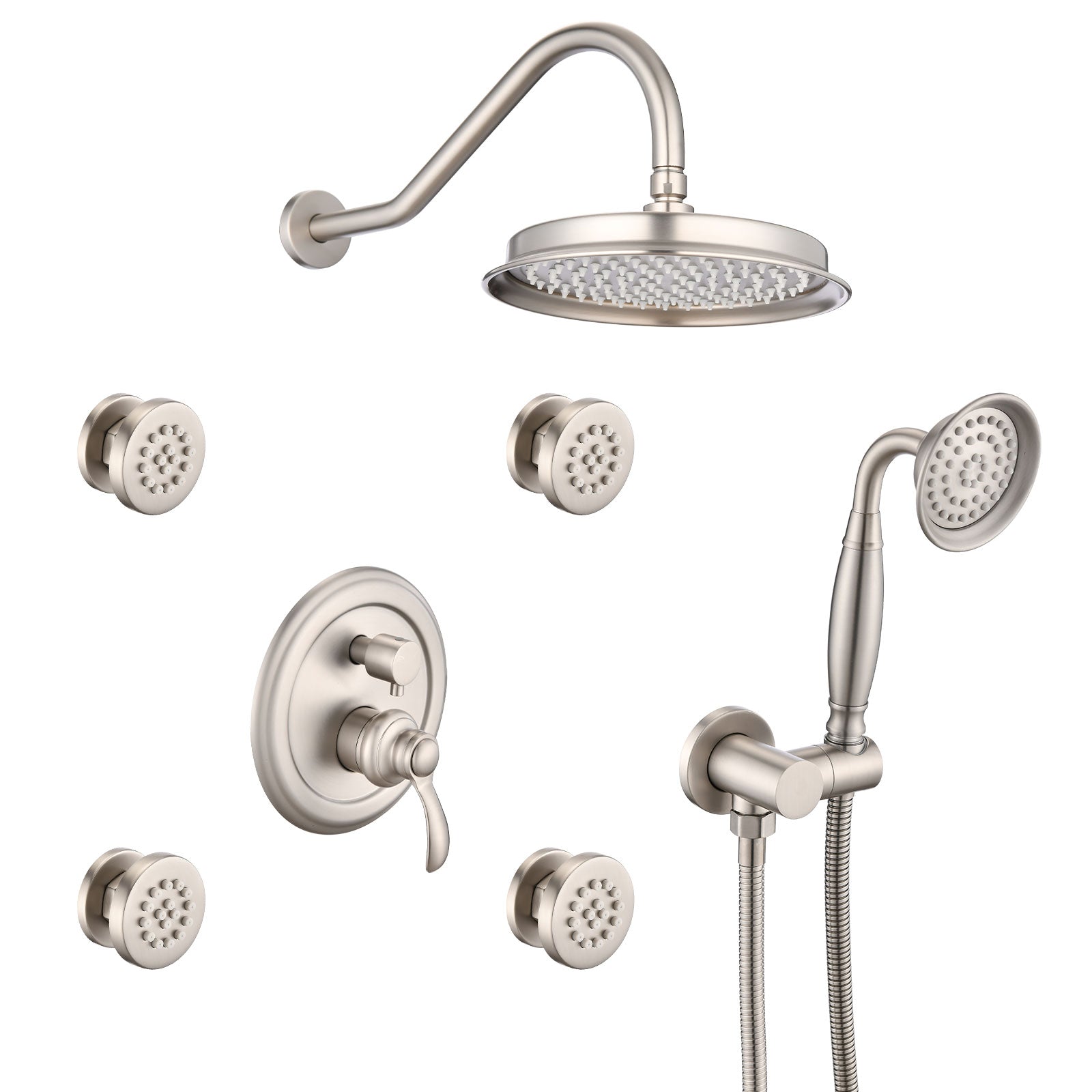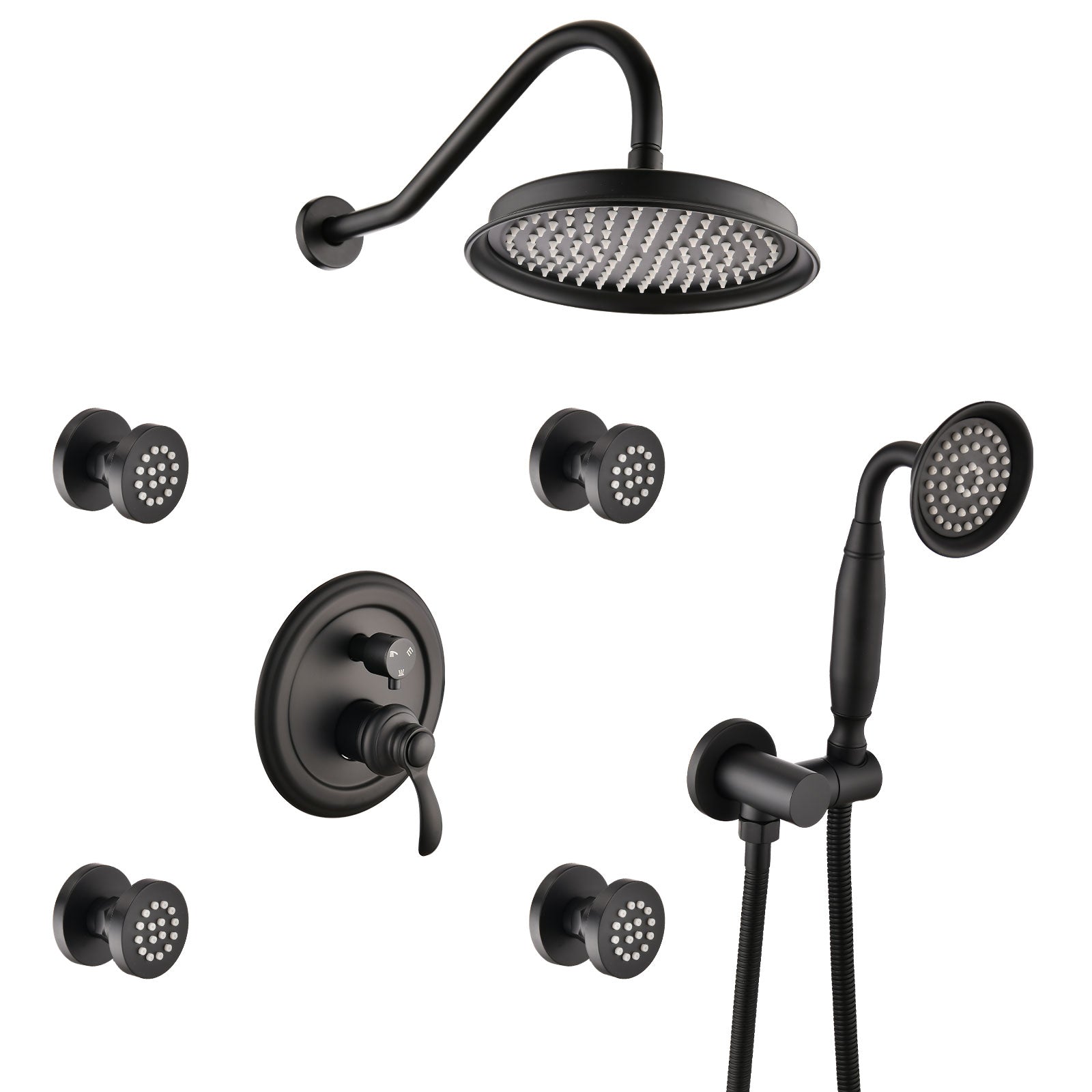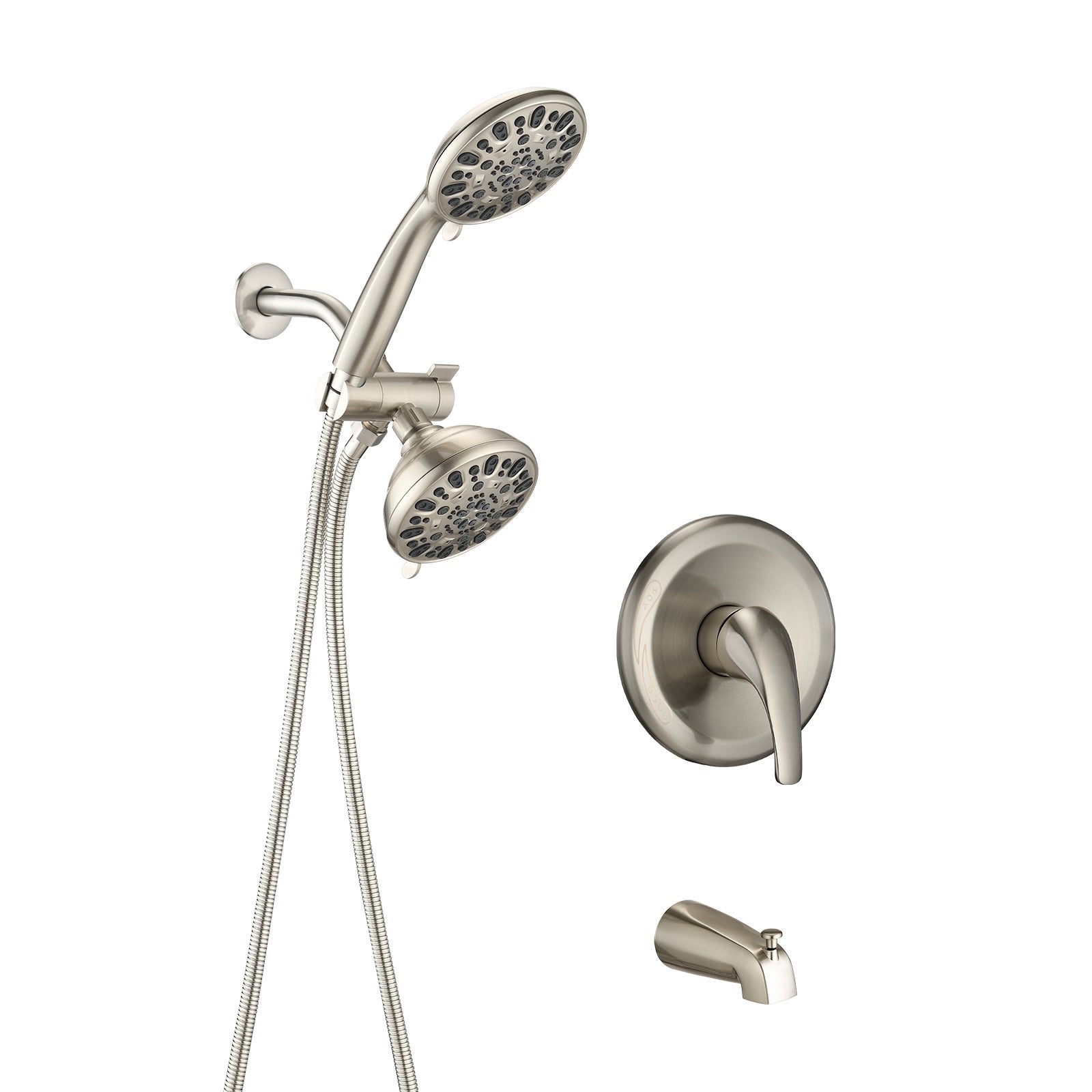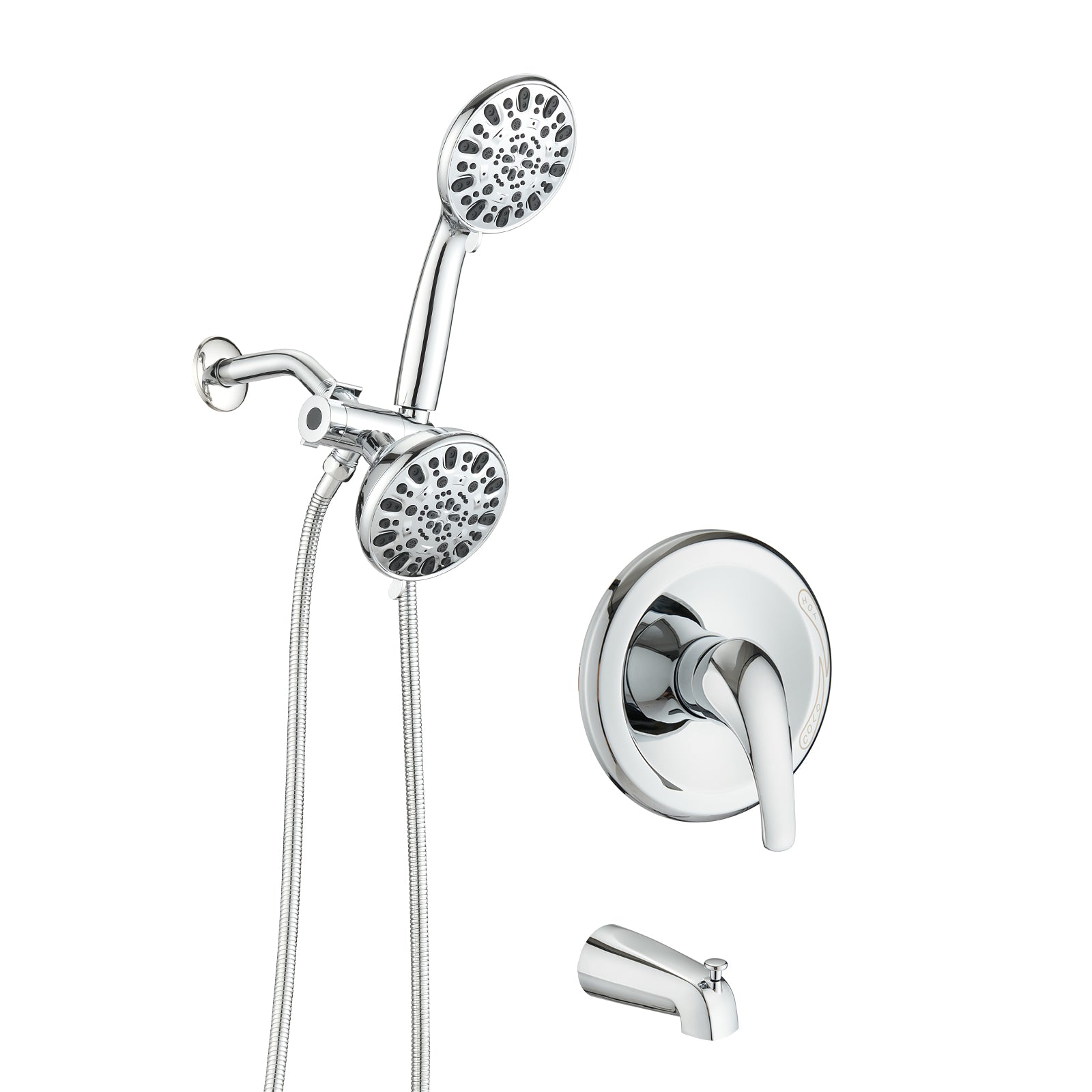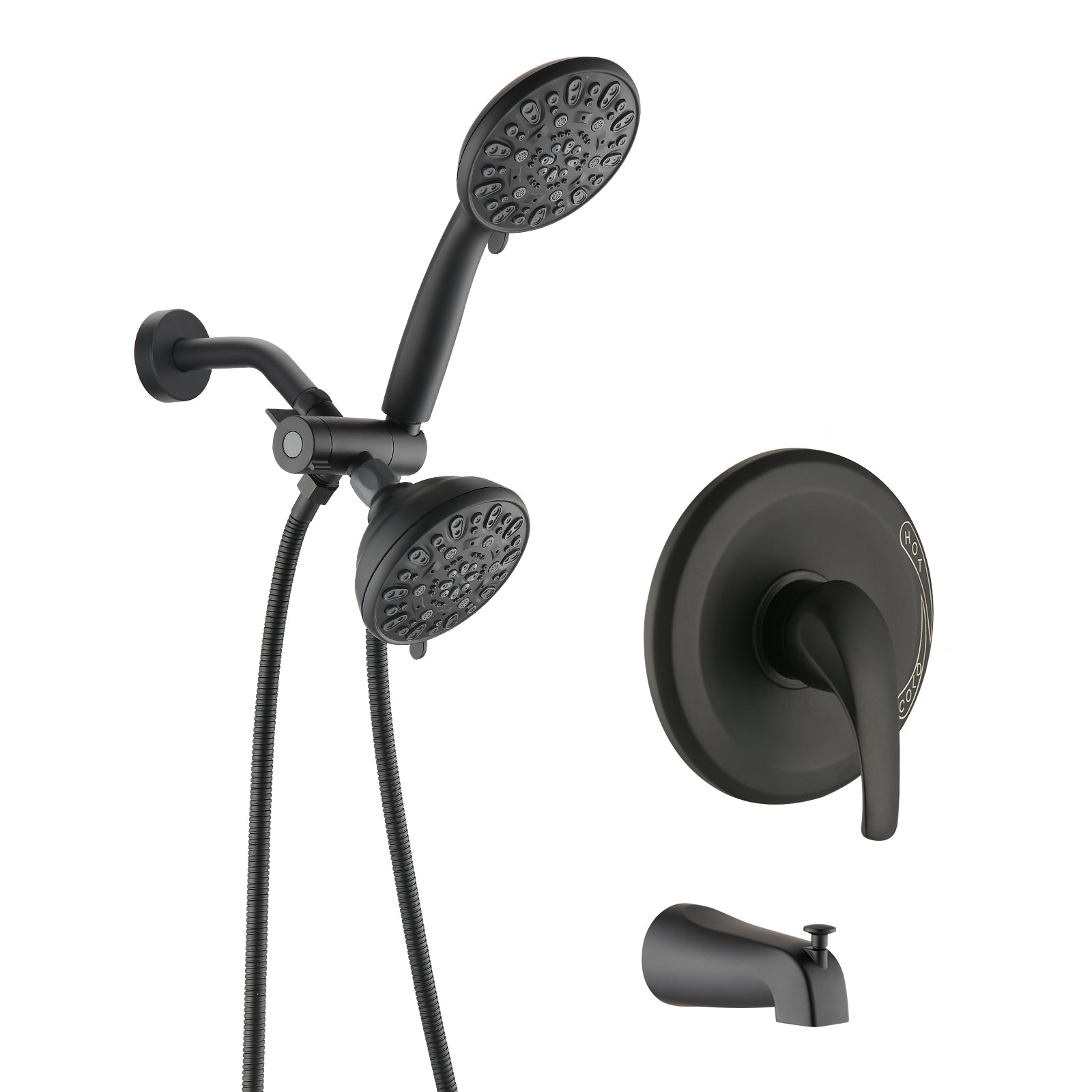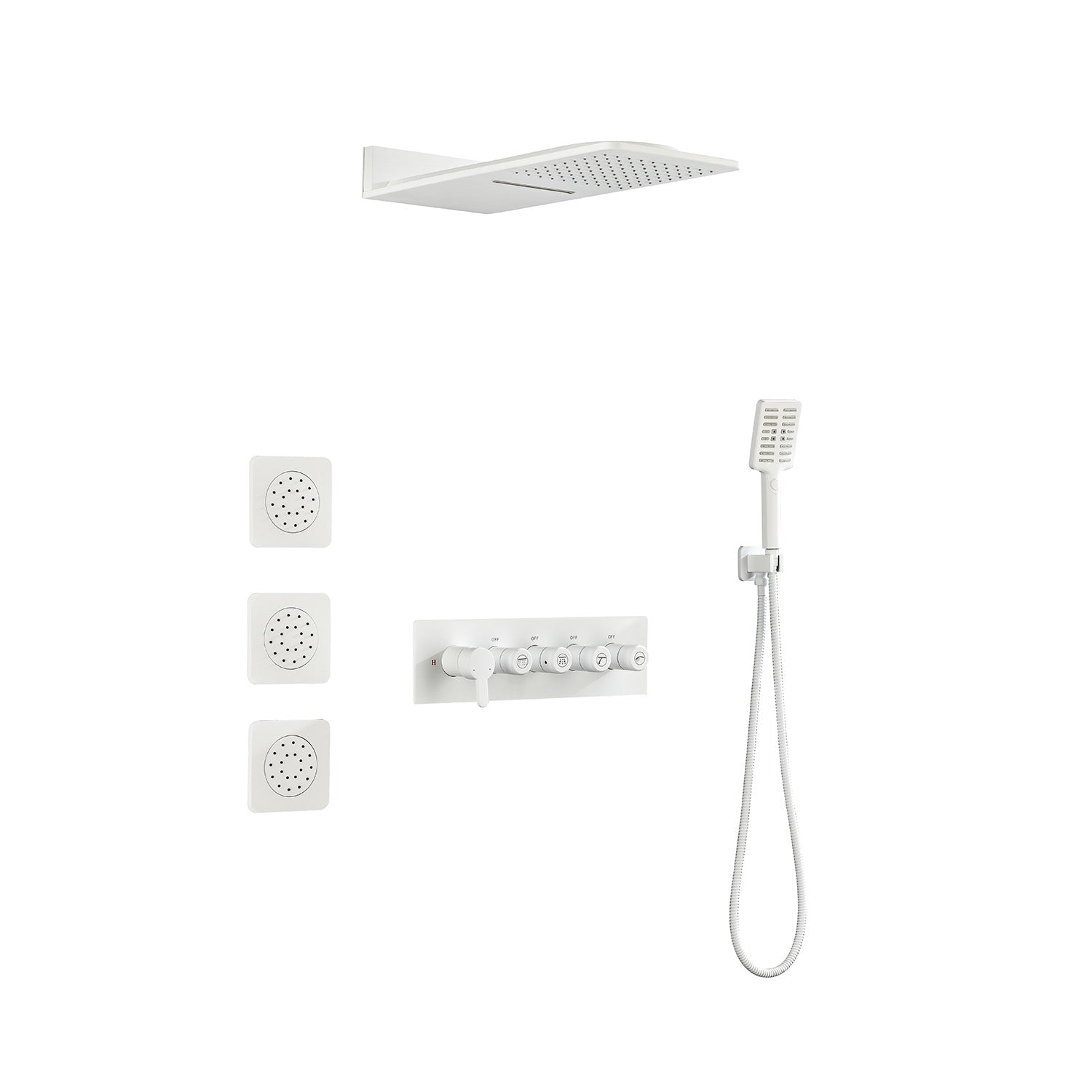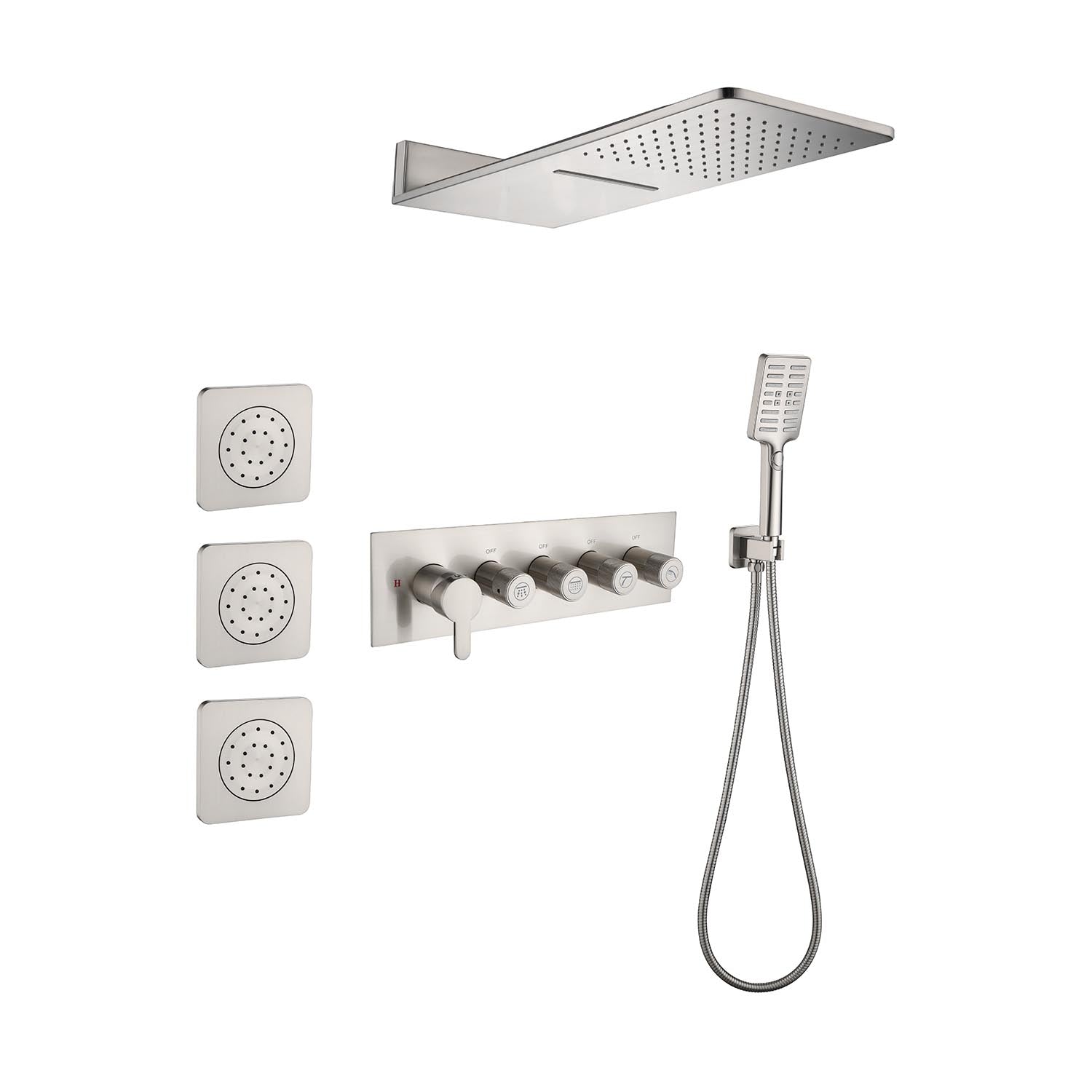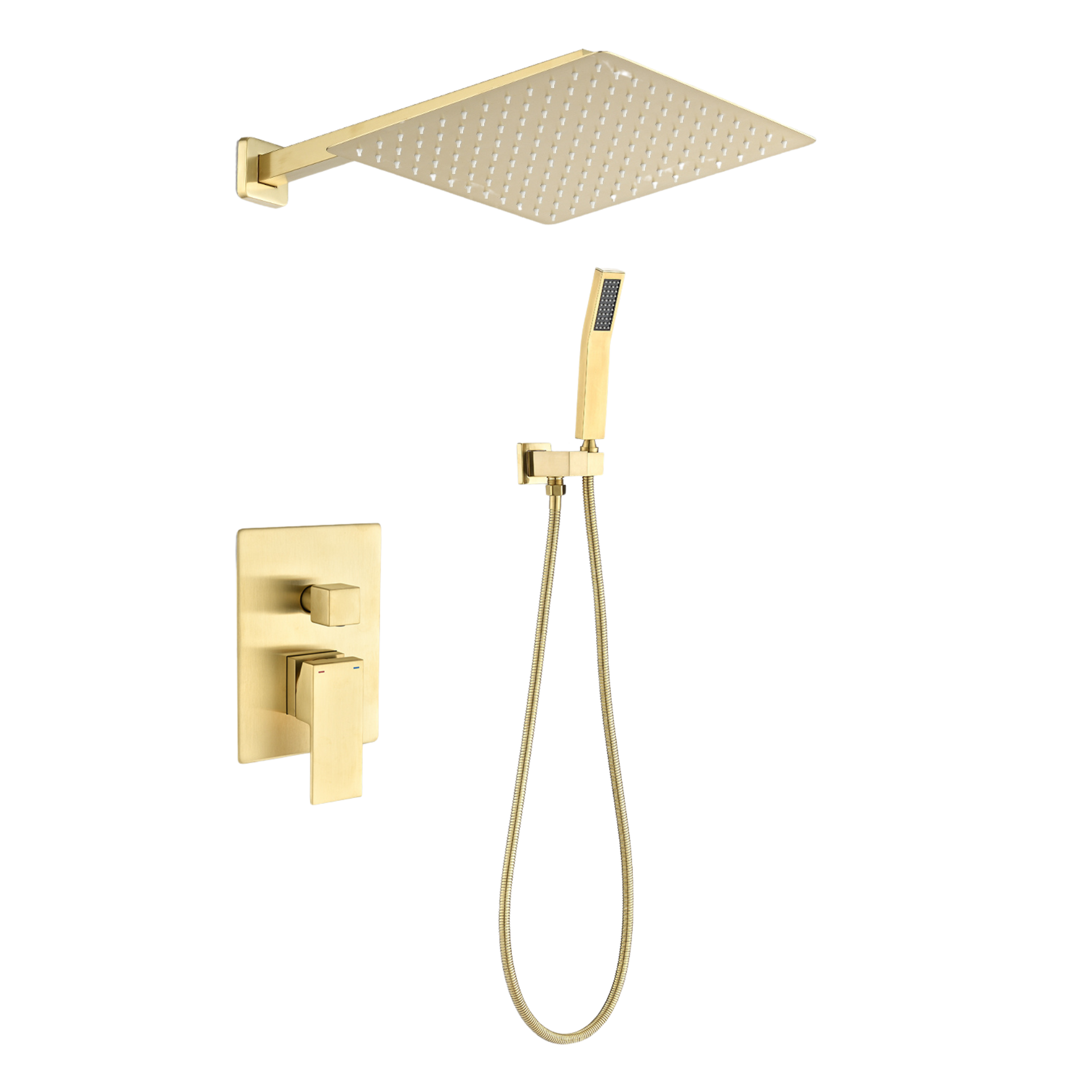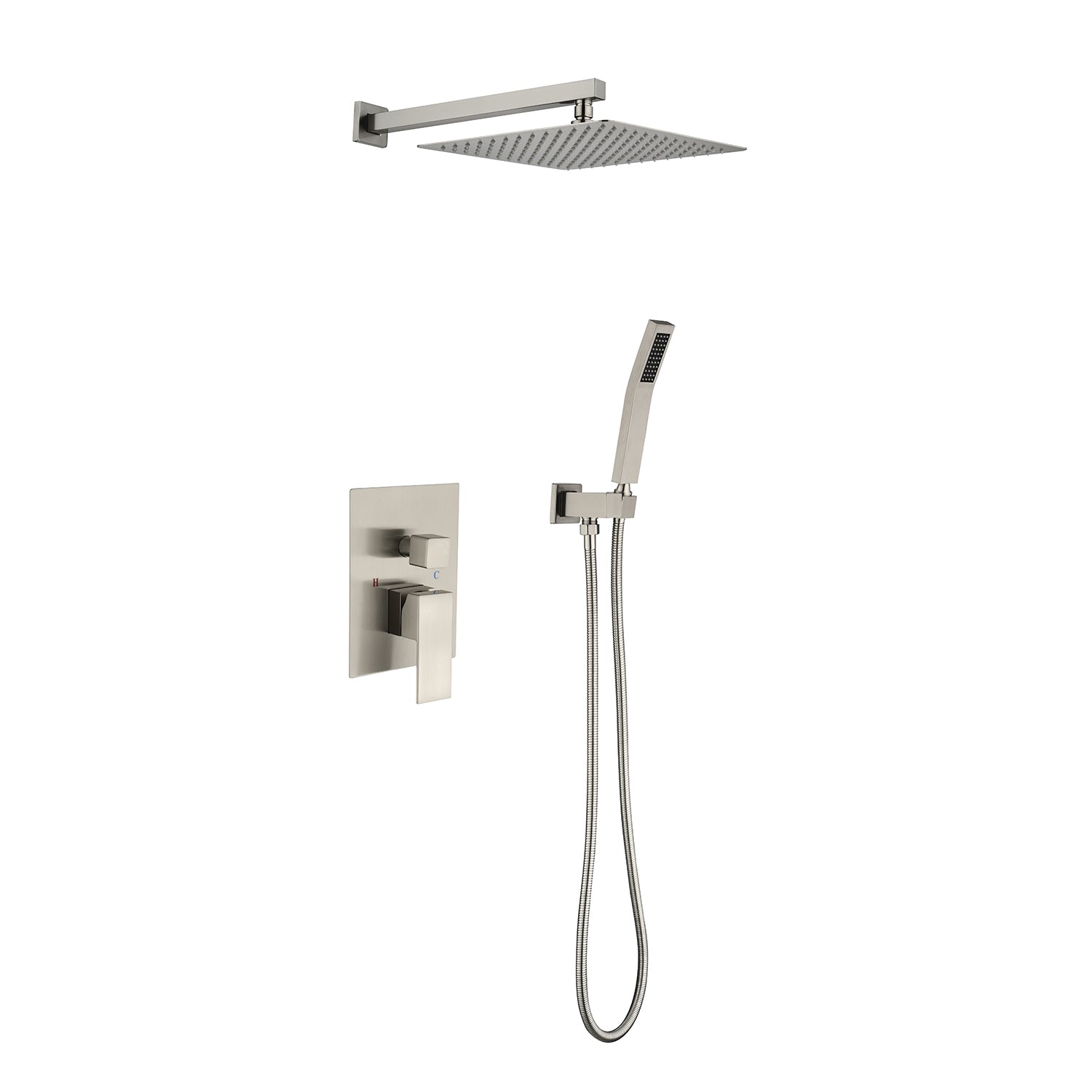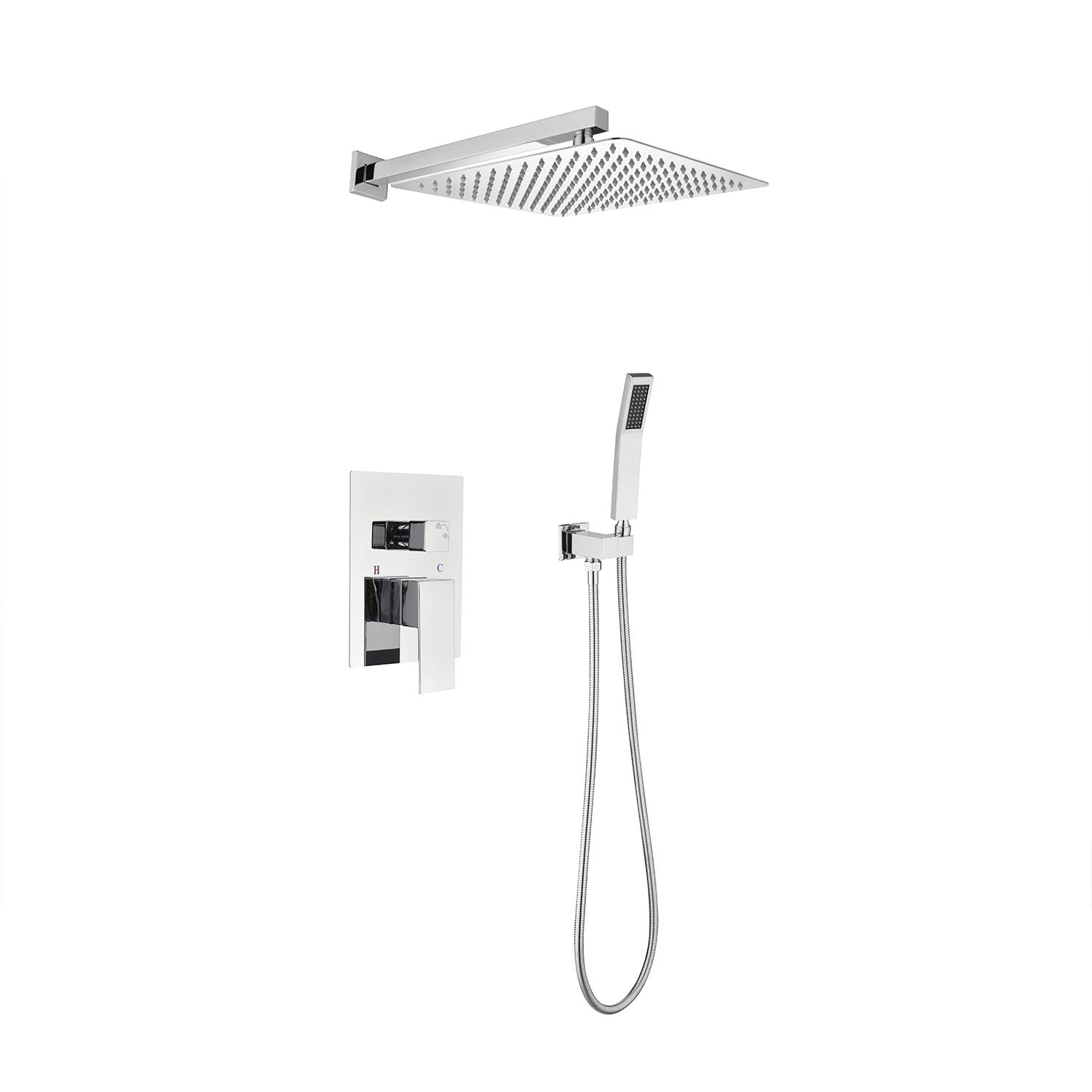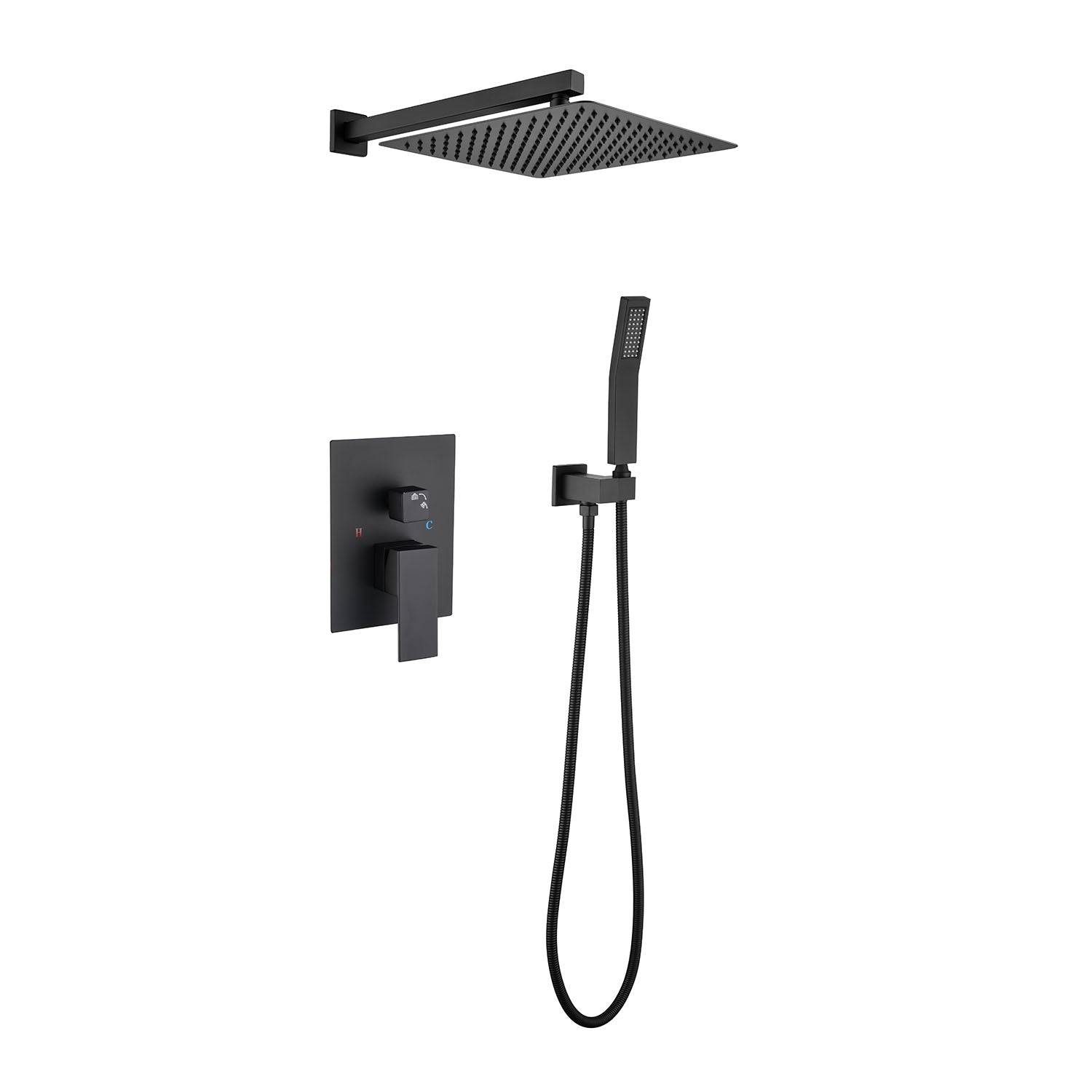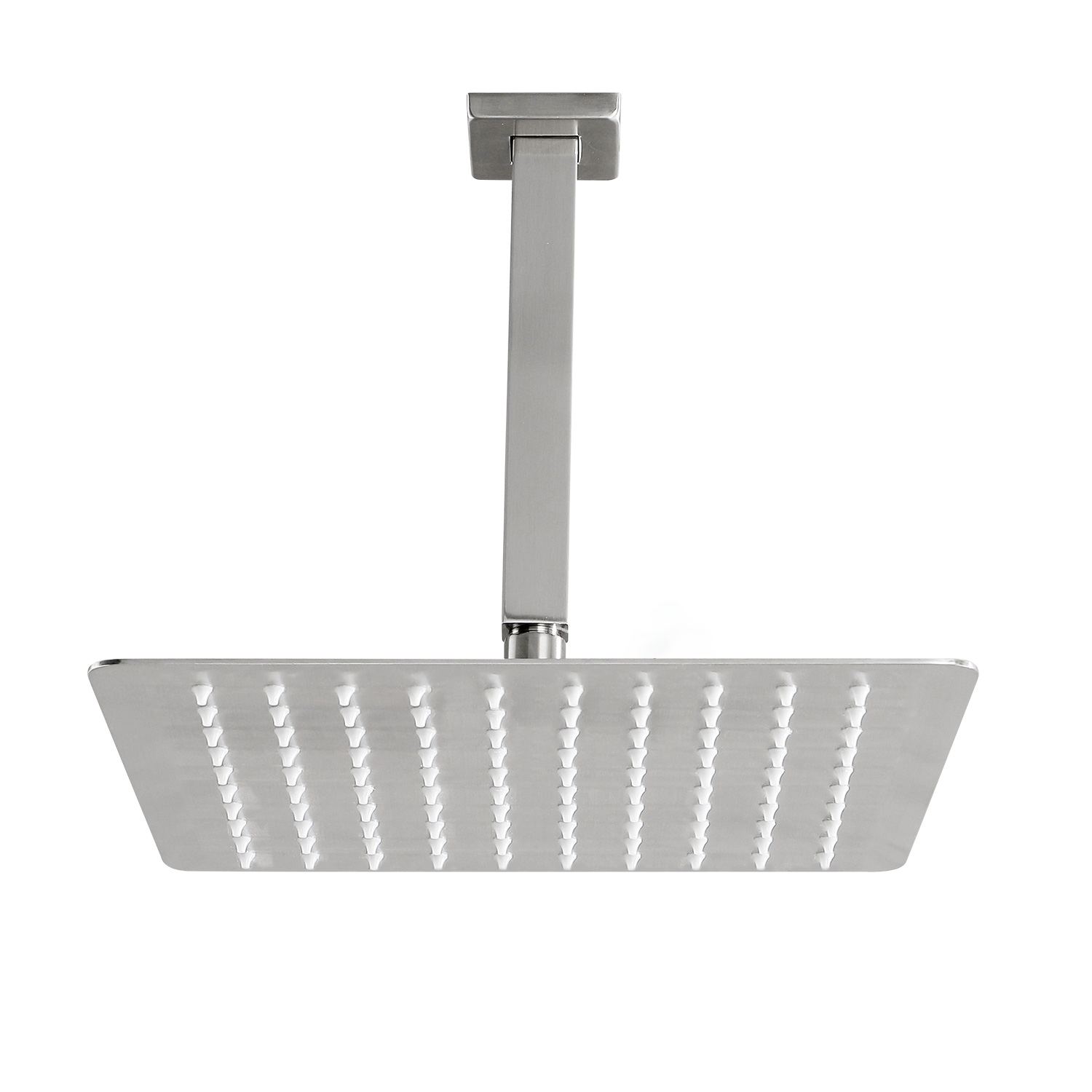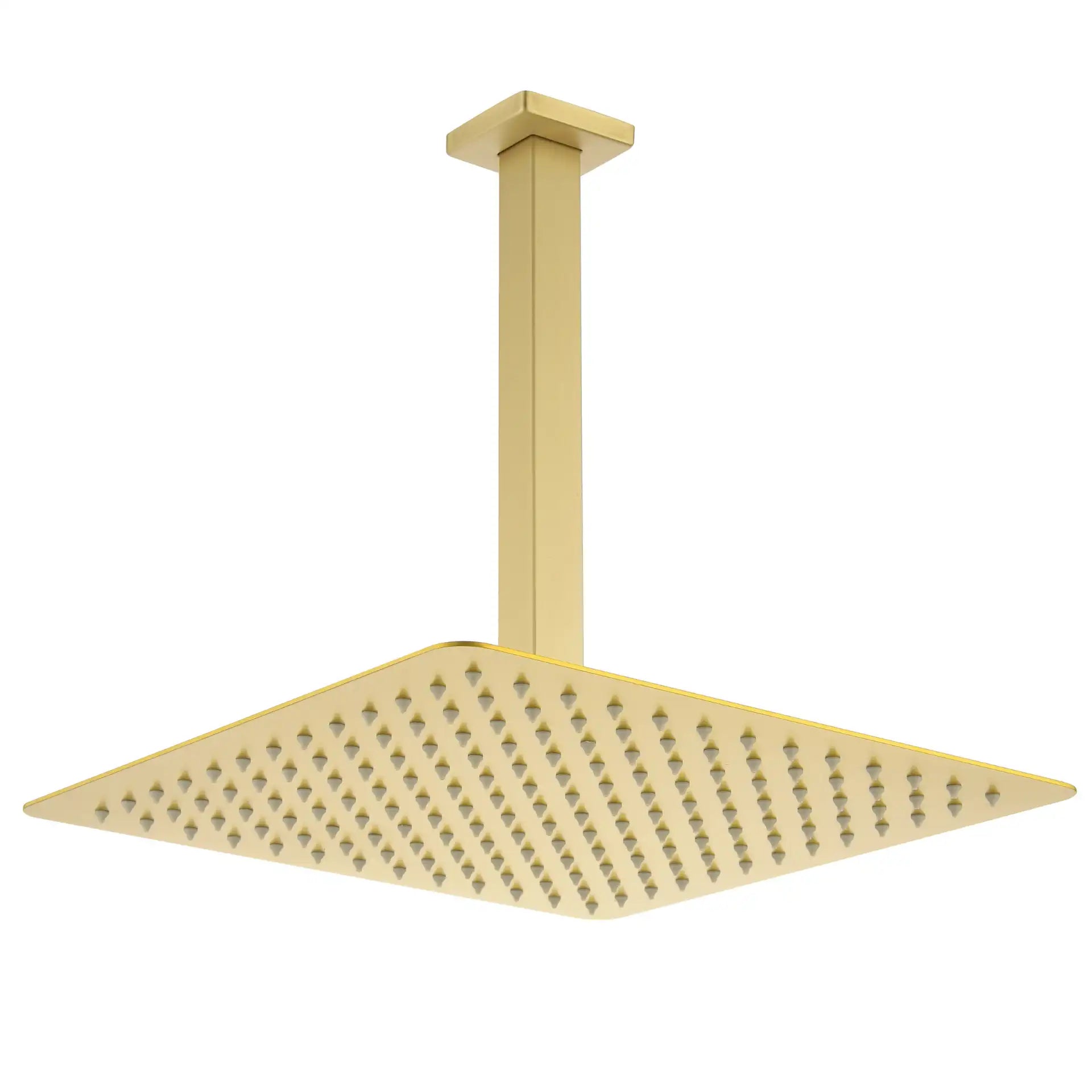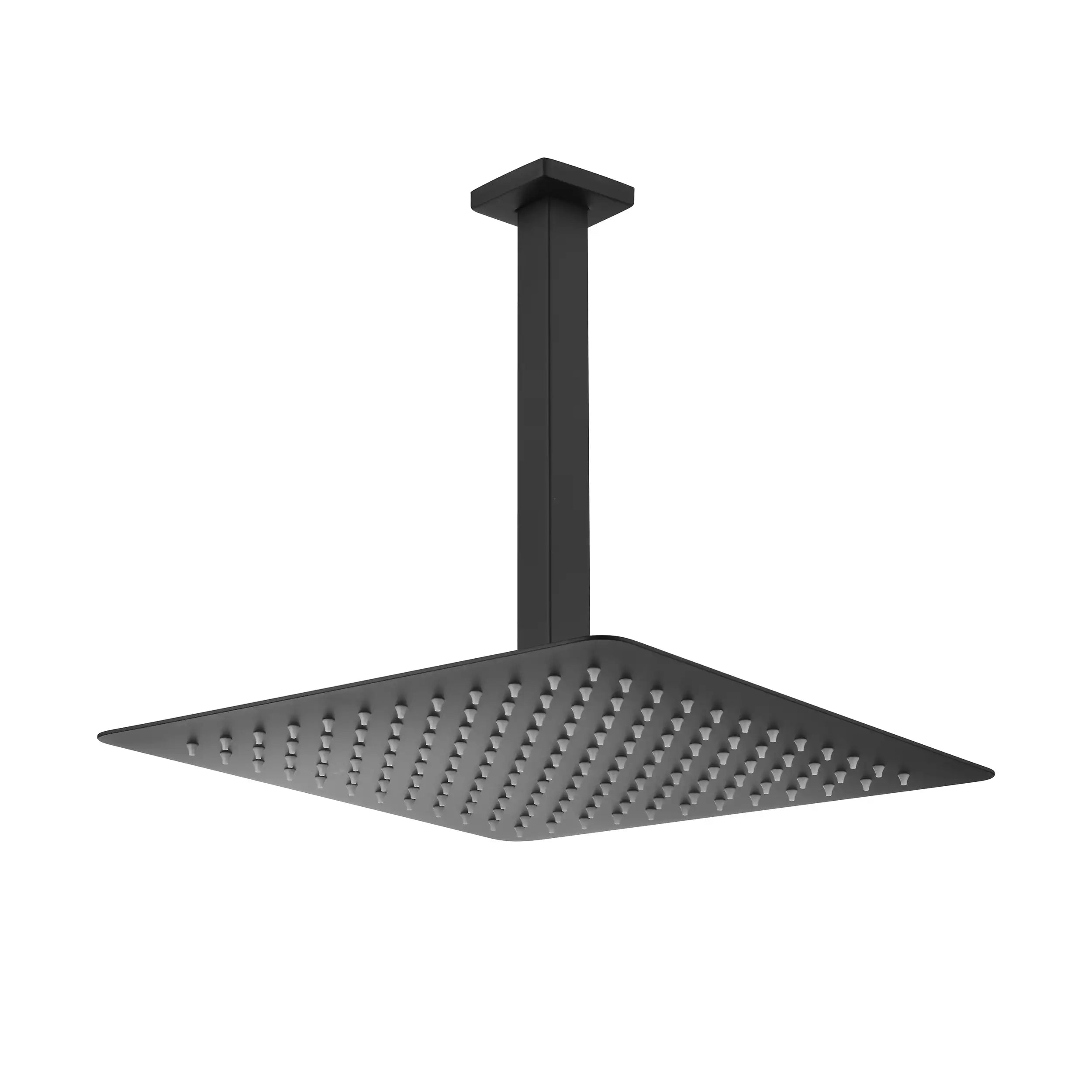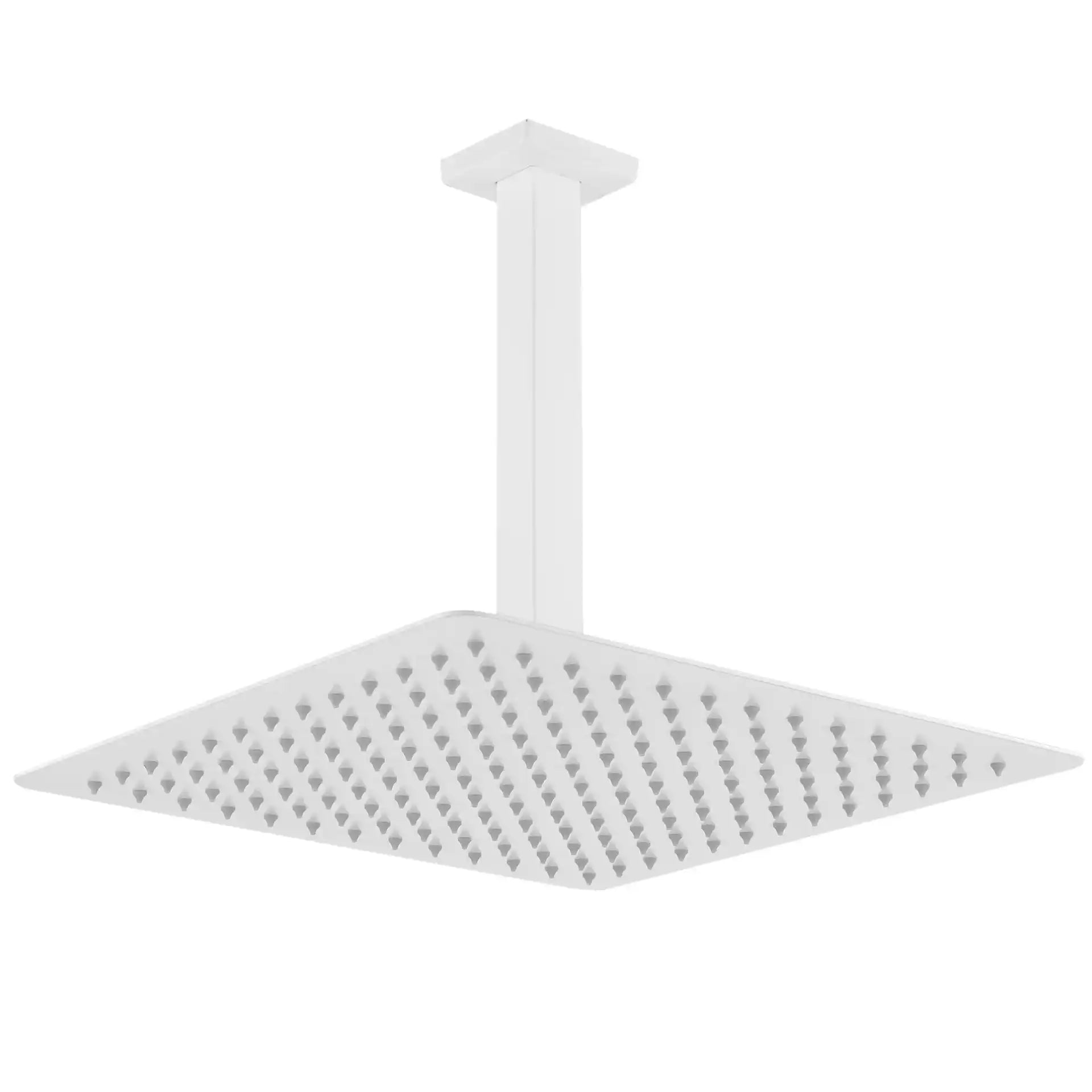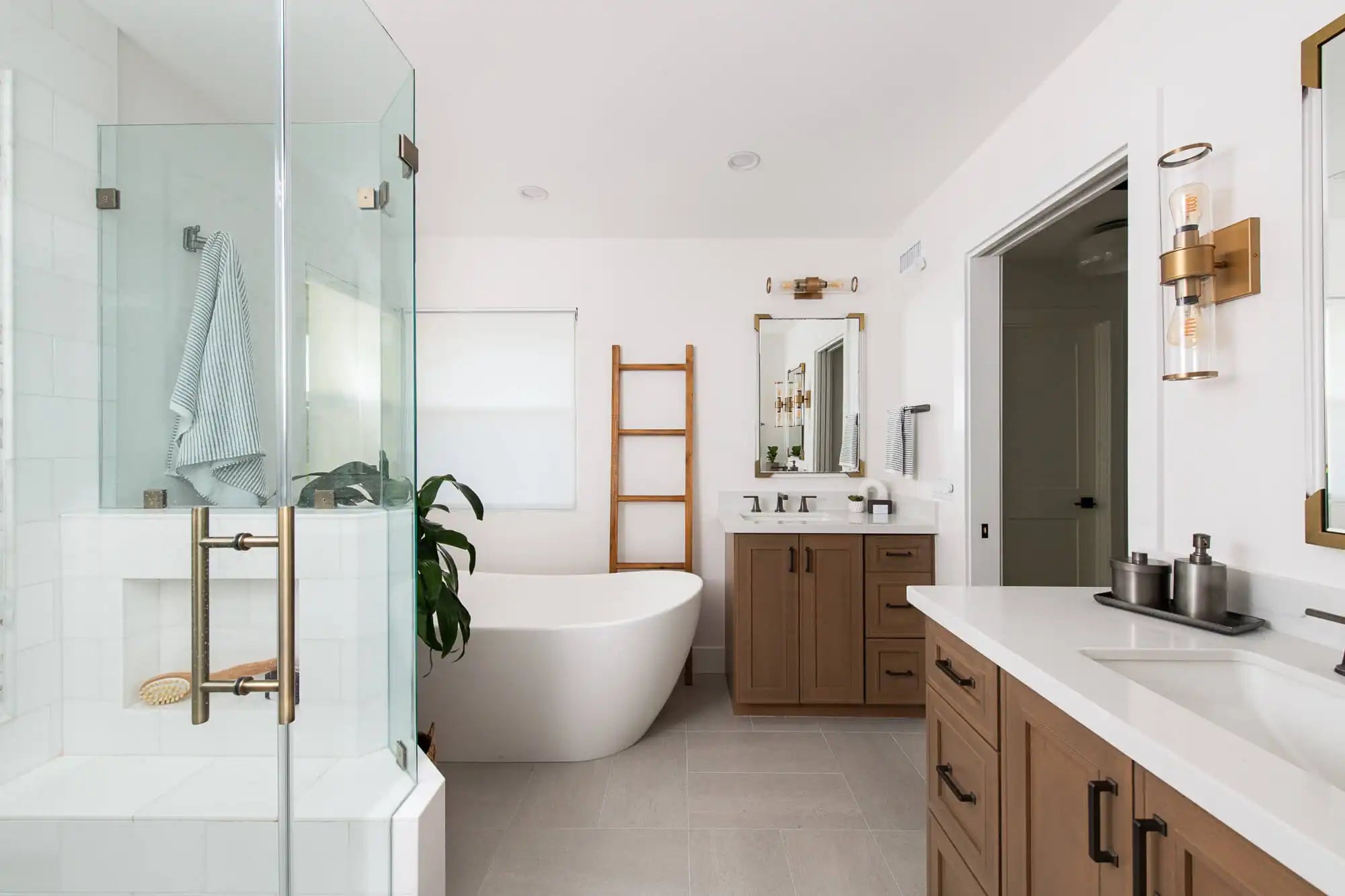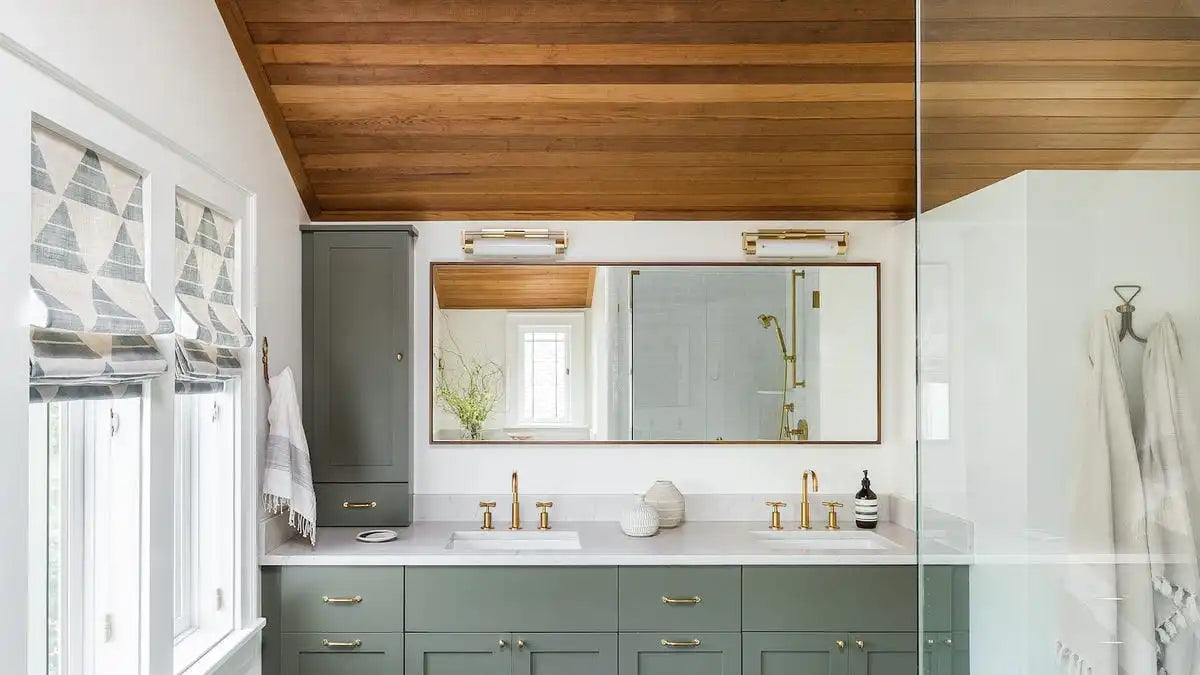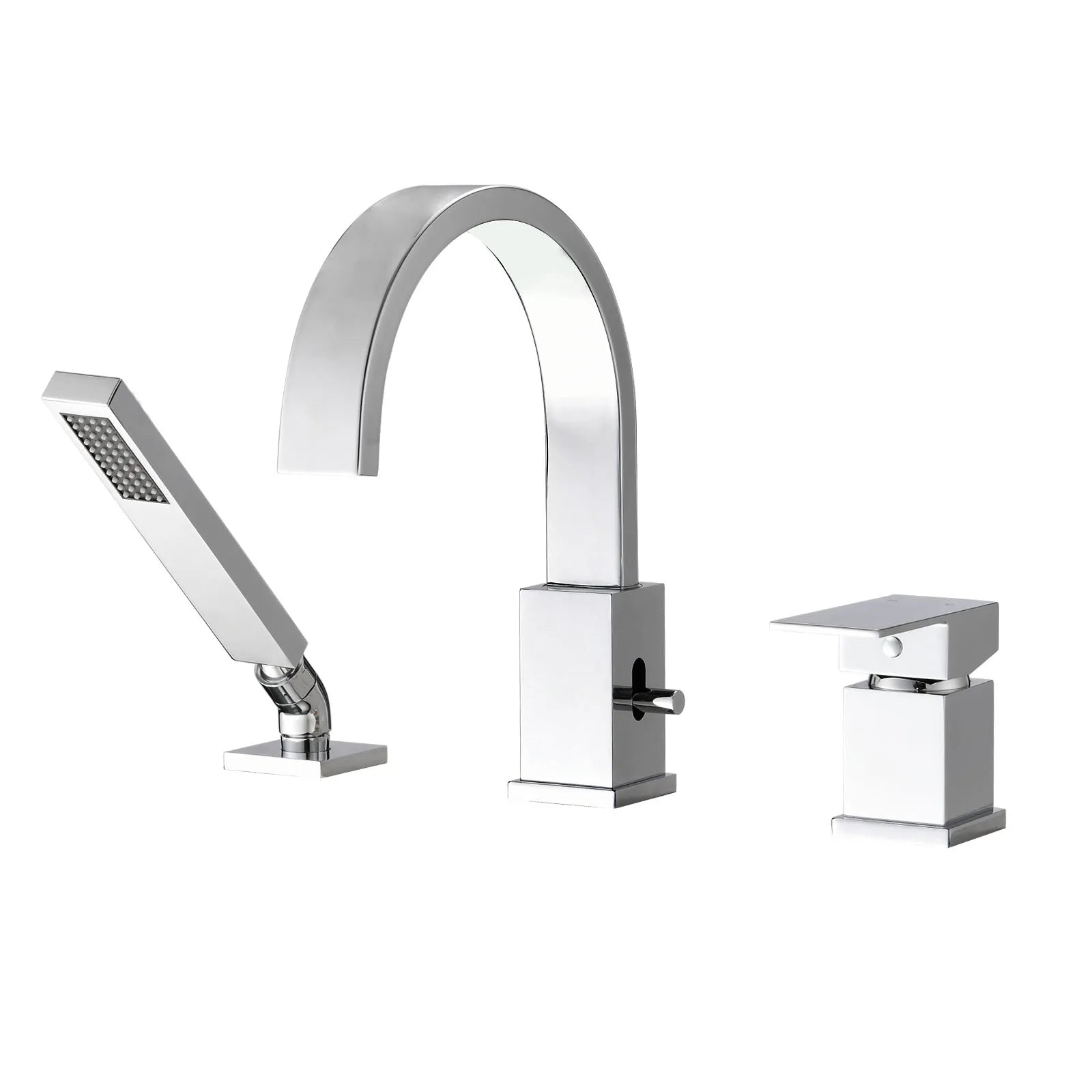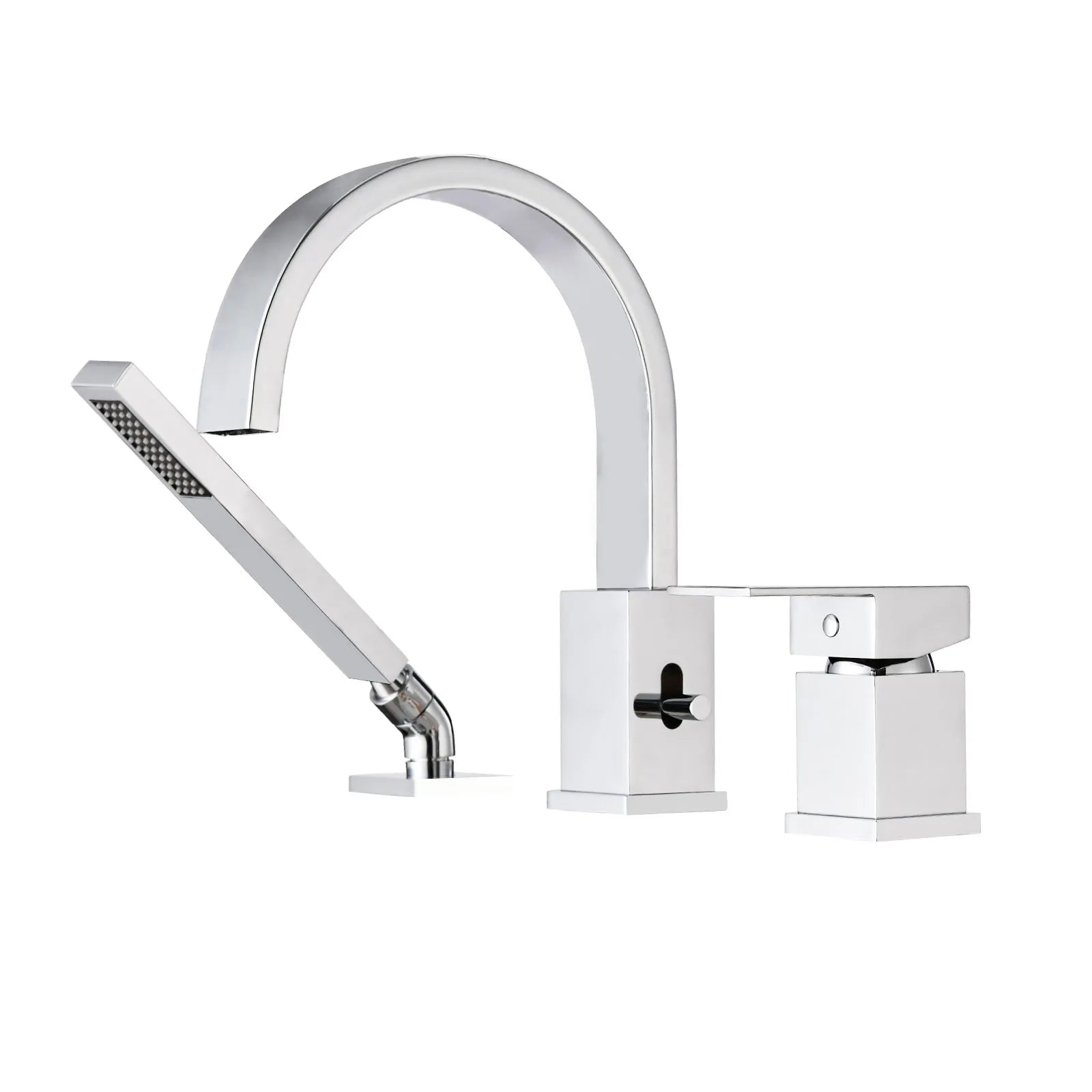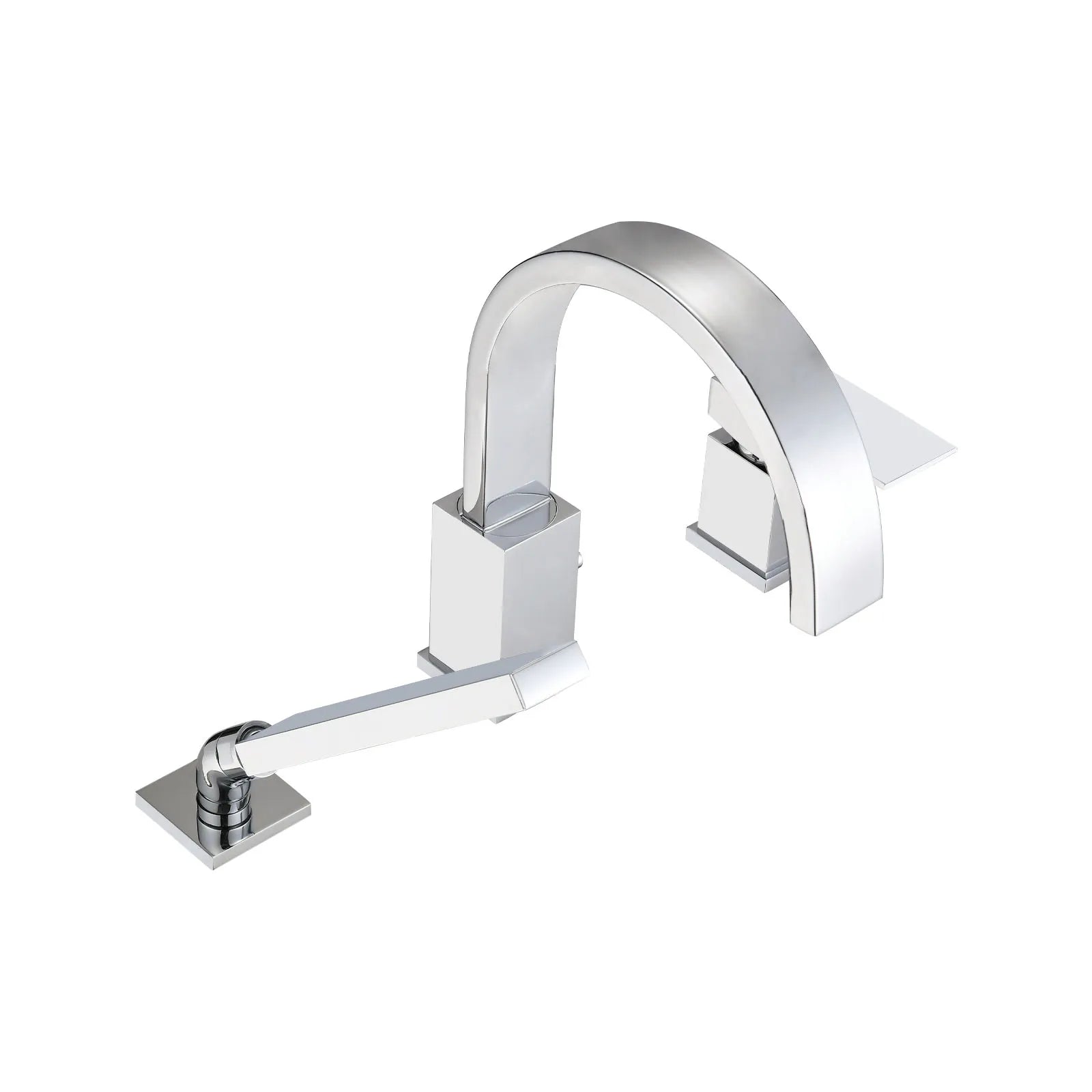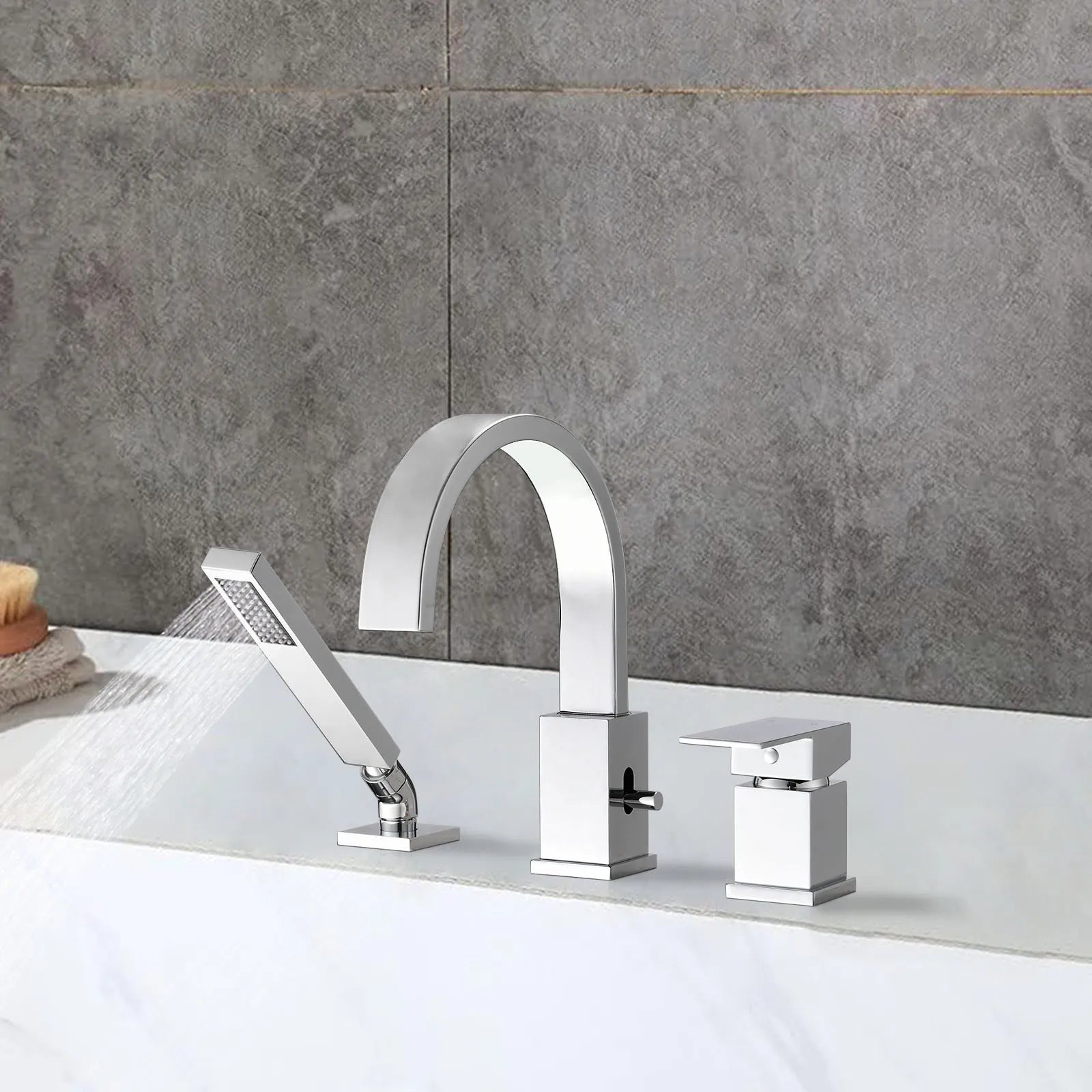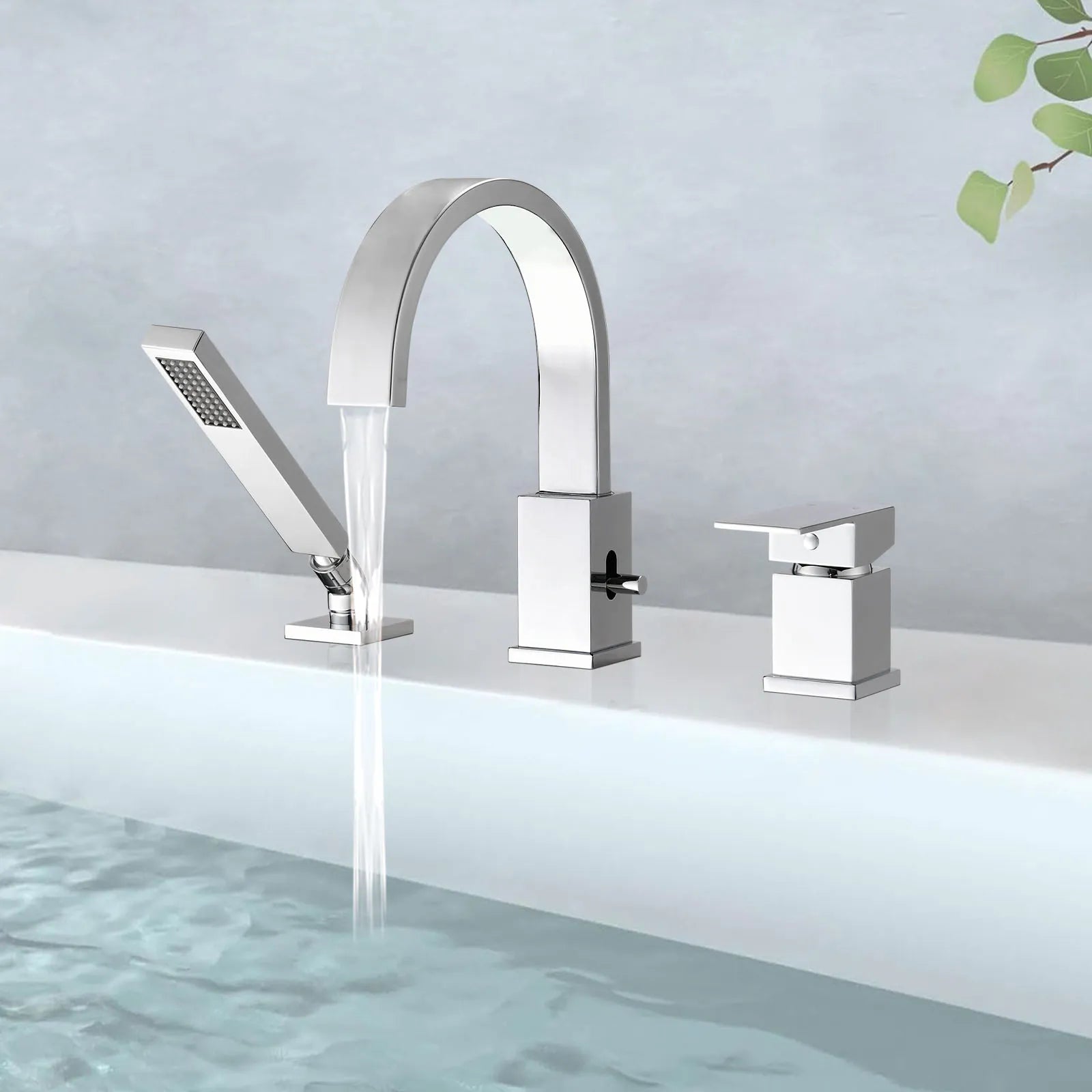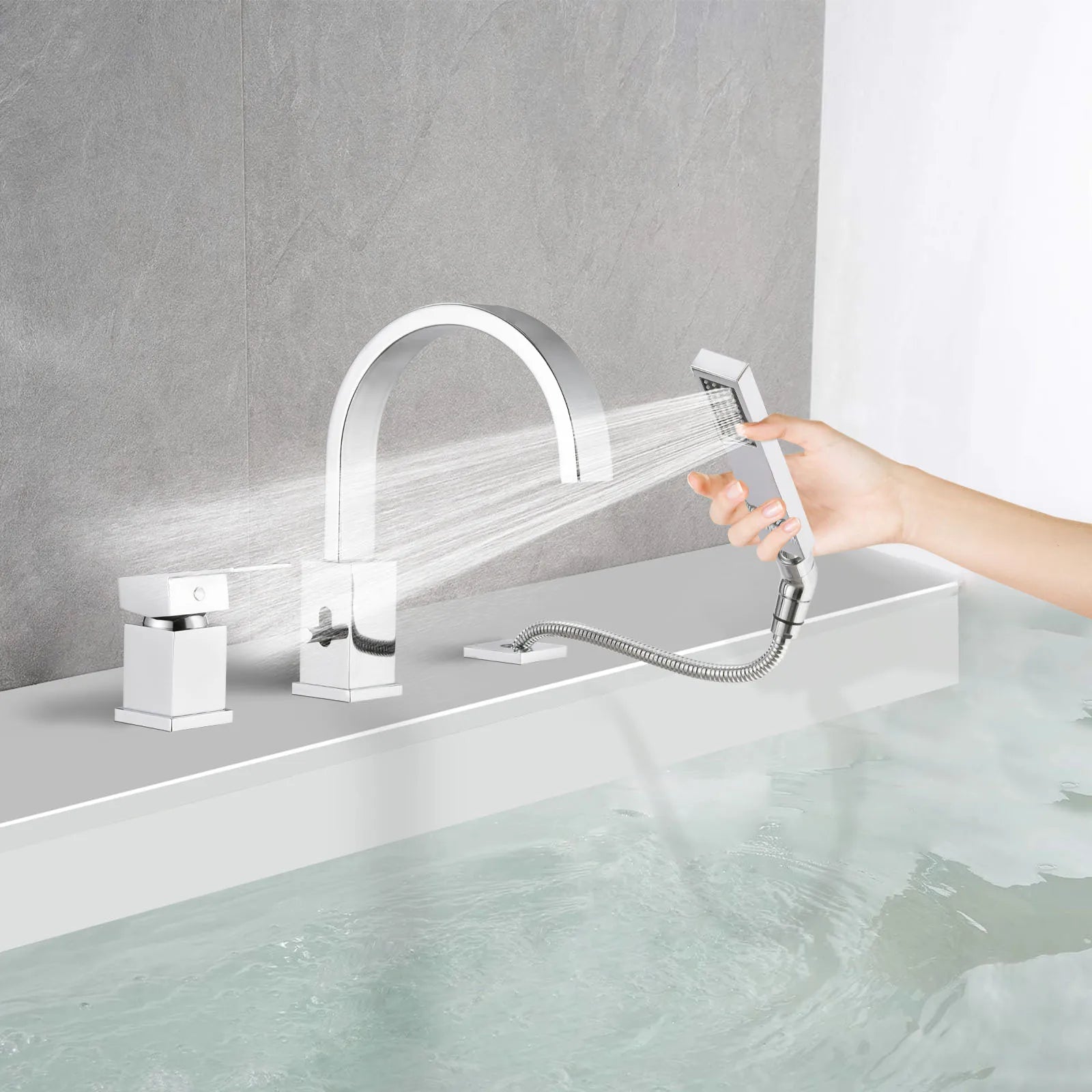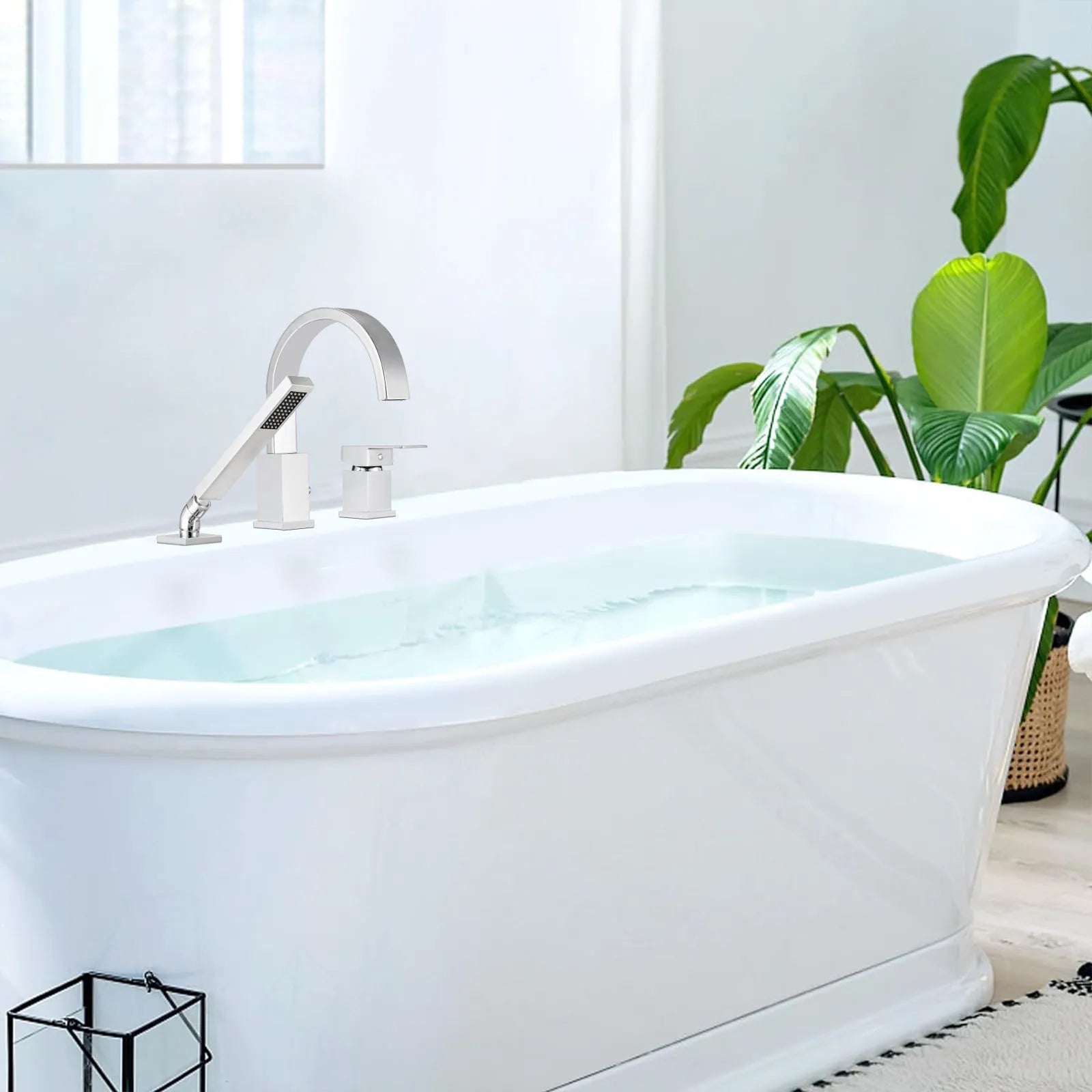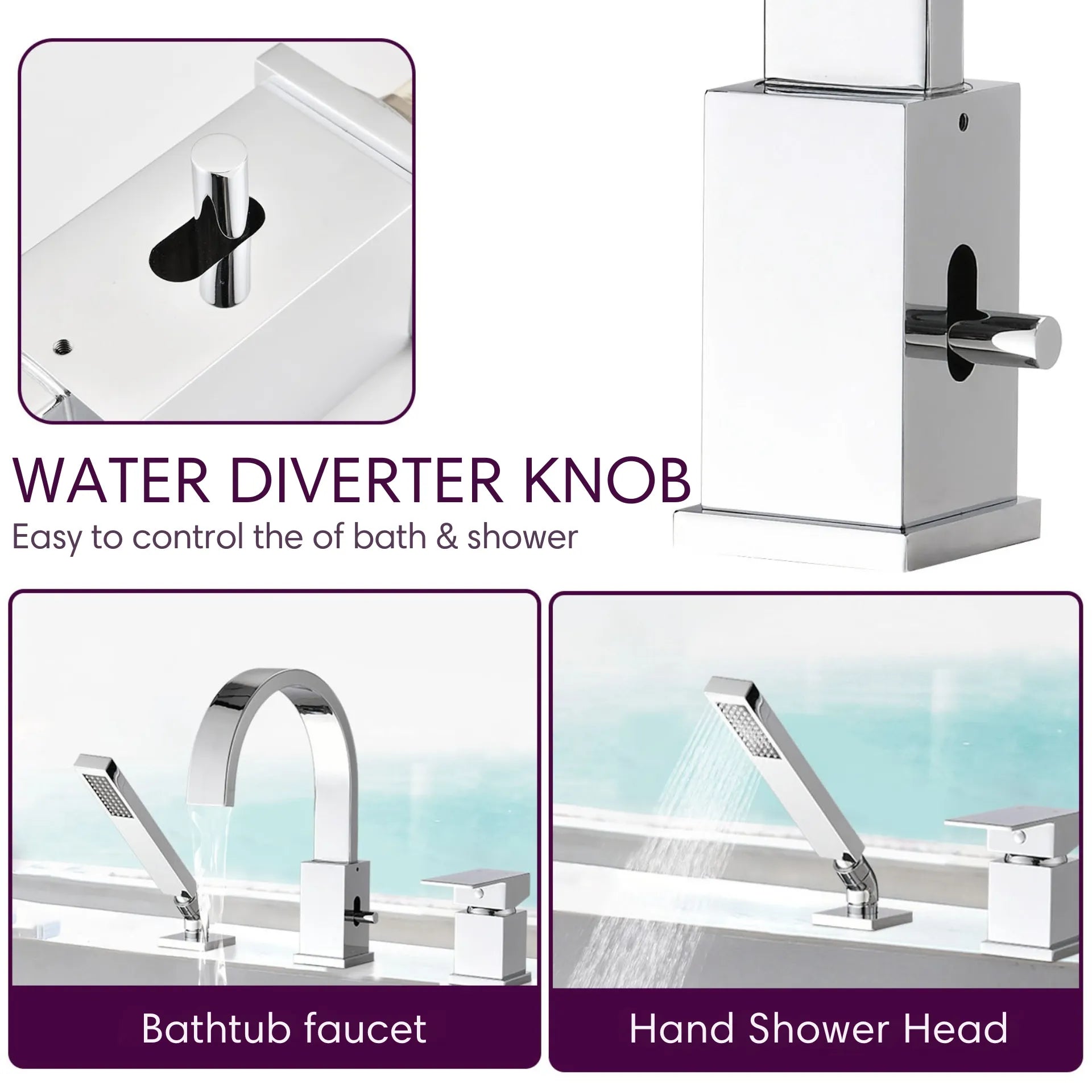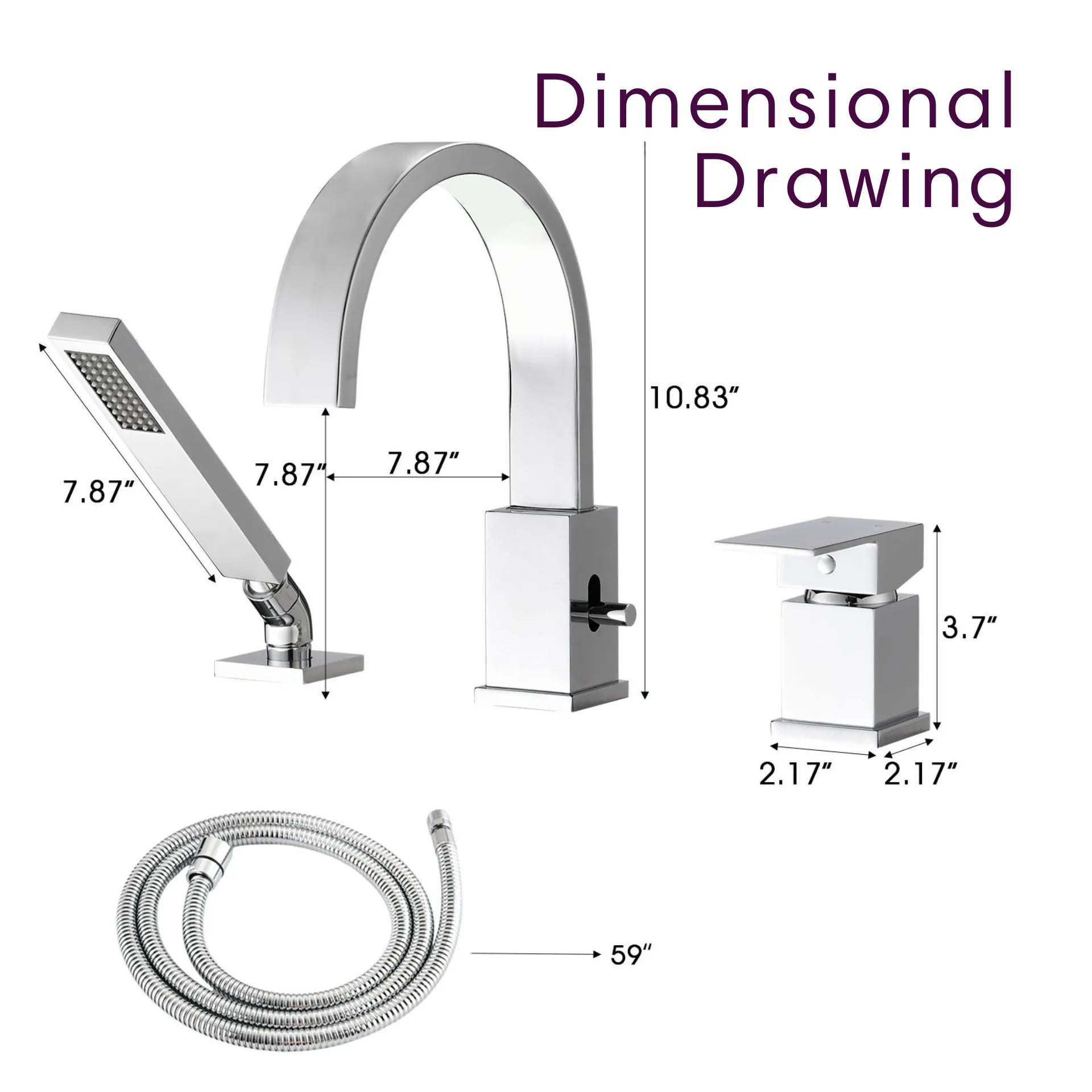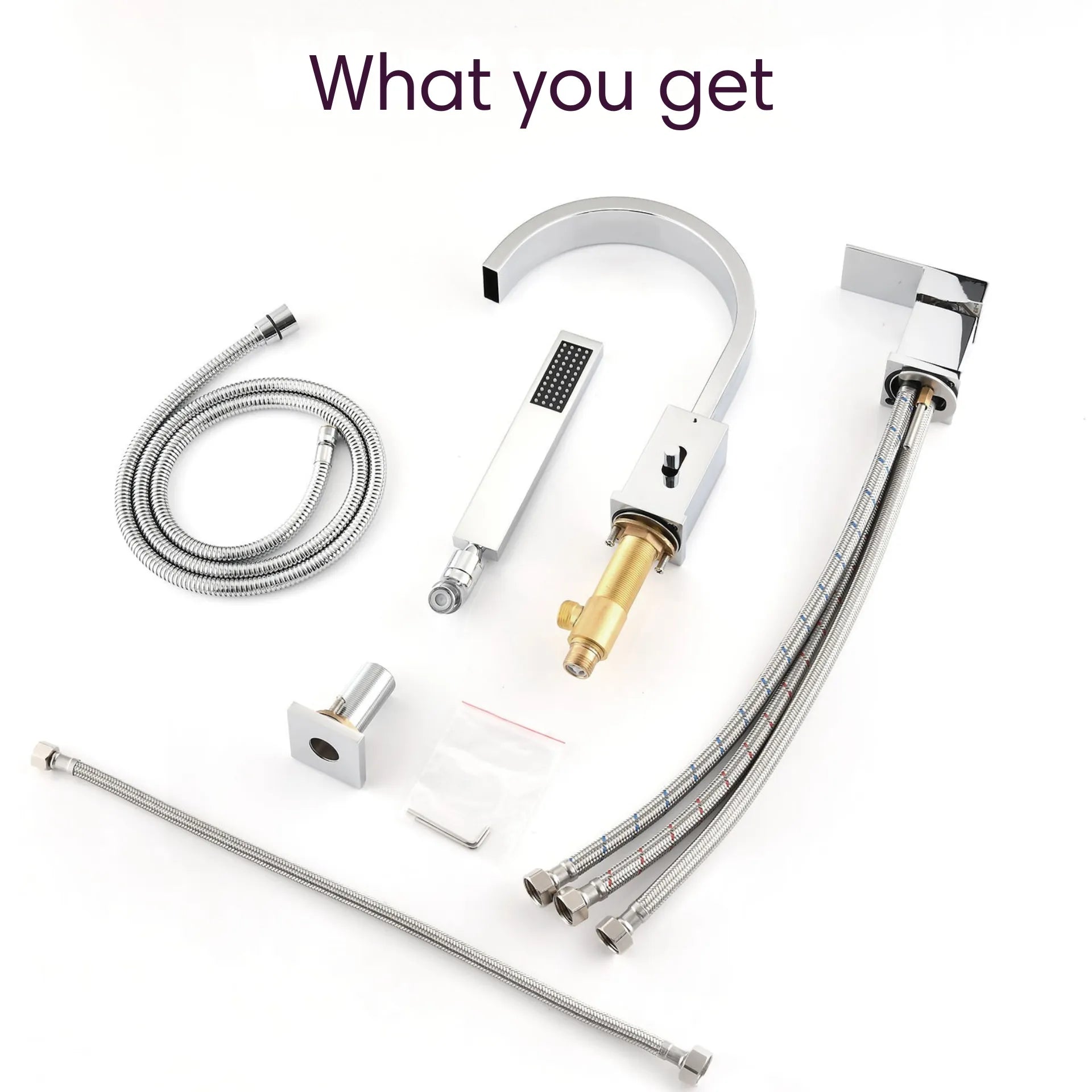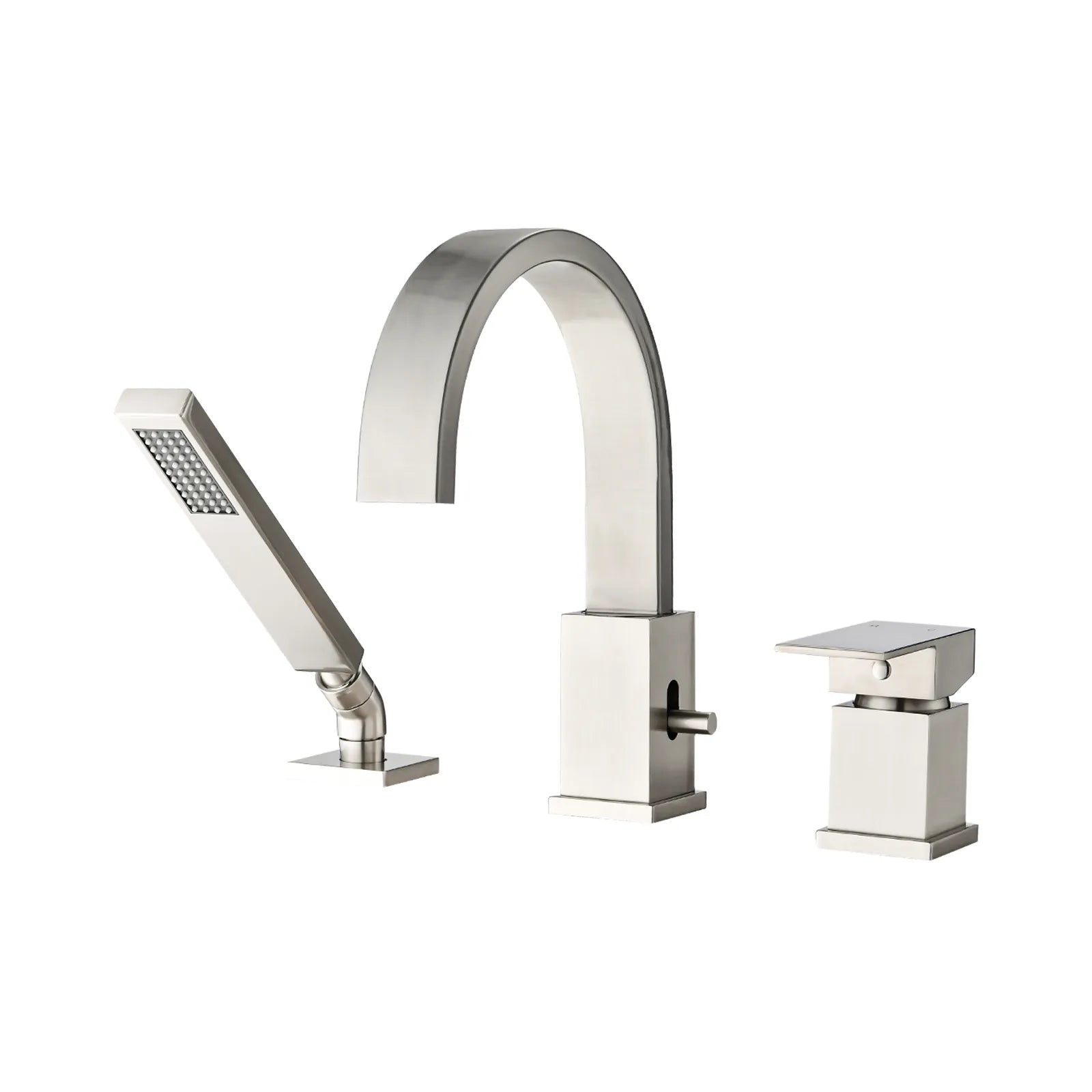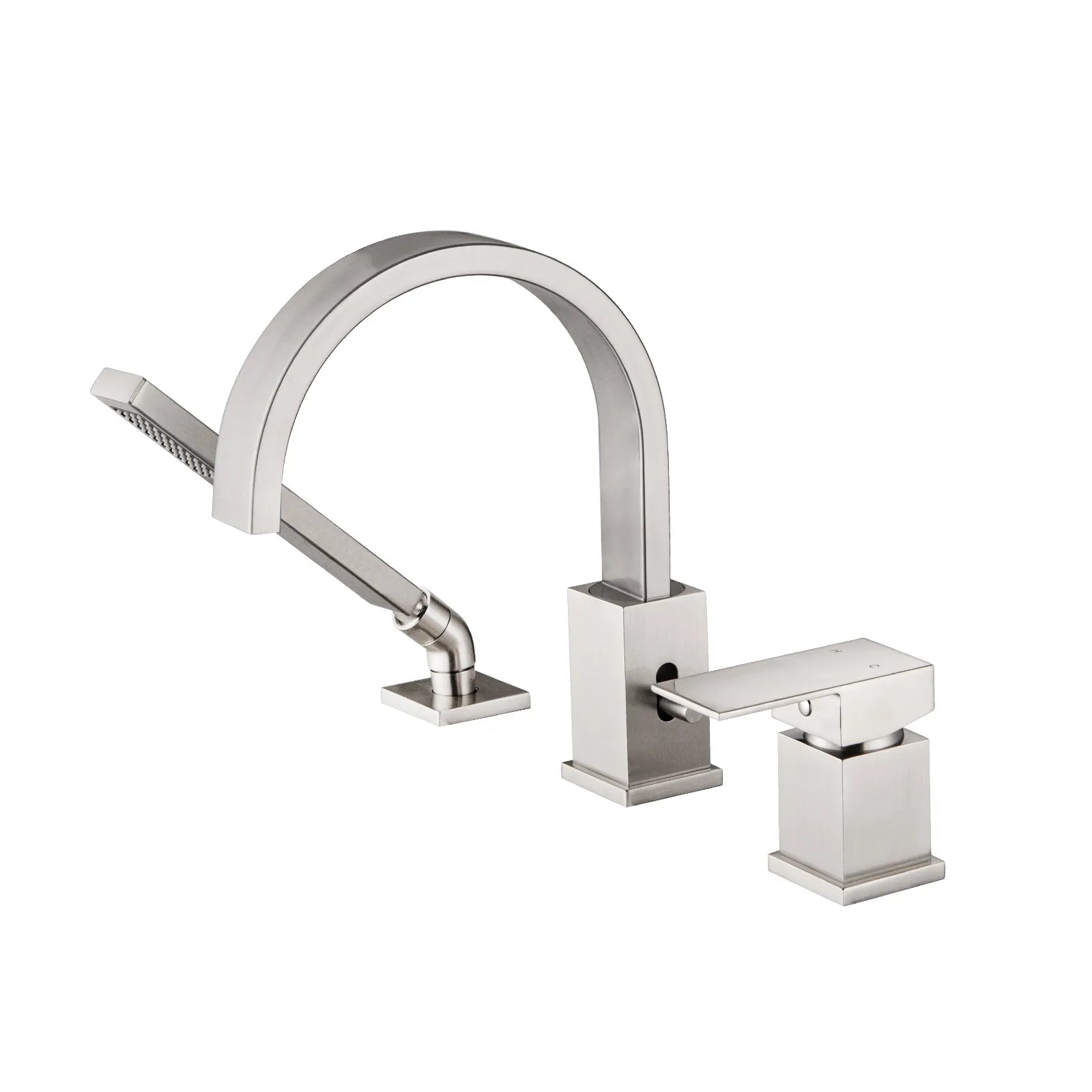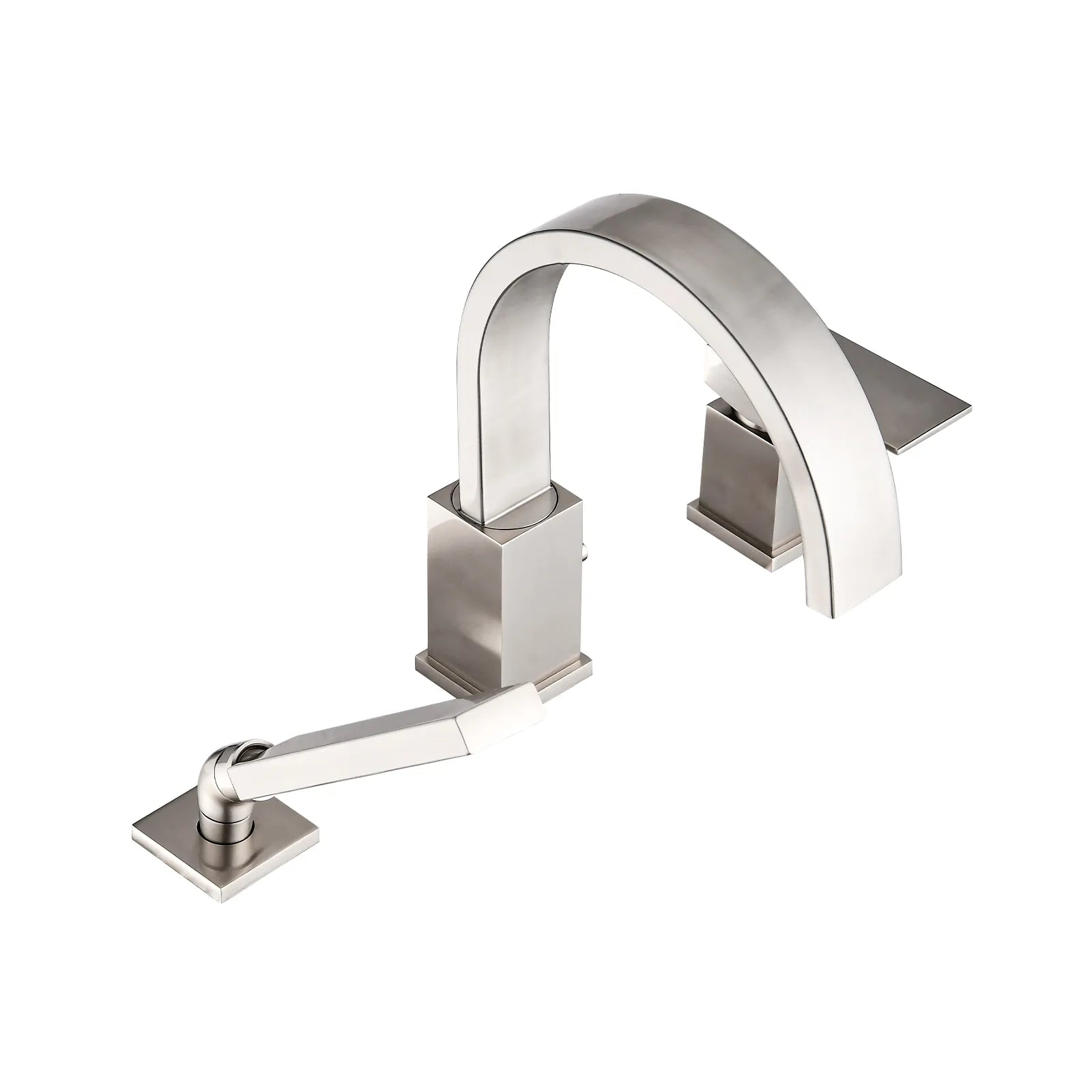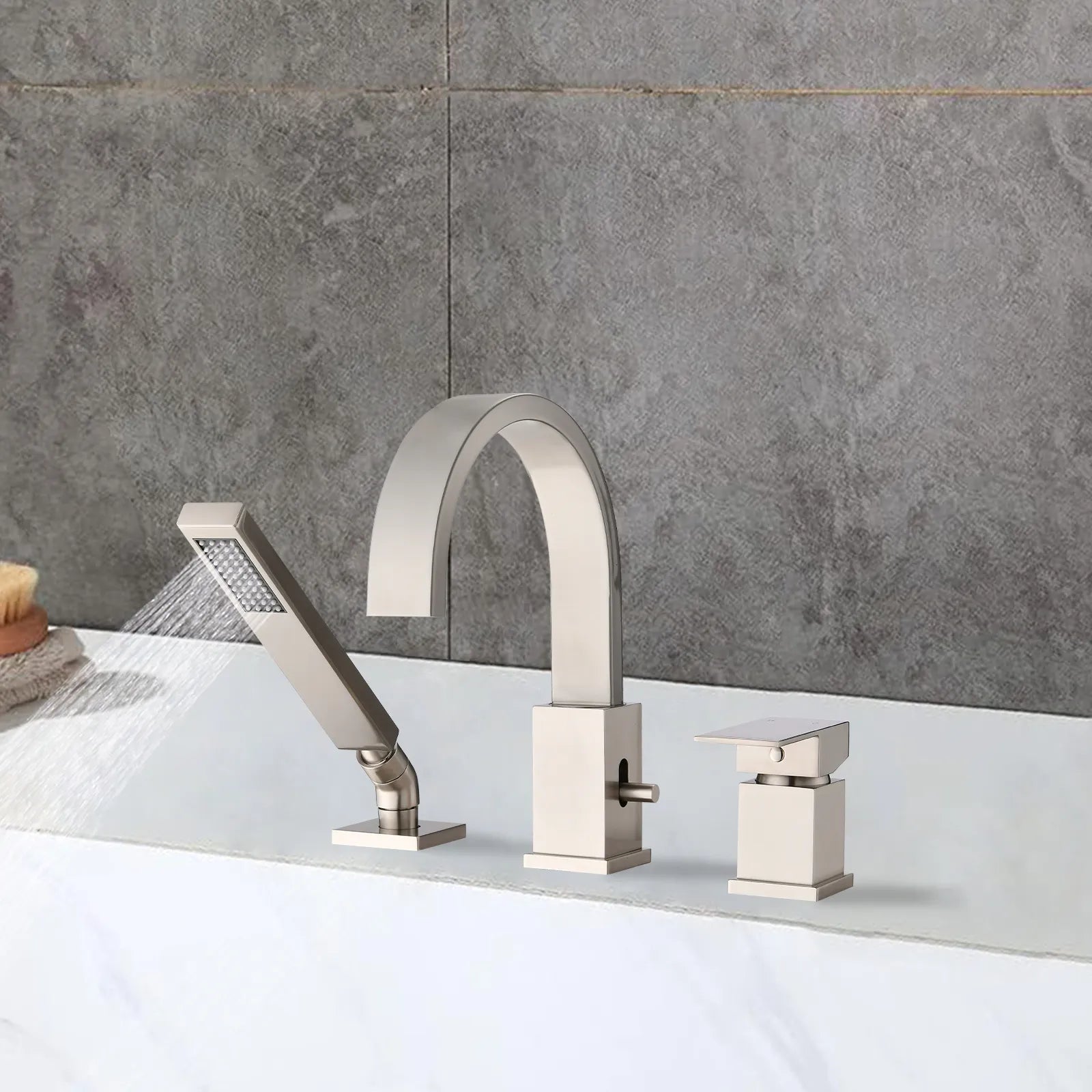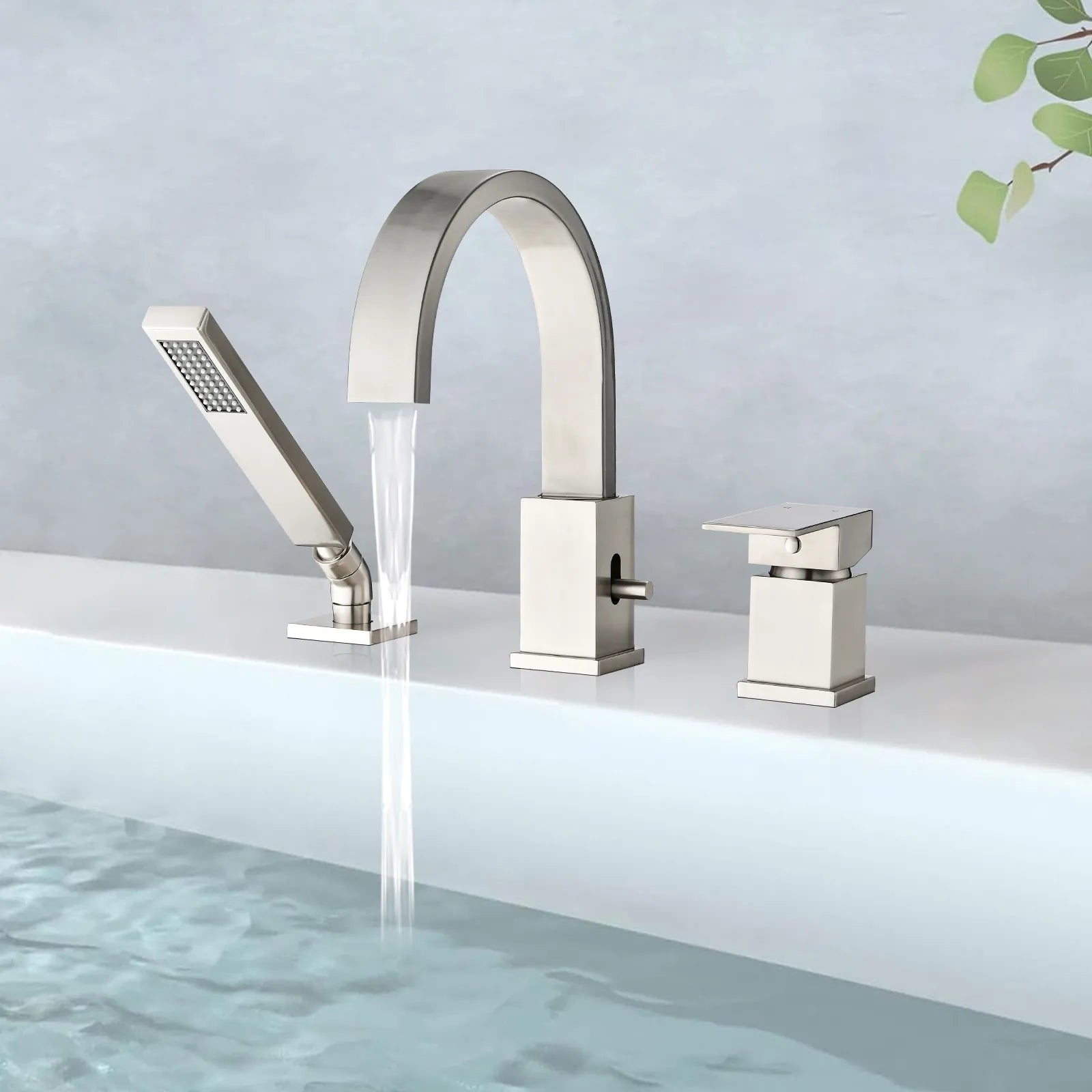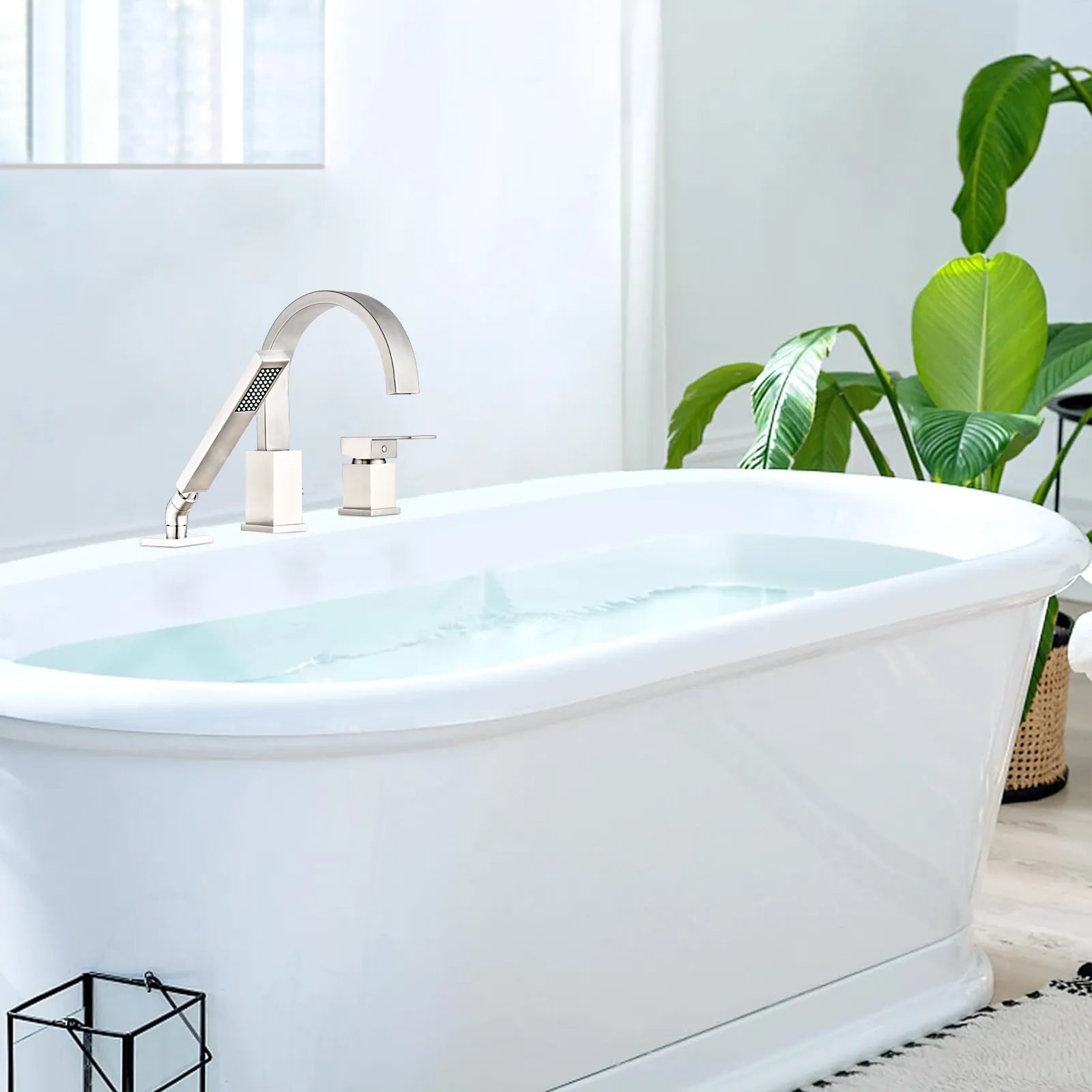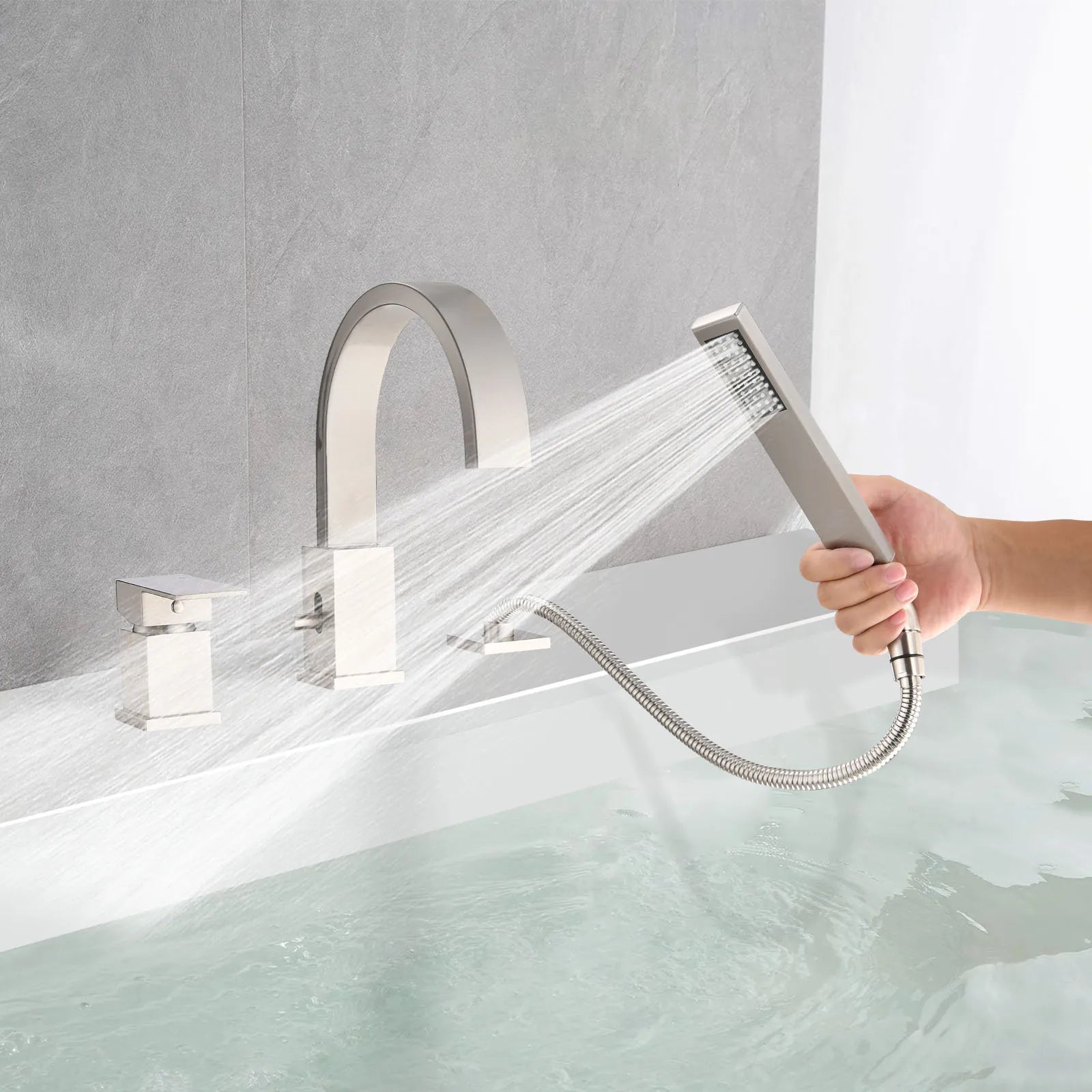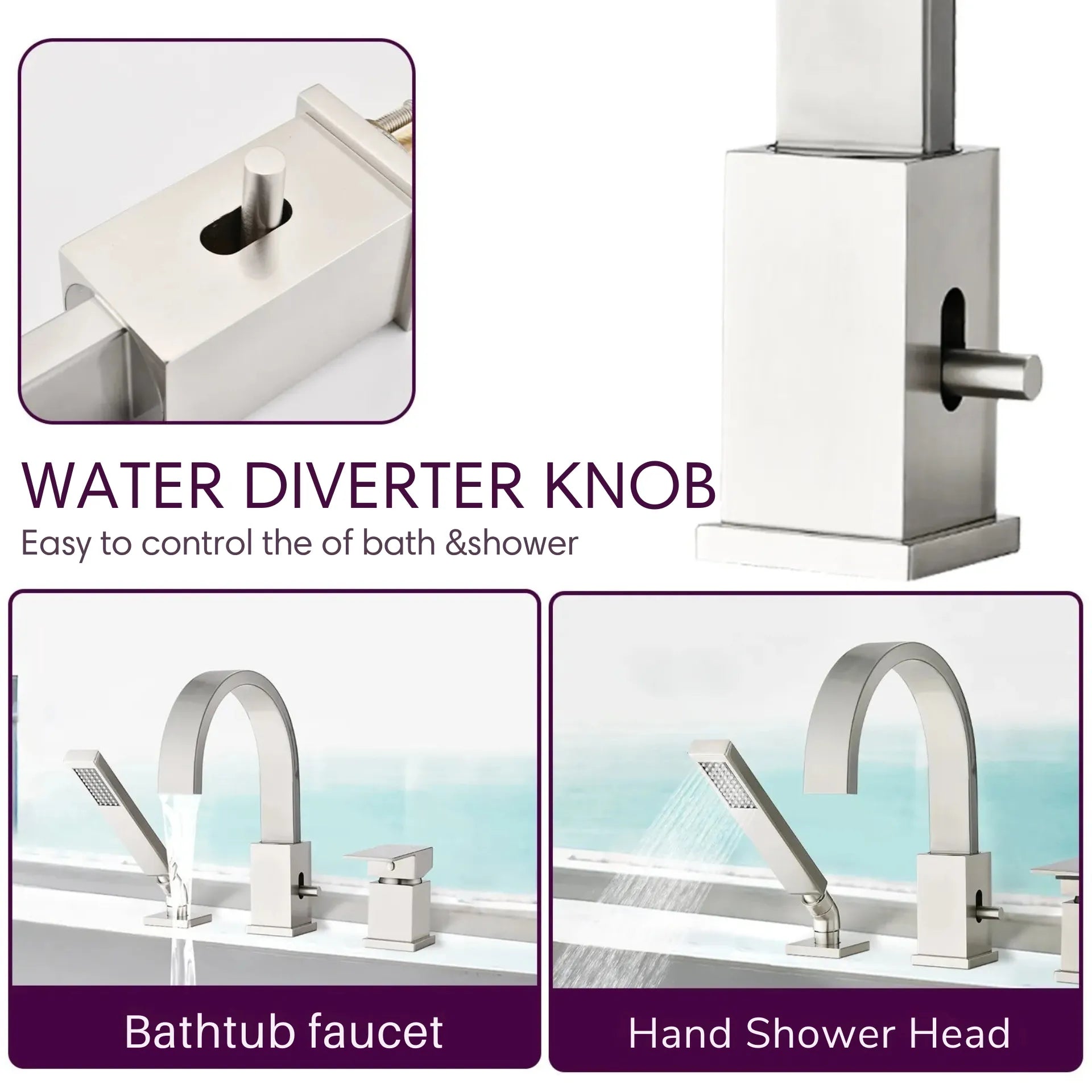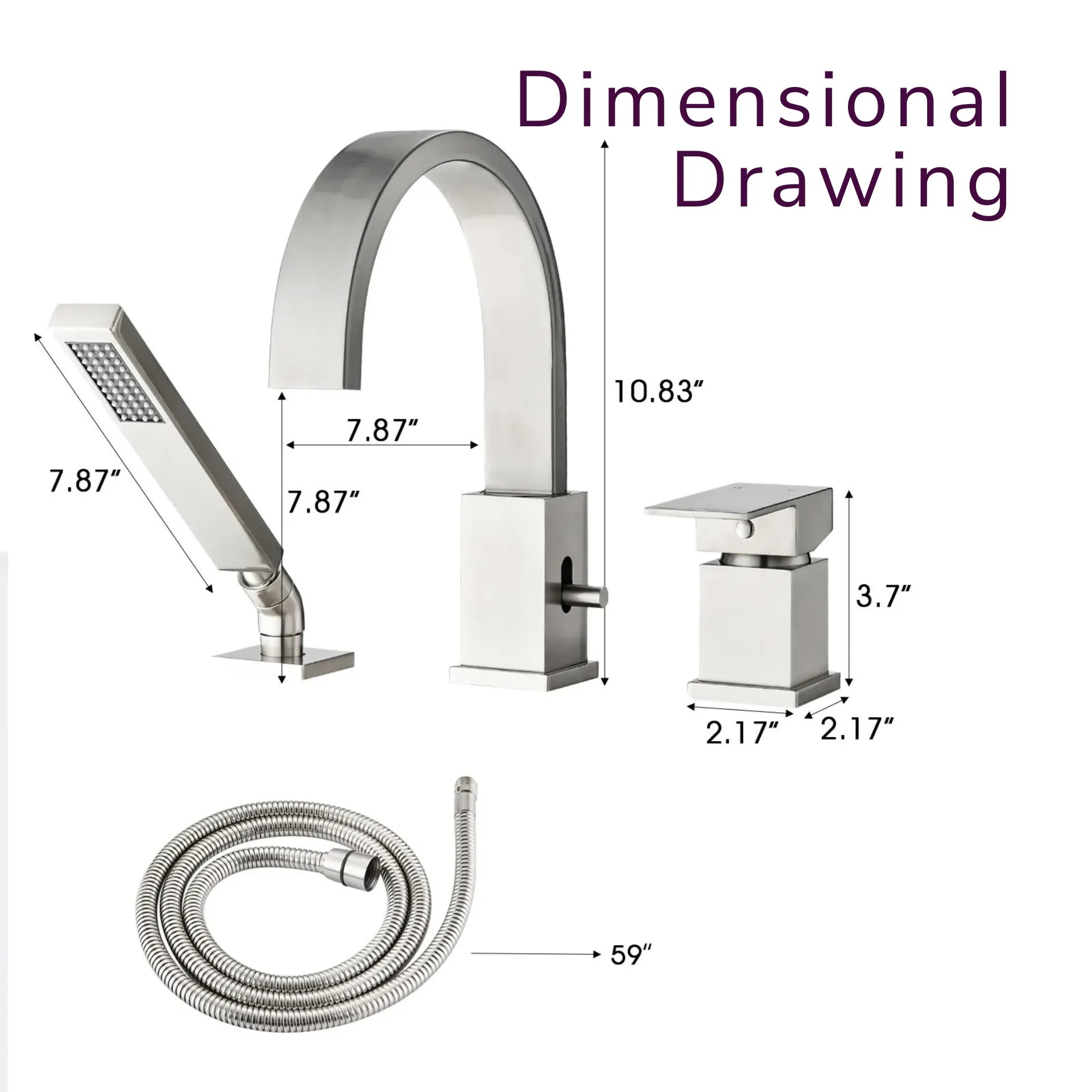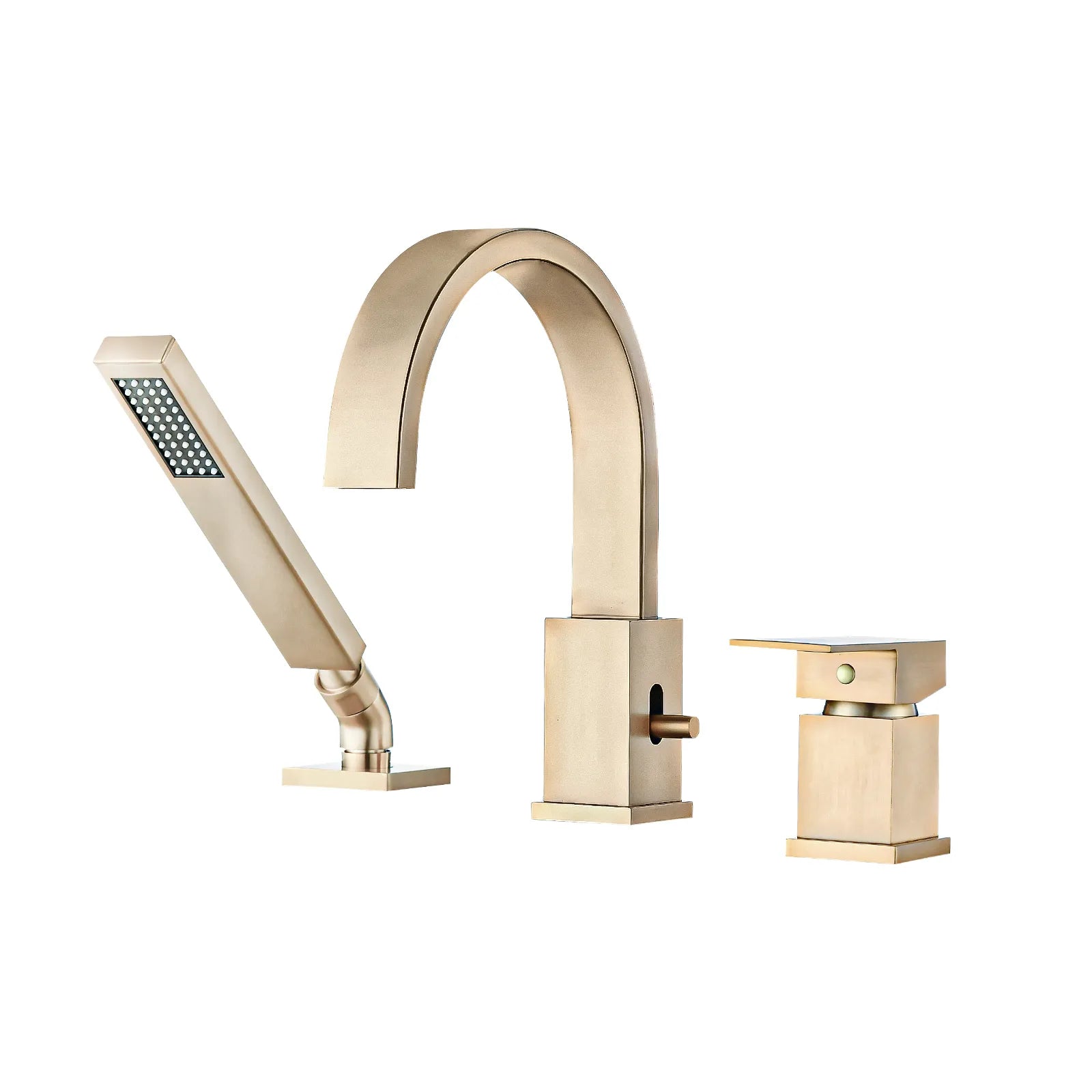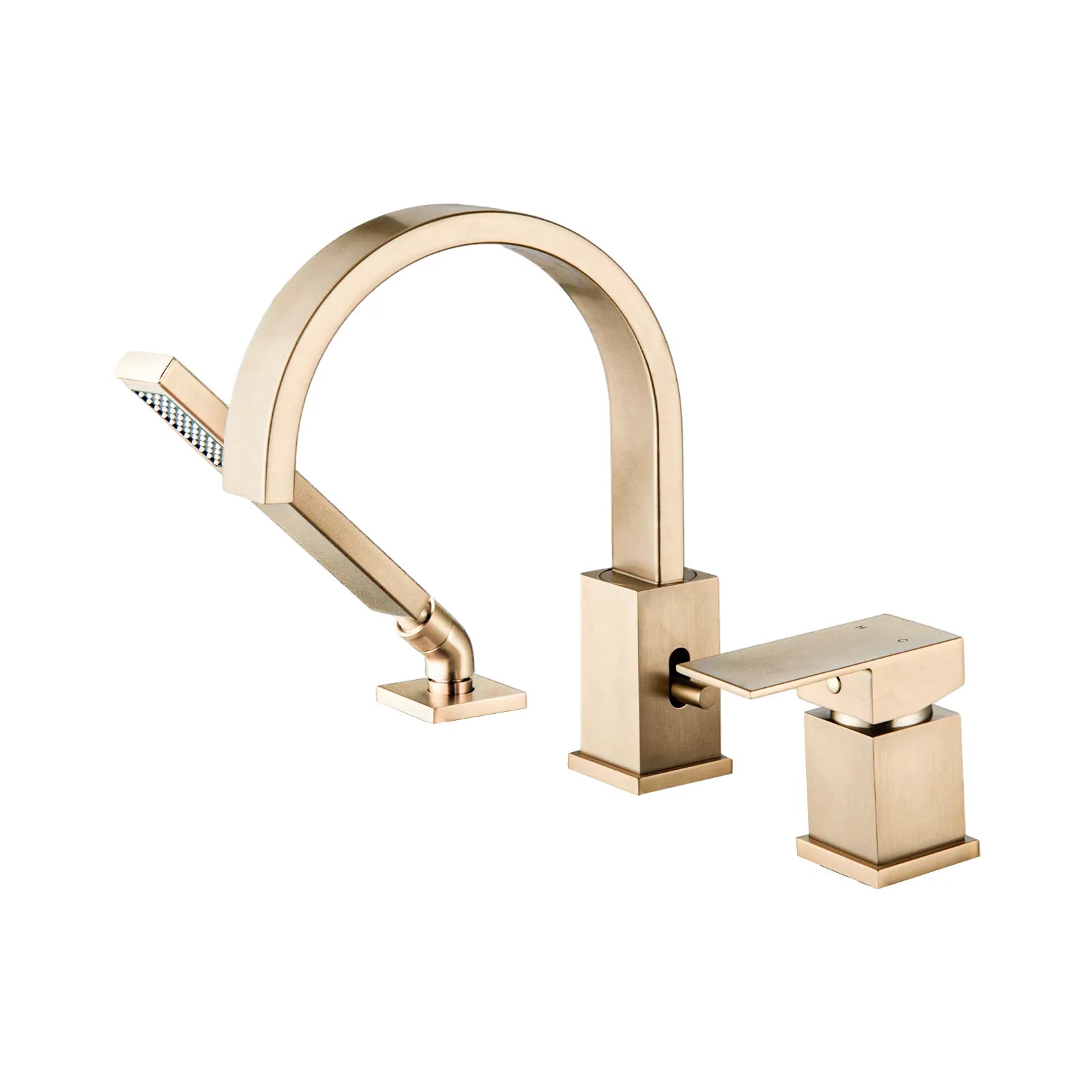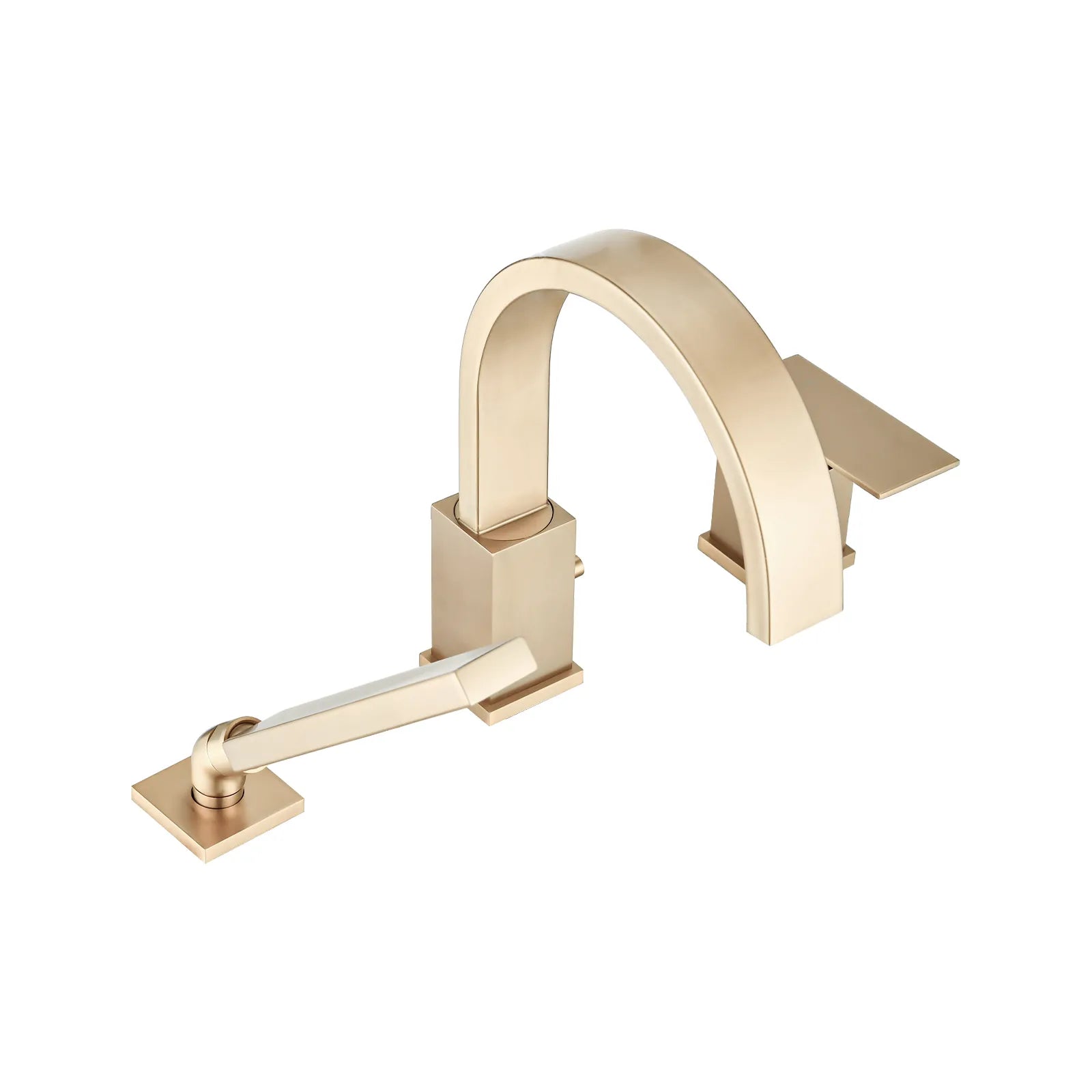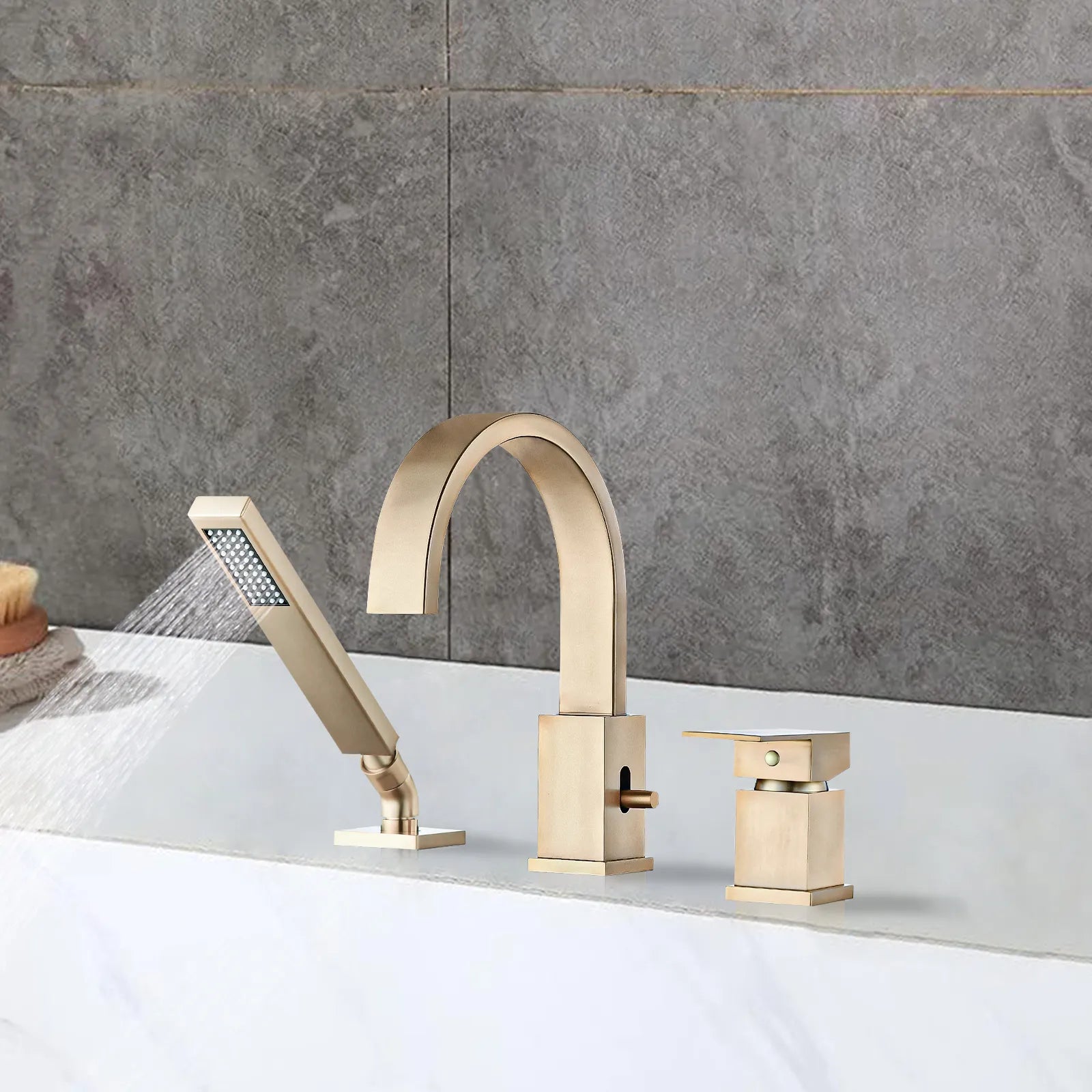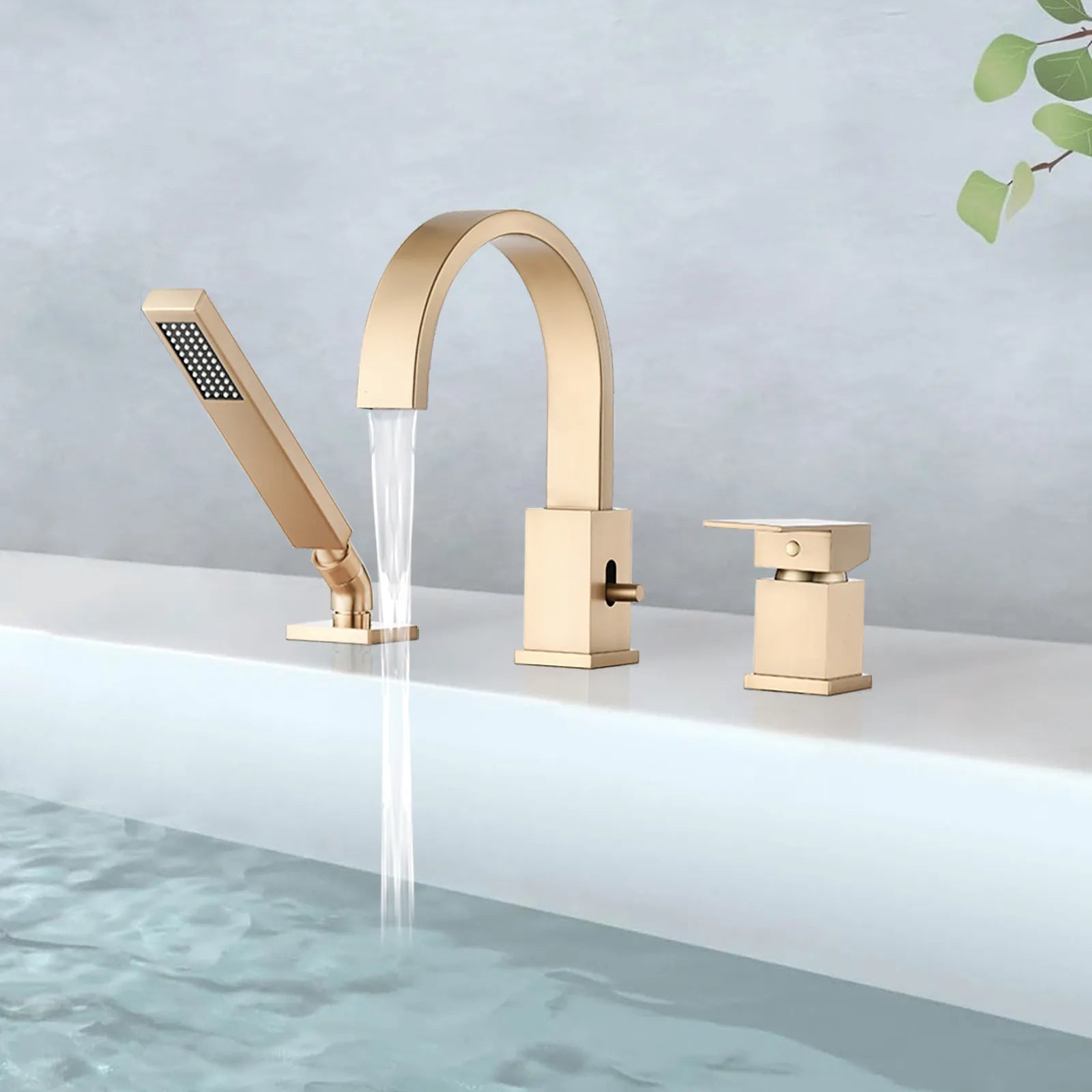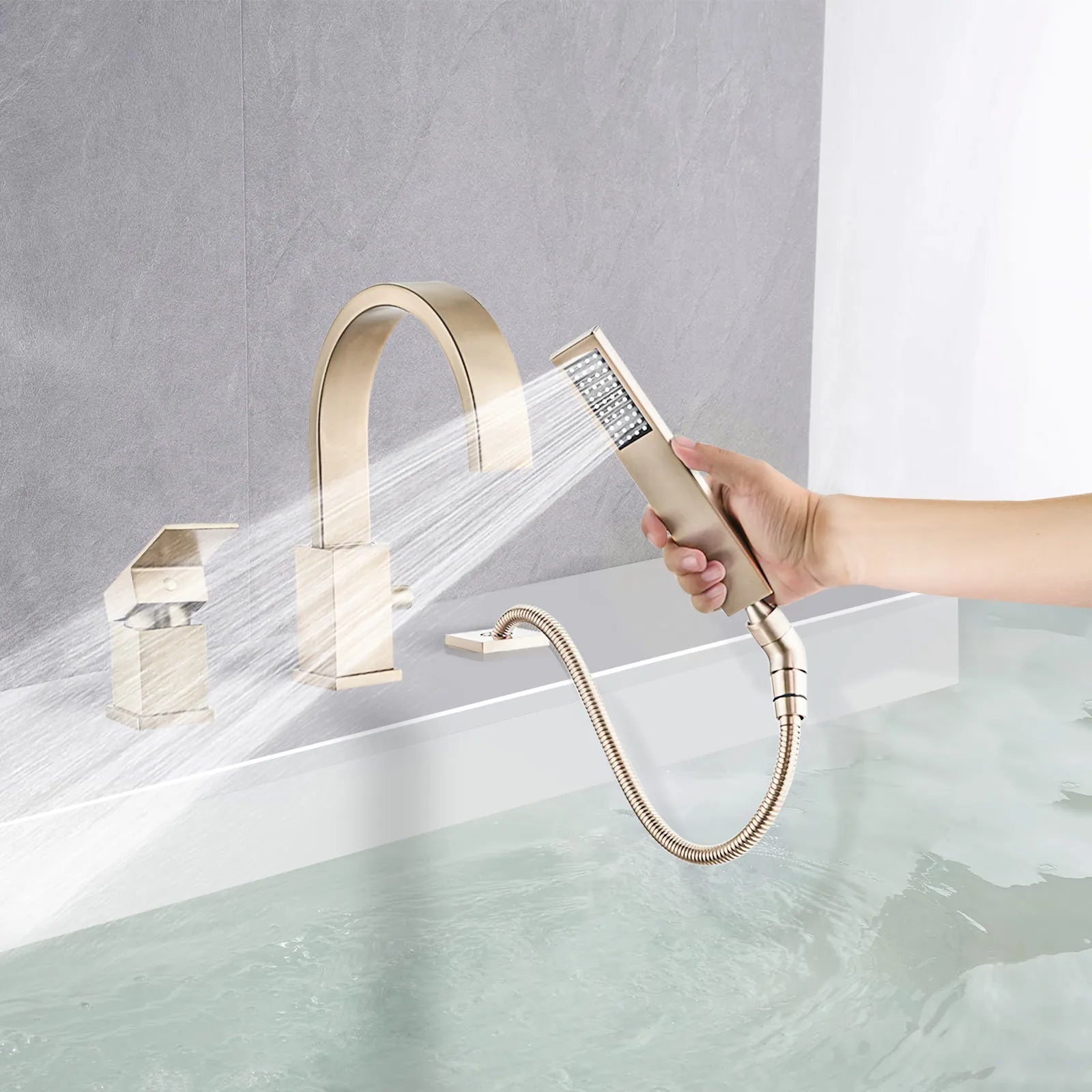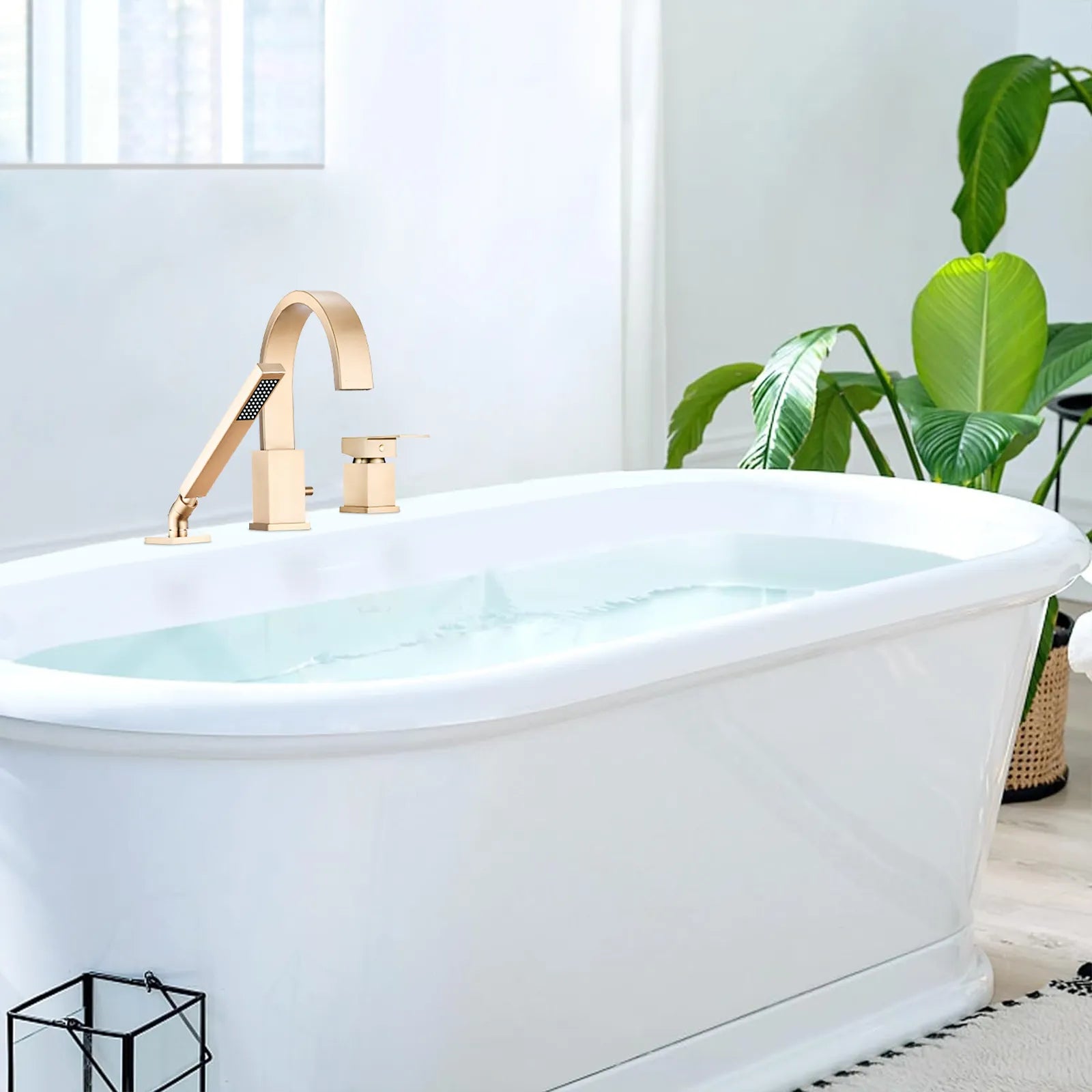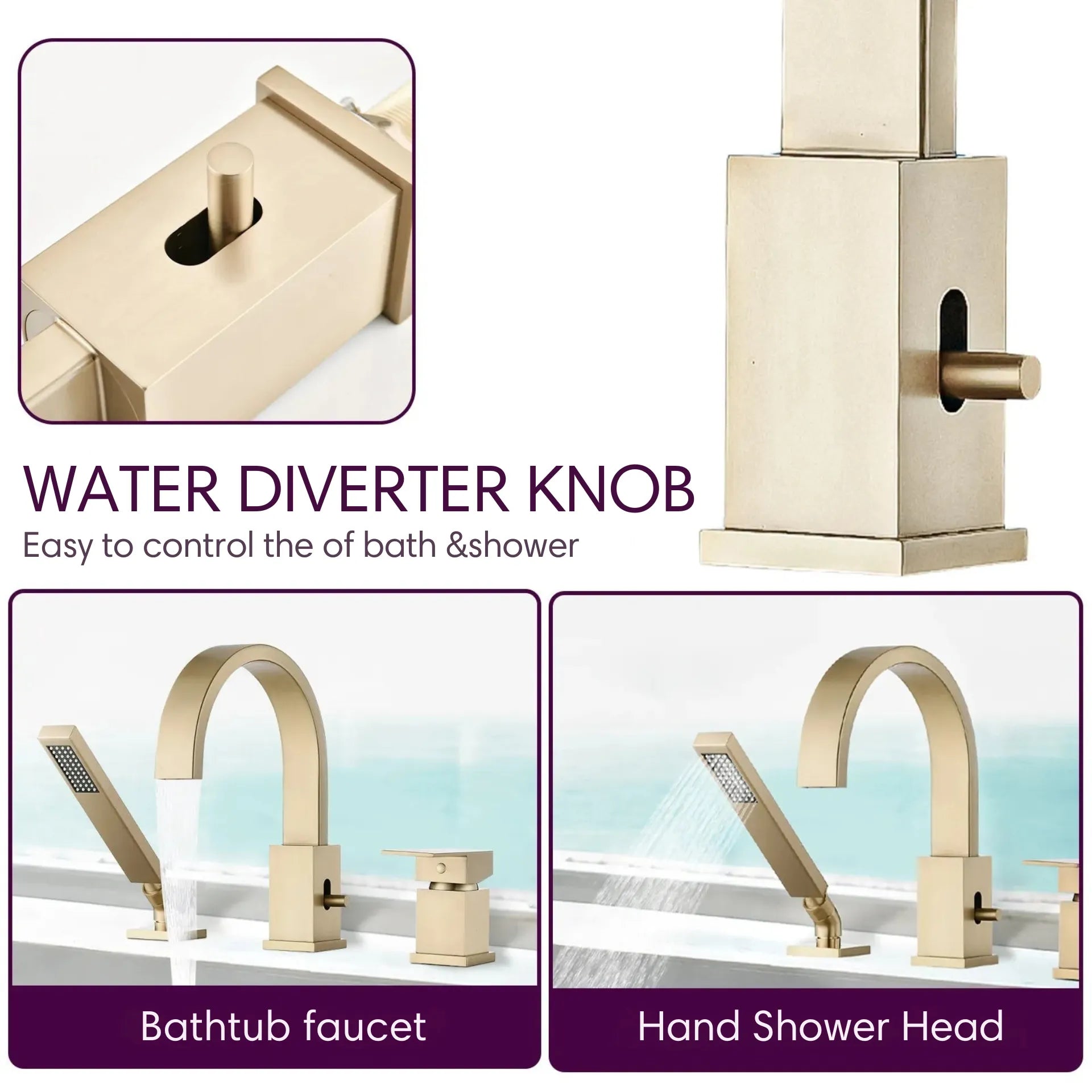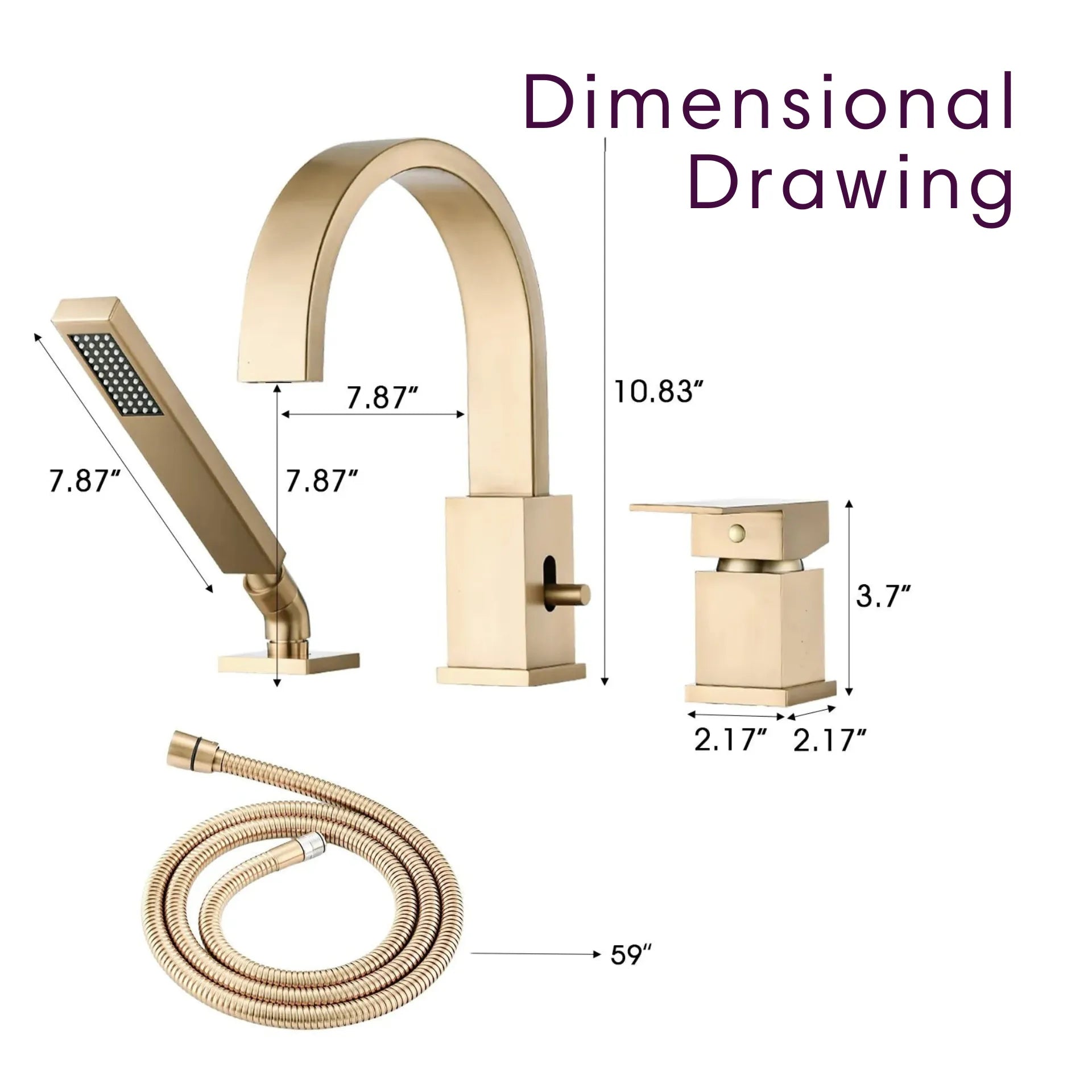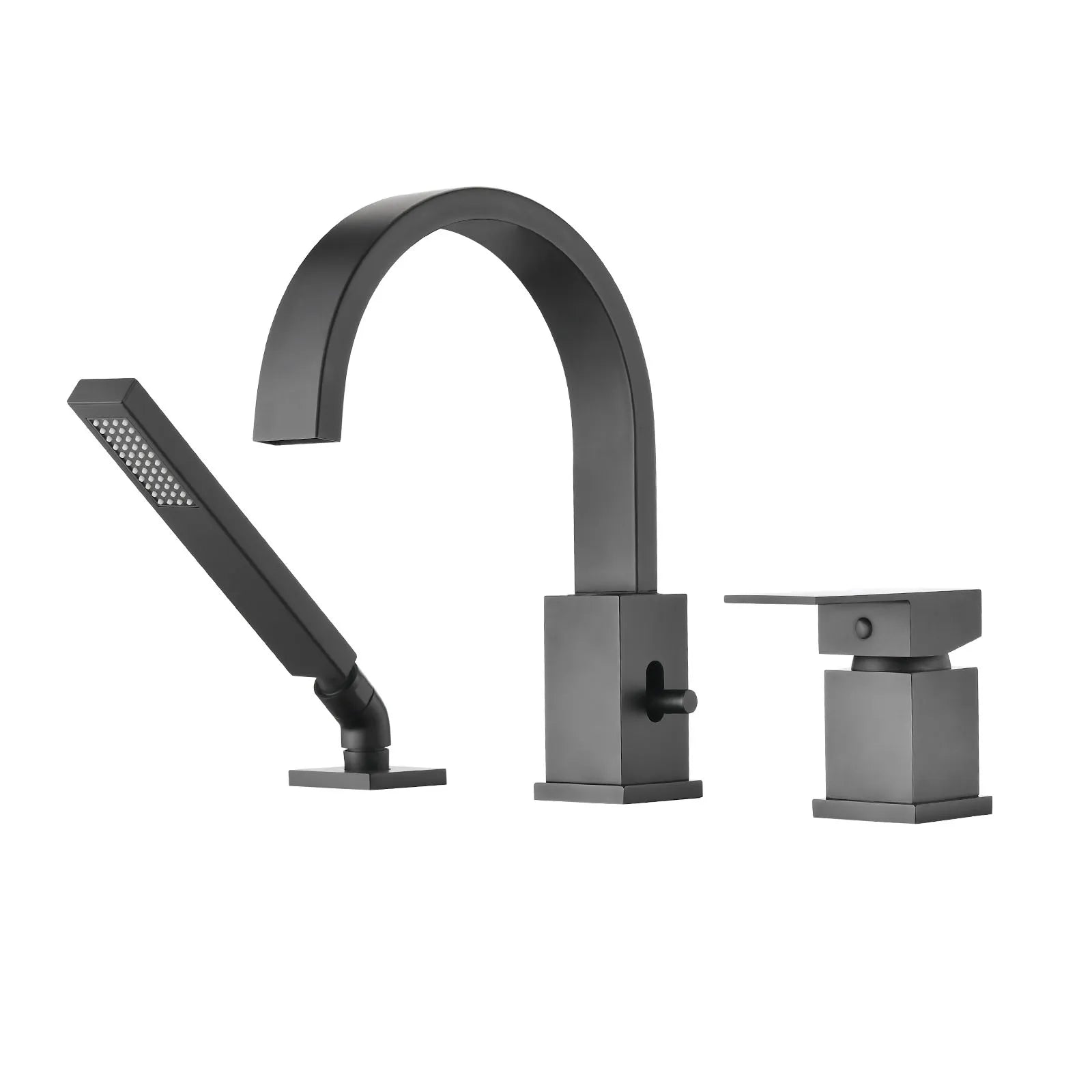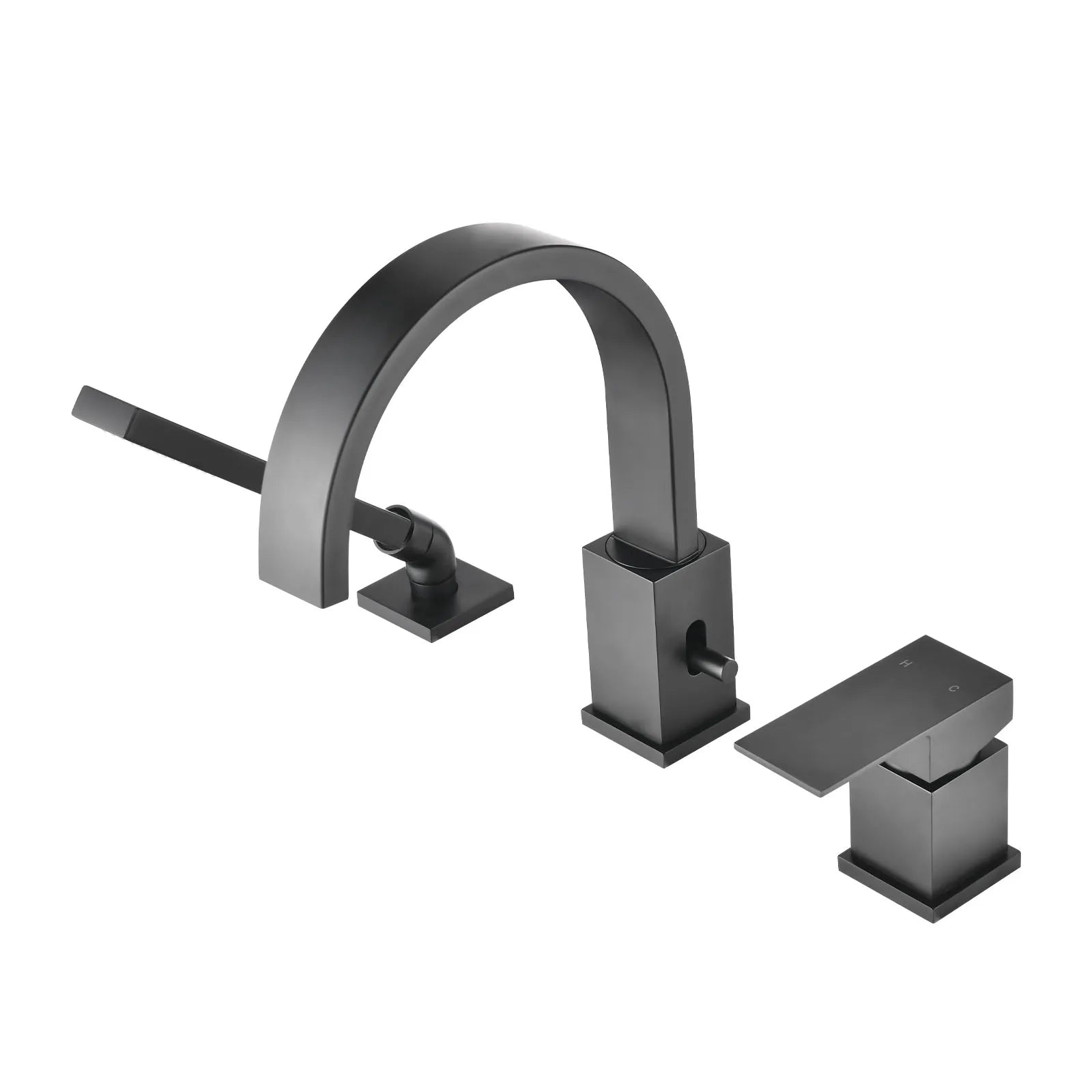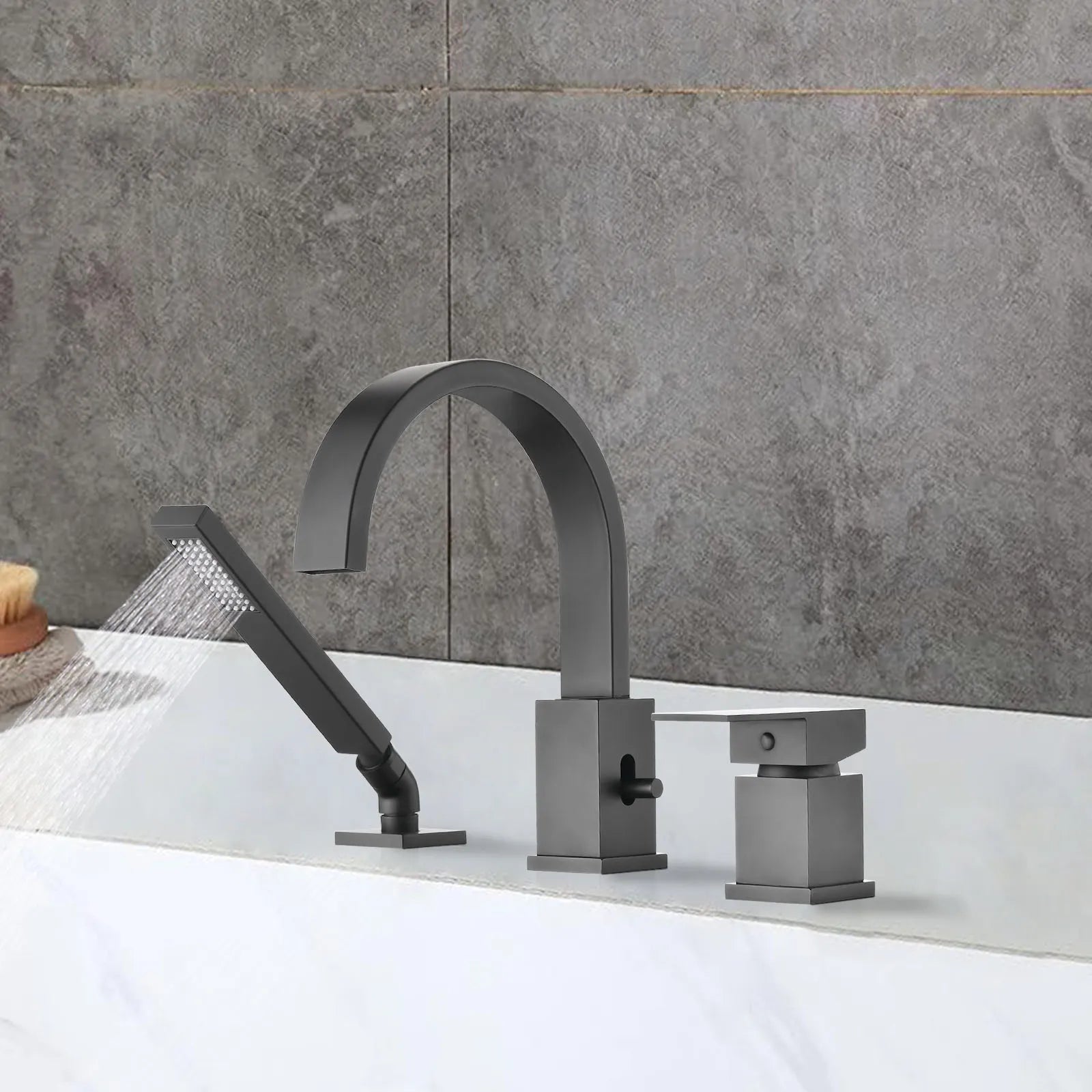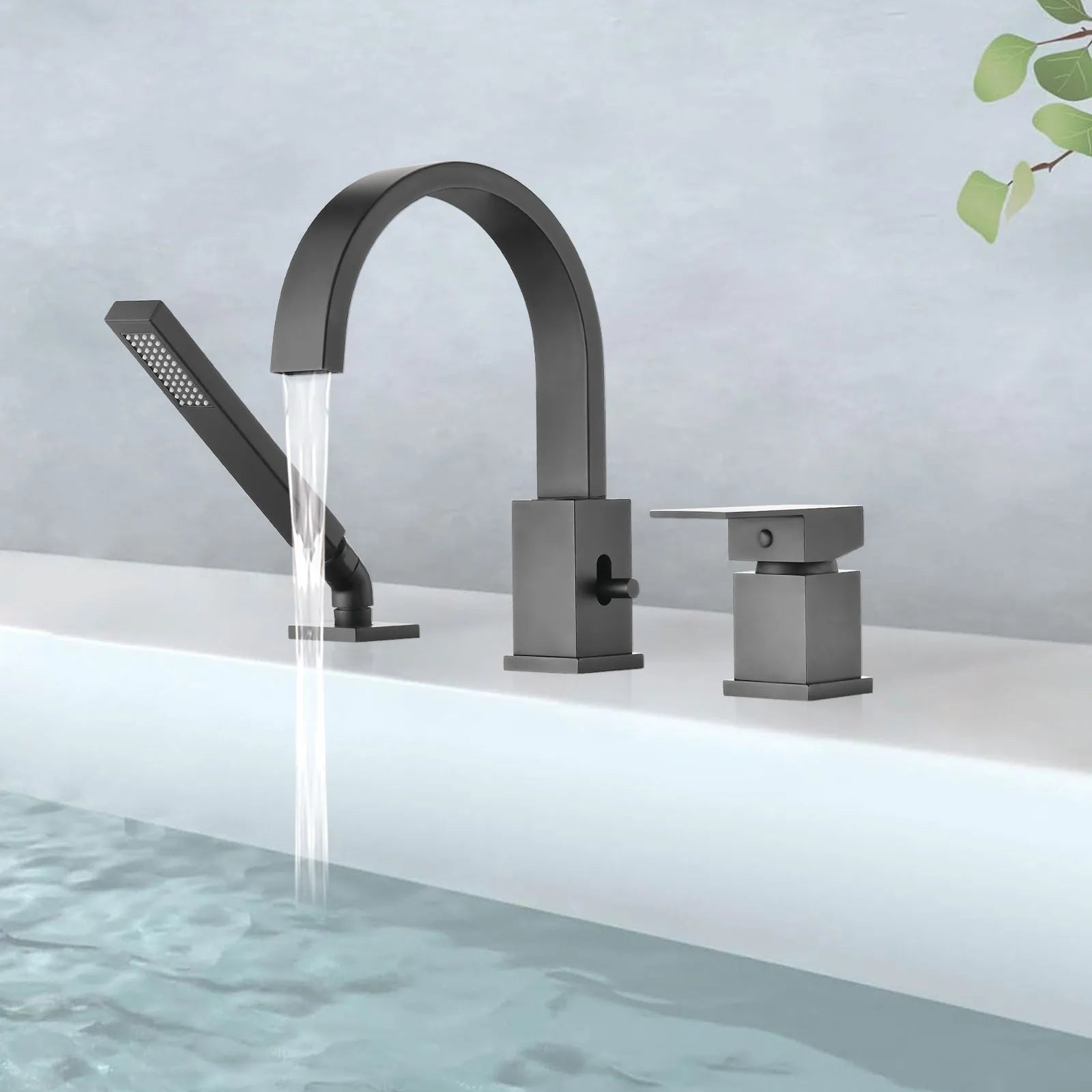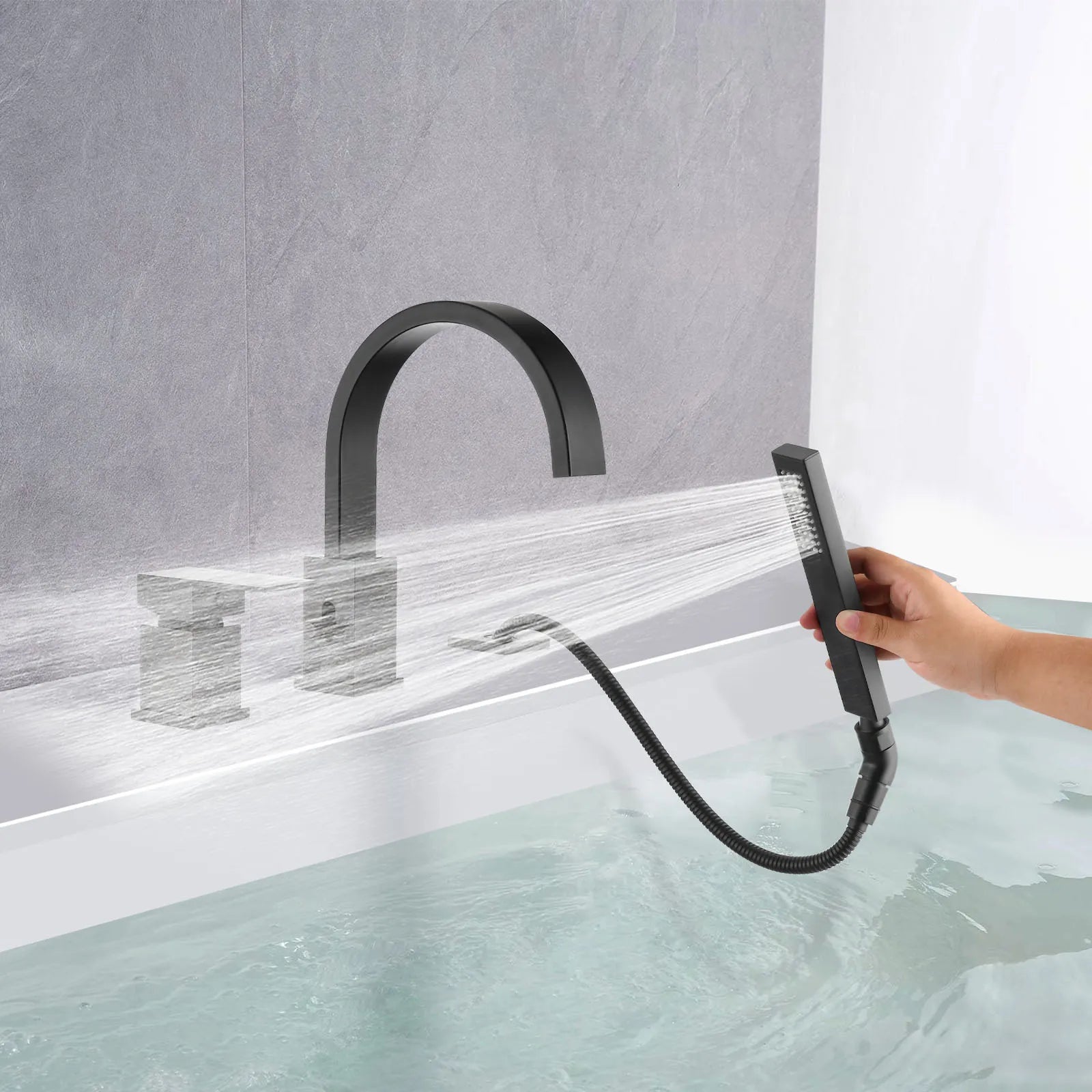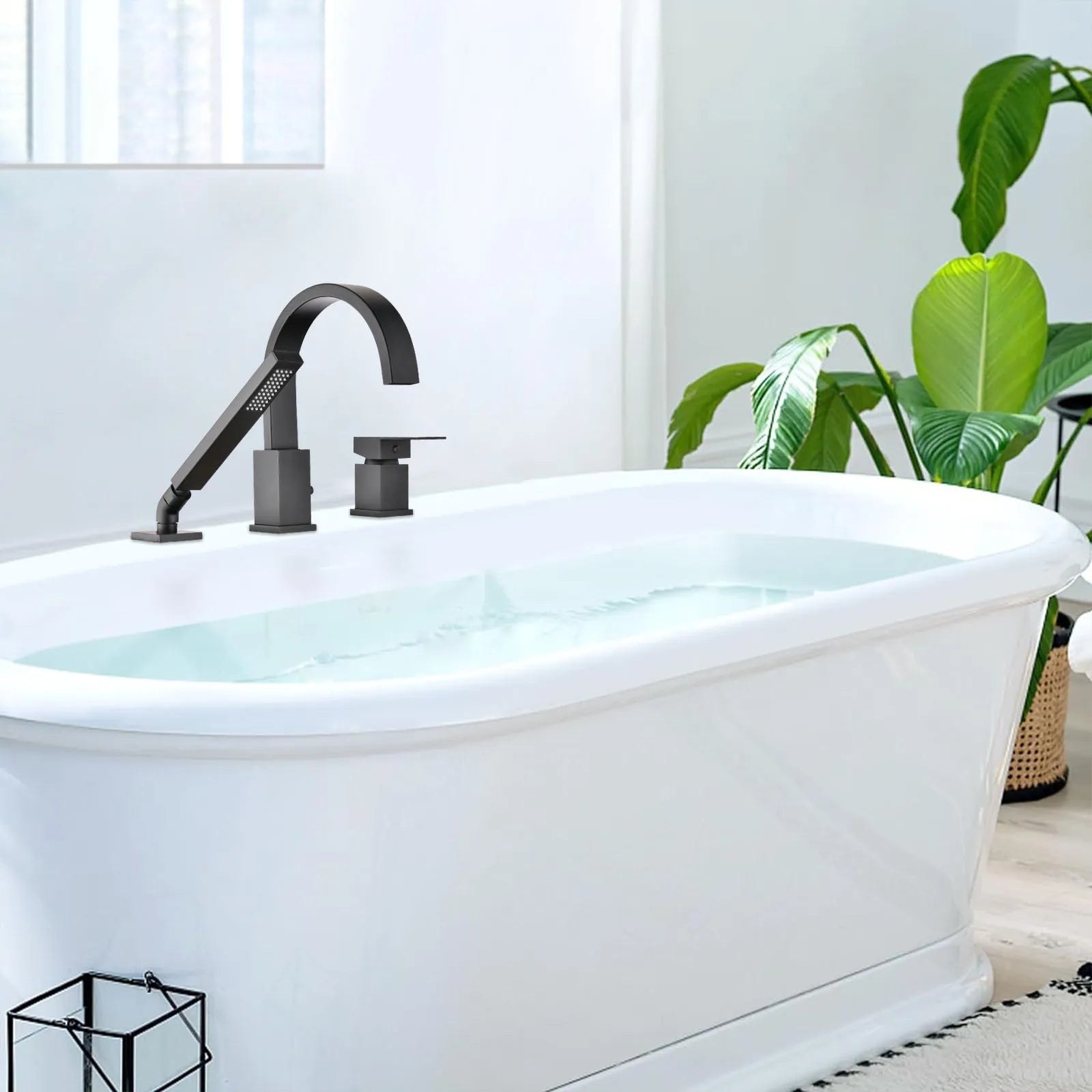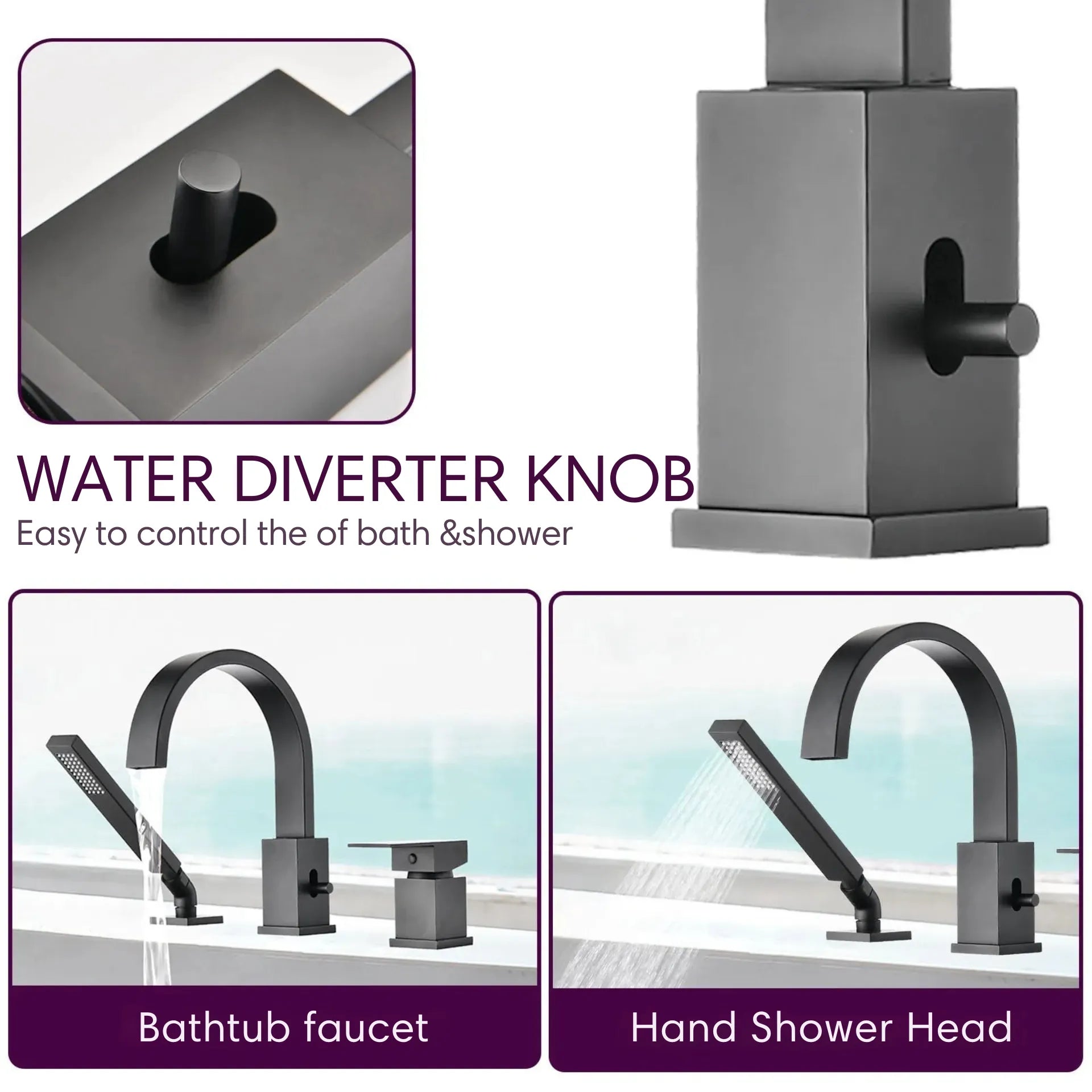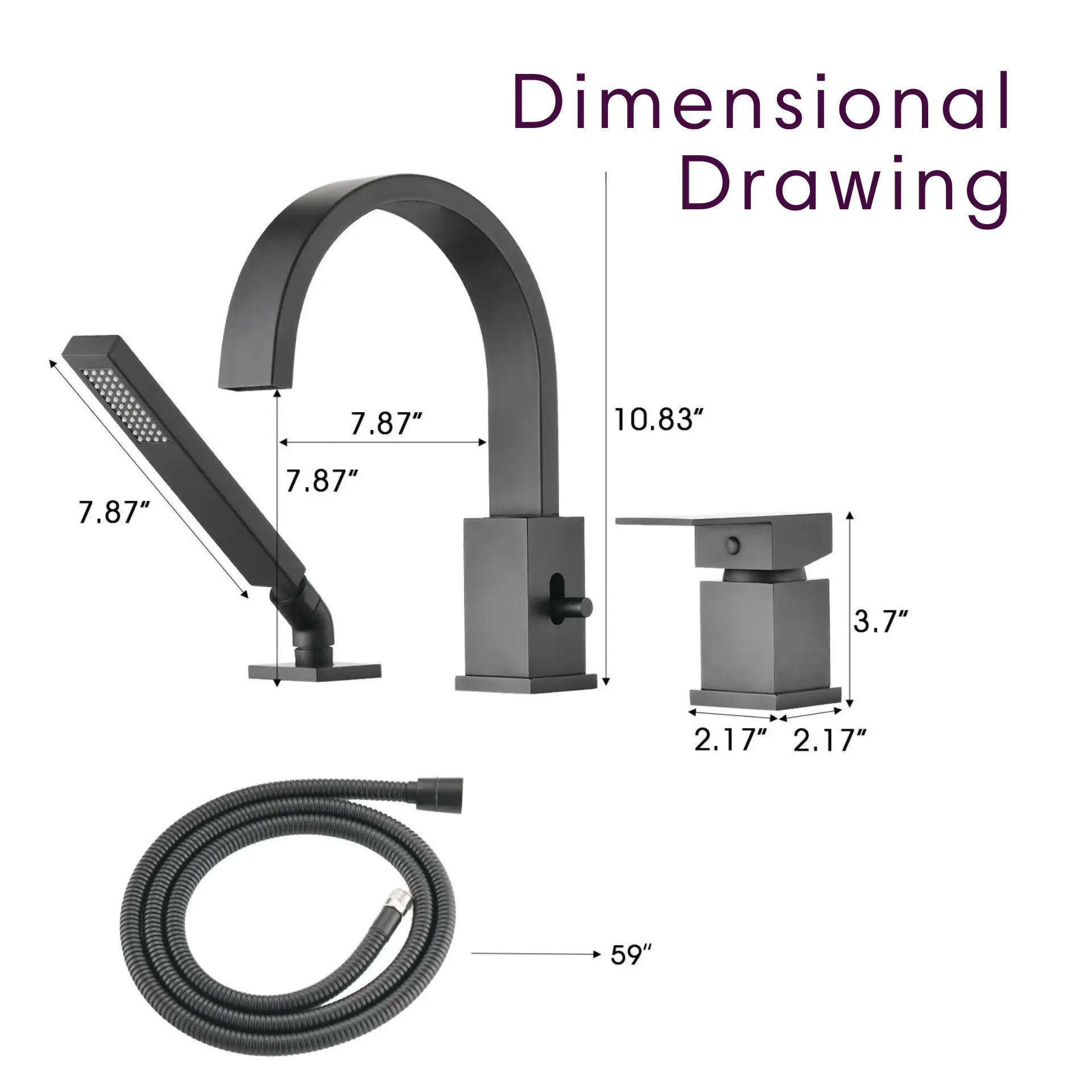When planning a bathroom remodel, even the tiniest details, such as fixture finishes can transform the overall look and feel of the bath space.
Homeowners often encounter the debate of Brushed Nickel vs Stainless Steel, assuming they are similar or interchangeable. In reality, one refers to a finish technique while the other is a base material. Understanding their differences is essential to making informed decisions about style, durability, and long-term maintenance.
This guide will clarify what each option means, how they perform in real bathroom environments, and whether mixing them is a wise choice.
Table of Contents:
- What They Are: Finish vs. Material (Clear Definitions)
- Appearance & Style: Tone, Texture, and Lighting
- Durability & Corrosion Resistance (Real-World Bathroom Conditions)
- Cleaning & Maintenance: Fingerprints, Water Spots, and Daily Care
- Mix-and-Match: Can You Combine Them?
- Other Popular Finishes and Materials
- Conclusion
- FAQ
What They Are: Finish vs. Material (Clear Definitions)
Brushed Nickel
Brushed nickel is not a metal in itself but a finish applied to a base such as brass, zinc alloy, or even stainless steel. The “Brushed" process gives the surface thin parallel lines and creates a silky matte finish that minimizes glare and masks fingerprints. The Nickel layer gives a warm gray with light golden undertone.
Stainless Steel
Stainless steel is a true alloy made of iron, chromium, and often nickel. Because of their rusting and corrosion resistance, grades like 304 and 316 are the most commonly used grades in bathrooms and kitchens. Stainless steel can go through various surface finishing processes, like polishing, satin finishing, or brushing.
Brushed Stainless Steel
This is stainless steel as the base material, enhanced with a brushed finish. It combines the inherent corrosion resistance of the alloy with the softer, low-reflective look of brushing. It is often confused with brushed nickel because of the similar surface texture.
By distinguishing finish from material, it becomes clear why Brushed Nickel vs Stainless Steel is not an equal comparison. It's about choosing between a surface treatment and a structural alloy.

Appearance & Style: Tone, Texture, and Lighting
The aesthetic difference between brushed nickel and stainless steel lies mainly in tone and reflectivity.
Color Temperature
Brushed nickel has a warm, muted gray appearance with subtle beige undertones, making it blend seamlessly with cream tiles, beige countertops, and warm lighting.
Stainless steel, on the other hand, reflects a cooler gray tone, aligning well with white, black, or minimalist palettes.
Reflectivity
The brushed finish on nickel or stainless steel softens the shine and hides small imperfections. However, brushed nickel tends to diffuse light more warmly, while brushed stainless steel keeps a neutral or slightly bluish sheen.
Style Fit
Brushed nickel is often selected for transitional or traditional bathrooms where a sense of warmth and softness is desired. If your bathroom has a modern, industrial or minimalist feel with clean and crisp lines, you'll want to go with something like brushed stainless steel.
Design Cohesion
When selecting between the two, consider not just faucets but also towel bars, shower frames, and even cabinet handles. A consistent tone ensures visual harmony and prevents the bathroom from feeling mismatched.

Durability & Corrosion Resistance (Real-World Bathroom Conditions)
Bathrooms are humid environments where materials must withstand condensation, water splashes, and cleaning agents.
Brushed Nickel
Its durability depends on the quality of the plating and the base material. While resistant to wear, it can tarnish or lose luster if exposed to harsh chemicals or abrasive scrubbing. In coastal or high-humidity regions, nickel plating may show spotting sooner than solid stainless steel.
Stainless Steel
Being an alloy, stainless steel resists corrosion from within. Grades like 304 are sufficient for most bathrooms, while 316 is preferred in coastal regions due to its higher molybdenum content. Stainless steel is less prone to peeling or flaking compared with plated finishes.

Cleaning & Maintenance: Fingerprints, Water Spots, and Daily Care
Ease of Cleaning
Both finishes should be cleaned with mild soap or a neutral household cleaner. Avoid abrasive sponges, bleach, and chlorine-based products since they can spoil both nickel plating and make stainless steel dull.
Hard Water Considerations
In hard water regions, stainless steel may show more spotting unless dried quickly post use. Brushed nickel hides water spots a little better, but still needs regular wiping.
Fingerprints and Smudges
Brushed surfaces, whether nickel or stainless, significantly reduce fingerprint visibility compared with polished finishes. Nickel generally hides them best due to its warmer undertone.
Routine Maintenance
A microfiber cloth and a quick daily wipe are usually enough. For more stubborn deposits, a diluted vinegar solution works on stainless steel but may damage nickel plating if not rinsed promptly.

Mix-and-Match: Can You Combine Them?
While some homeowners experiment with mixing metals, pairing brushed nickel and brushed stainless steel is not recommended. The finishes are too similar yet subtly different, which can make the space look inconsistent or like a near-miss in matching rather than an intentional design choice.
Instead, combining distinctly different finishes—such as matte black with brushed nickel, or copper with stainless steel, can create purposeful contrast. If absolute consistency is desired, select a single finish for all bathroom hardware to avoid visual distraction.
For a deeper dive, you can check out our dedicated article on mixing metals in bathroom design.

Other Popular Finishes and Materials
The bathroom hardware market offers many alternatives beyond nickel and stainless steel. Understanding them helps broaden design possibilities:
-
Matte Black: Highly popular in modern bathrooms, it provides a bold contrast against white or light surfaces and resists fingerprint visibility.
-
Brushed Gold: Adds warmth and luxury, often paired with marble or white quartz for an upscale look.
-
Copper and Bronze: Deliver rustic or vintage appeal and naturally develop a patina over time, which many homeowners appreciate.
-
Polished Finishes: High-gloss versions of nickel, chrome, or stainless steel; they provide a reflective, mirror-like surface but show smudges and scratches easily.
-
Satin Finishes: Sit between polished and brushed; smoother than brushed but less shiny than polished, offering a subtle compromise.
These finishes expand creative options and allow homeowners to align bathroom aesthetics with broader interior design themes.
Conclusion
Ultimately, choosing between Brushed Nickel vs Stainless Steel is not about finding a universally better option — it is about recognizing that one is a finish and the other a material.
Brushed nickel provides warmth, softness and good camouflage for everyday wear, while stainless steel offers natural strength, rust resistance, and a cooler, contemporary note.
By considering style preferences, environmental conditions, and long-term maintenance, homeowners can confidently select the option that best suits their bathroom vision.
FAQ
Q1. Is brushed nickel the same as brushed stainless steel?
A: No. Brushed nickel is a plating finish applied to a base material, while brushed stainless steel is actual stainless steel that has been mechanically brushed for texture.
Q2. Which resists rust better: brushed nickel or stainless steel?
A: Stainless steel resists rust more effectively because its corrosion resistance is inherent to the alloy. Brushed nickel relies on plating, which can wear over time if exposed to harsh conditions.
Q3. Does brushed nickel hide fingerprints better than stainless steel?
A: Yes. The warmer undertones of brushed nickel and its matte surface disguise fingerprints and water spots slightly better than stainless steel.
Q4. What are other popular bathroom fixture finishes besides nickel and stainless steel?
A: Matte black, brushed gold, copper, bronze, polished chrome, and satin finishes are all widely used, each offering unique style benefits and maintenance considerations.
More Articles From Ace Decor
From Bathrooms to Balconies: Creative Uses for Floating Glass Shelves
Why More People Are Putting Plants in the Shower—and Should You Too?

